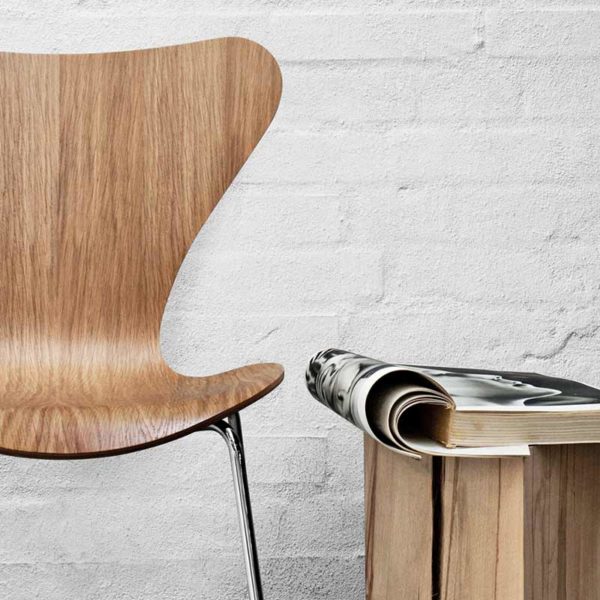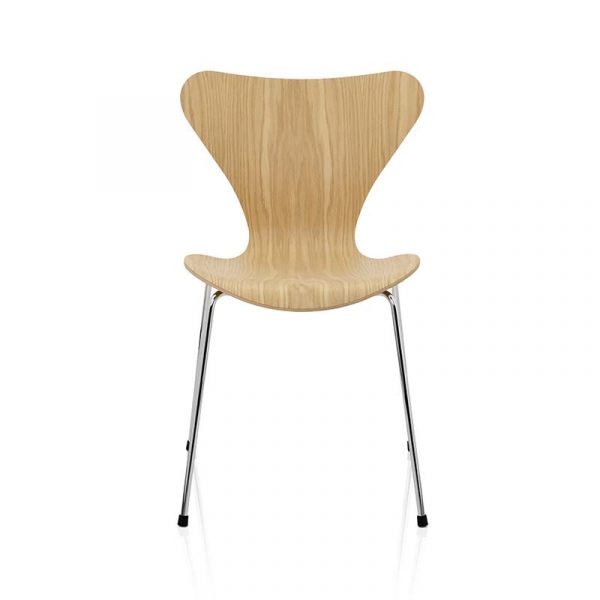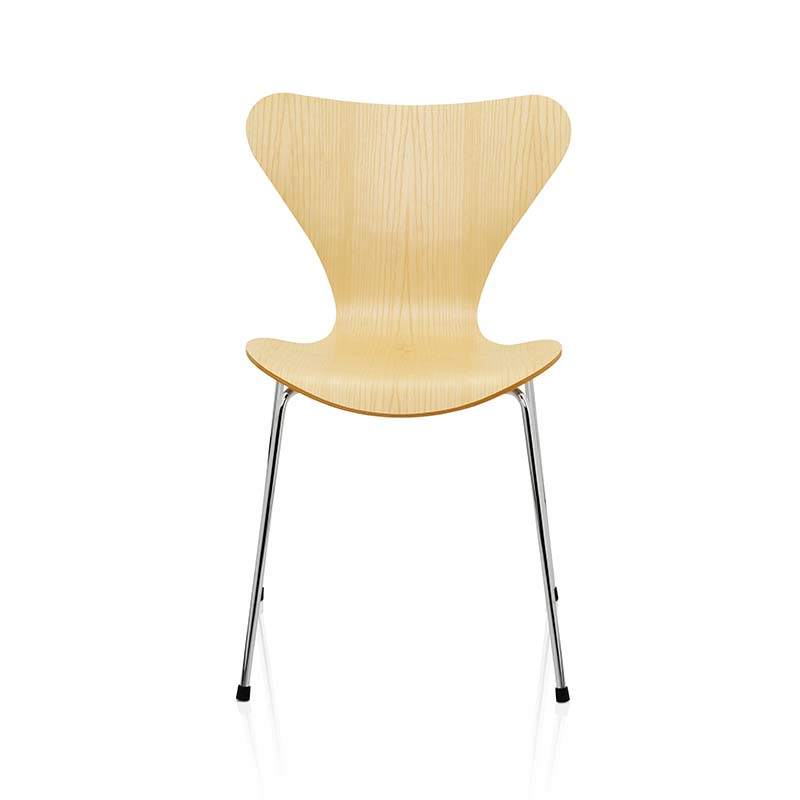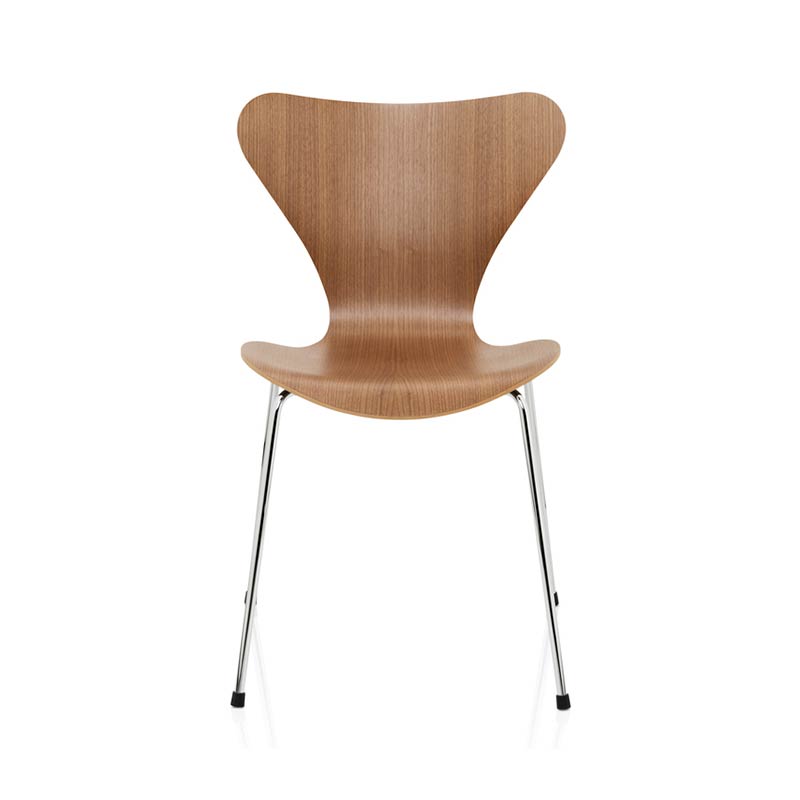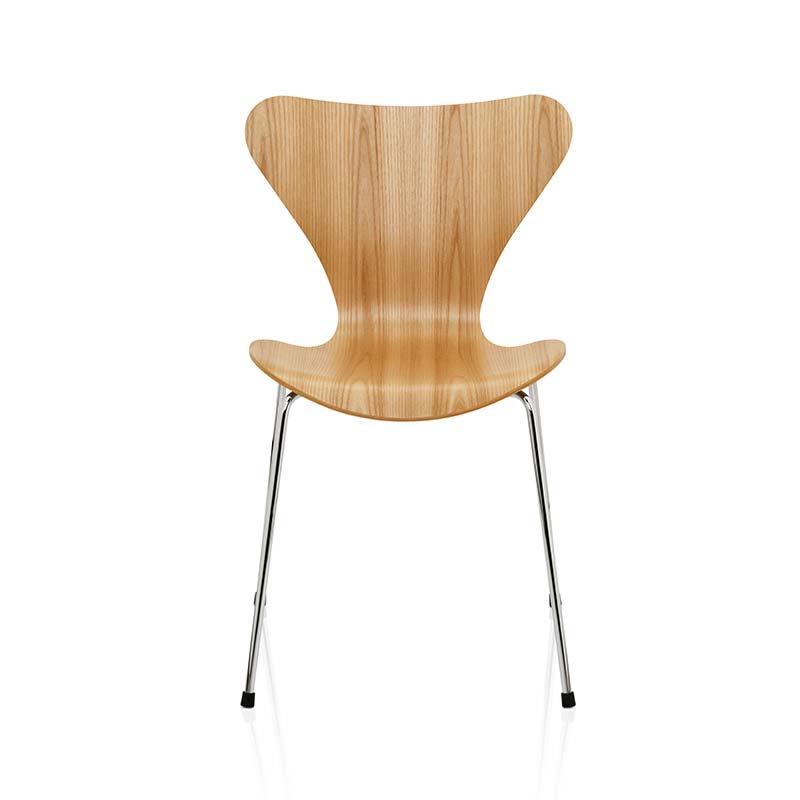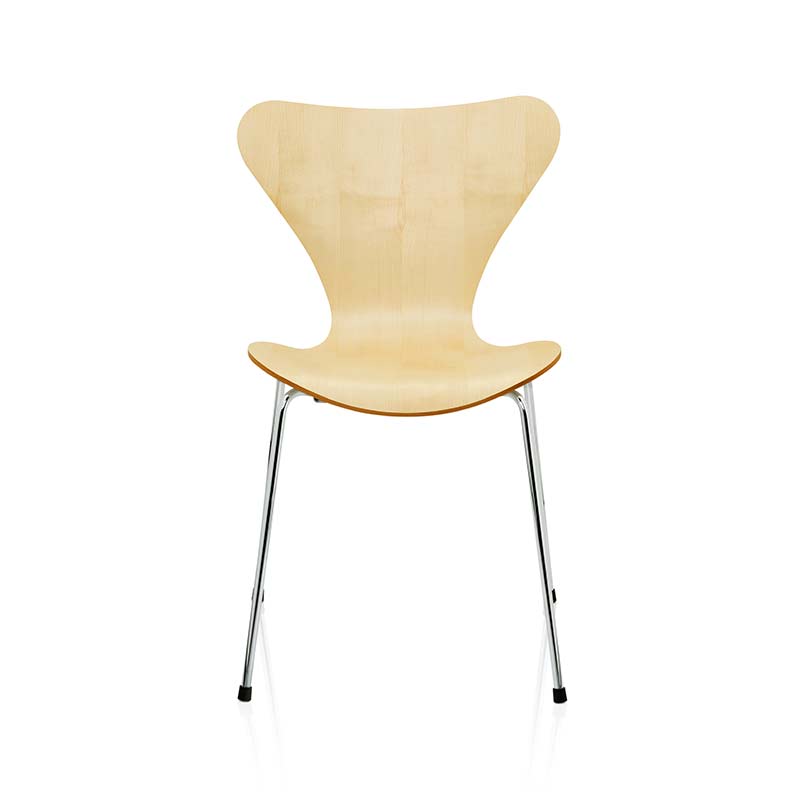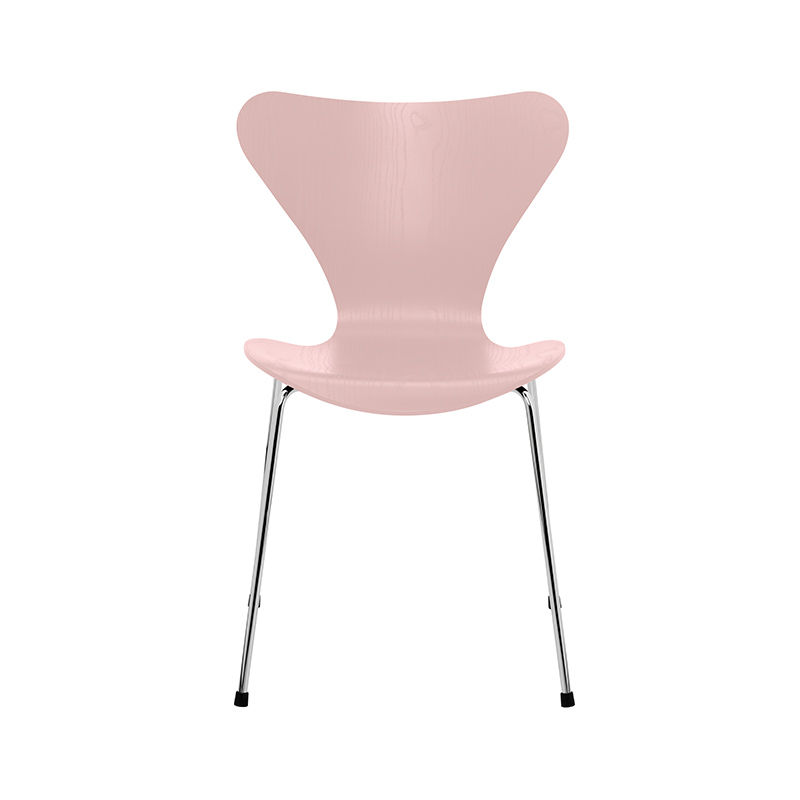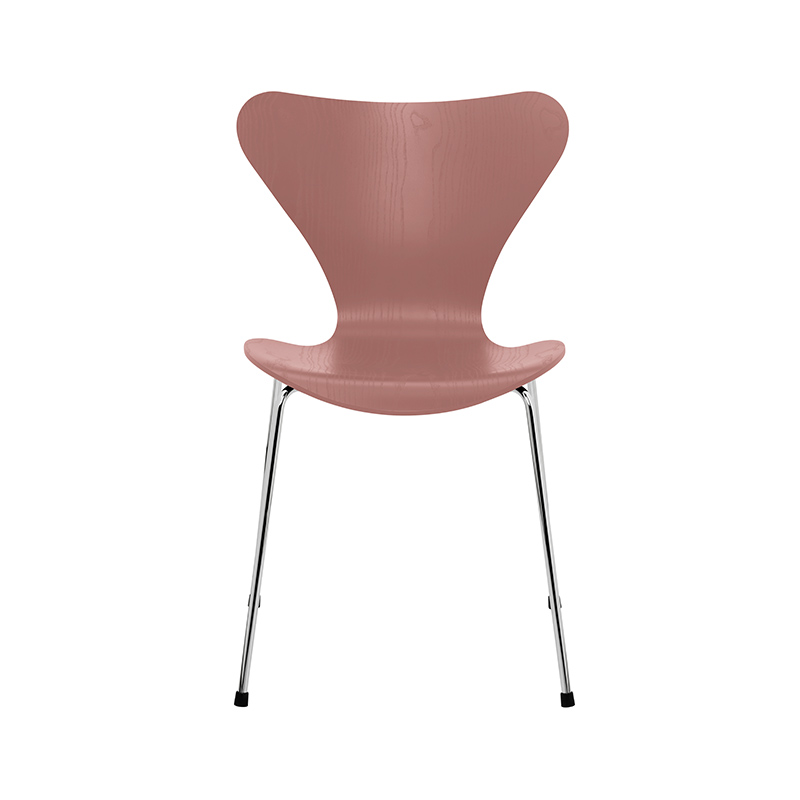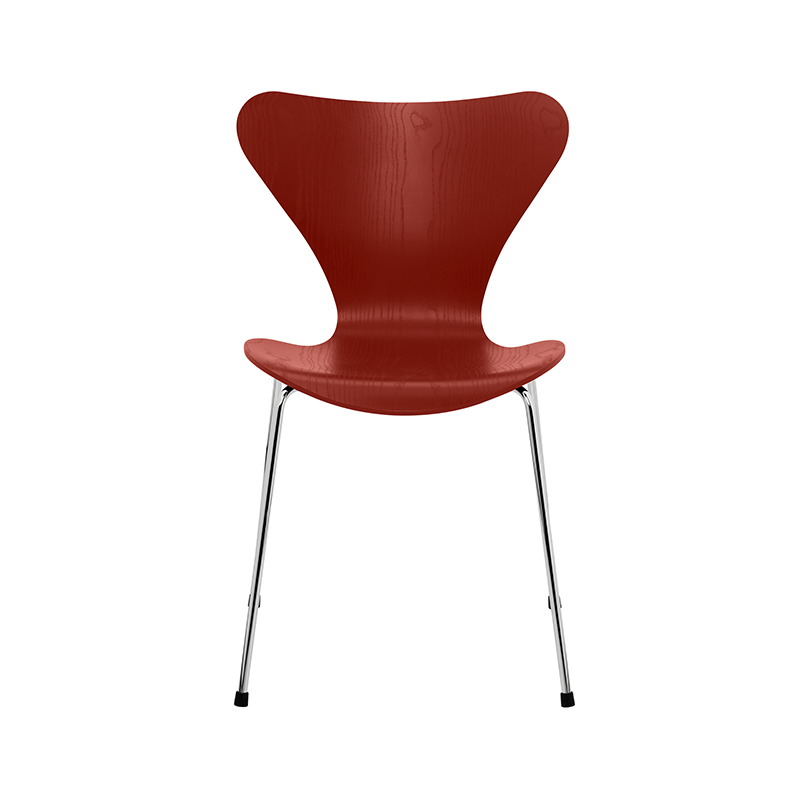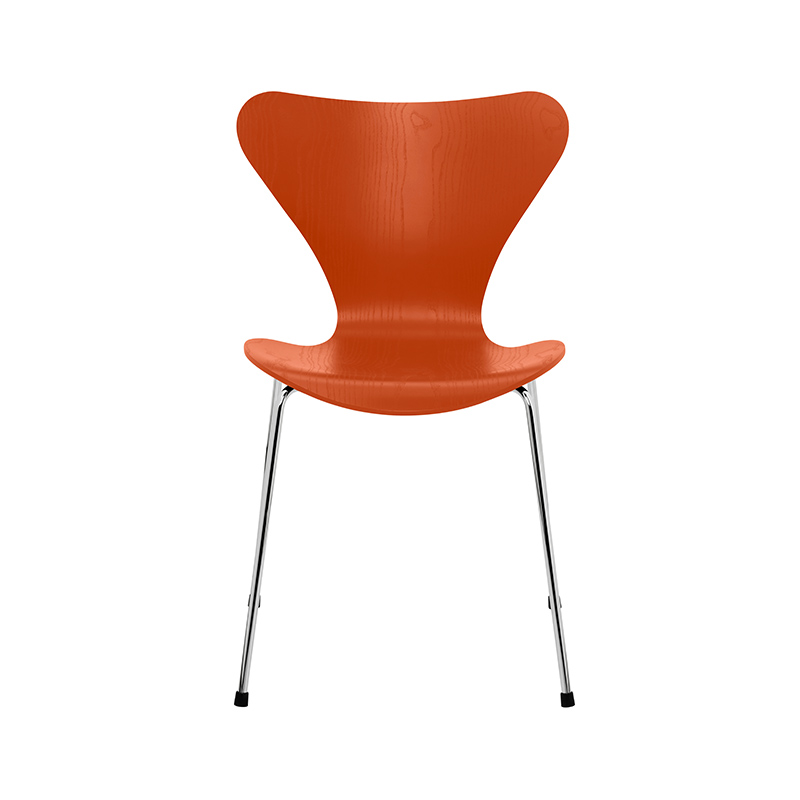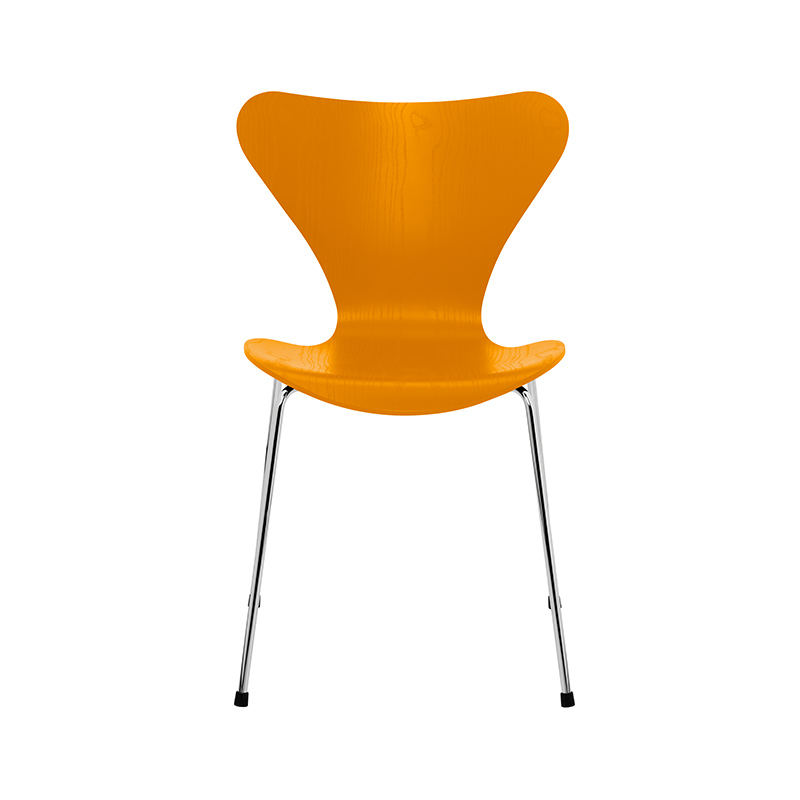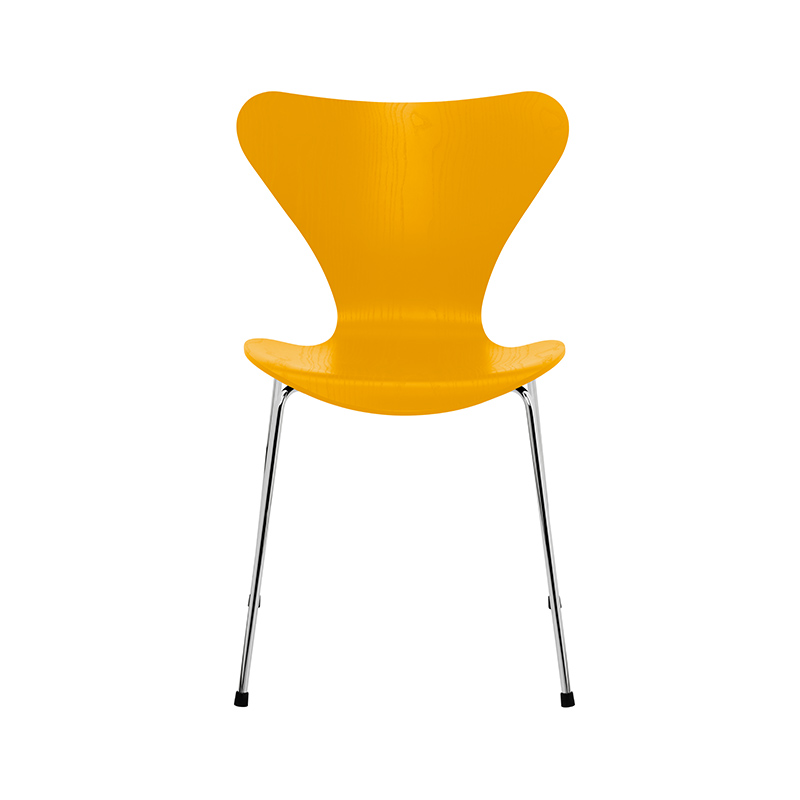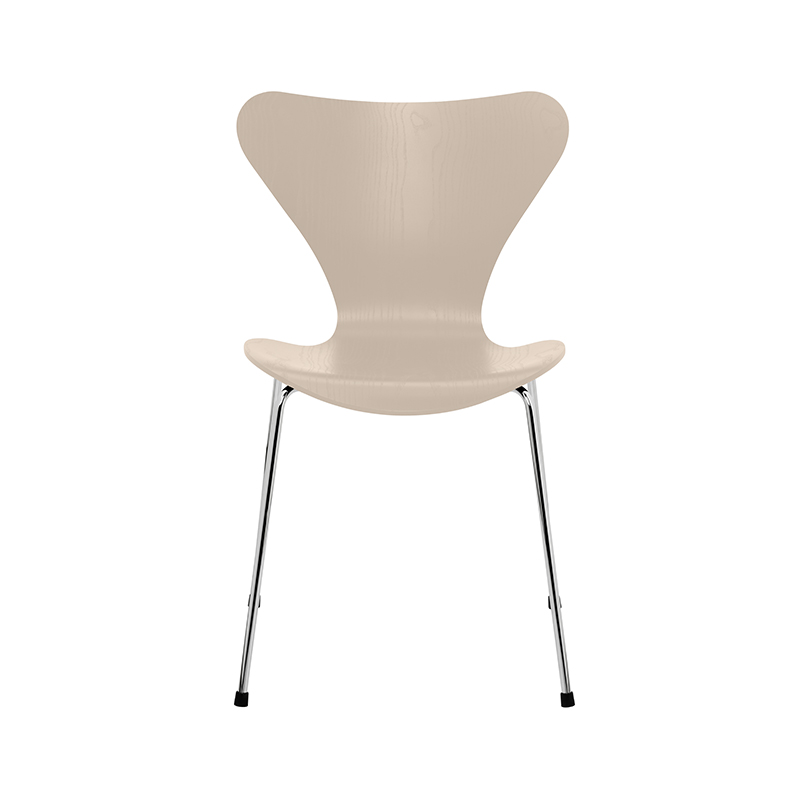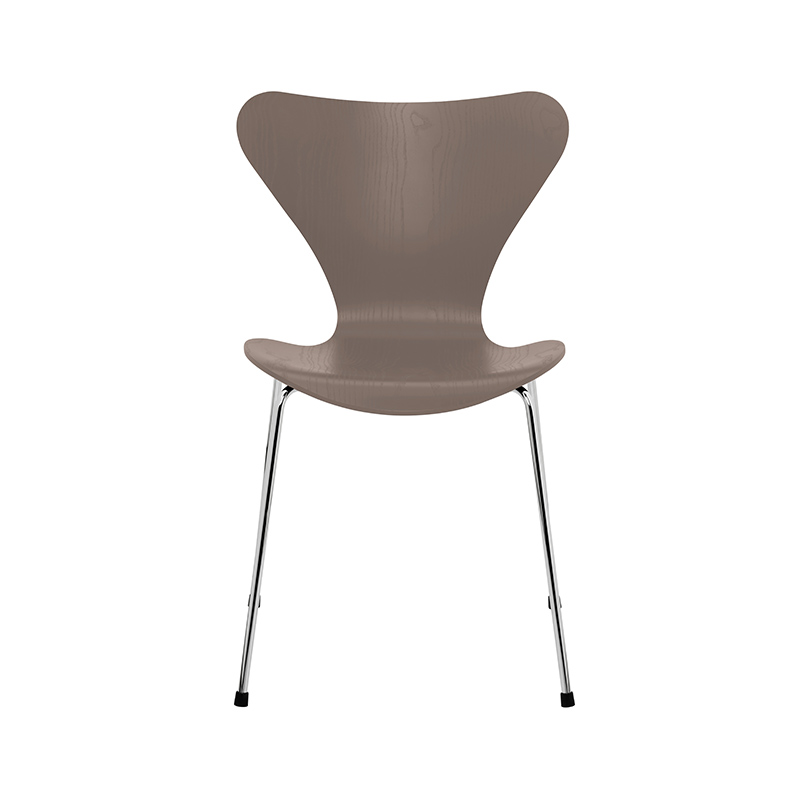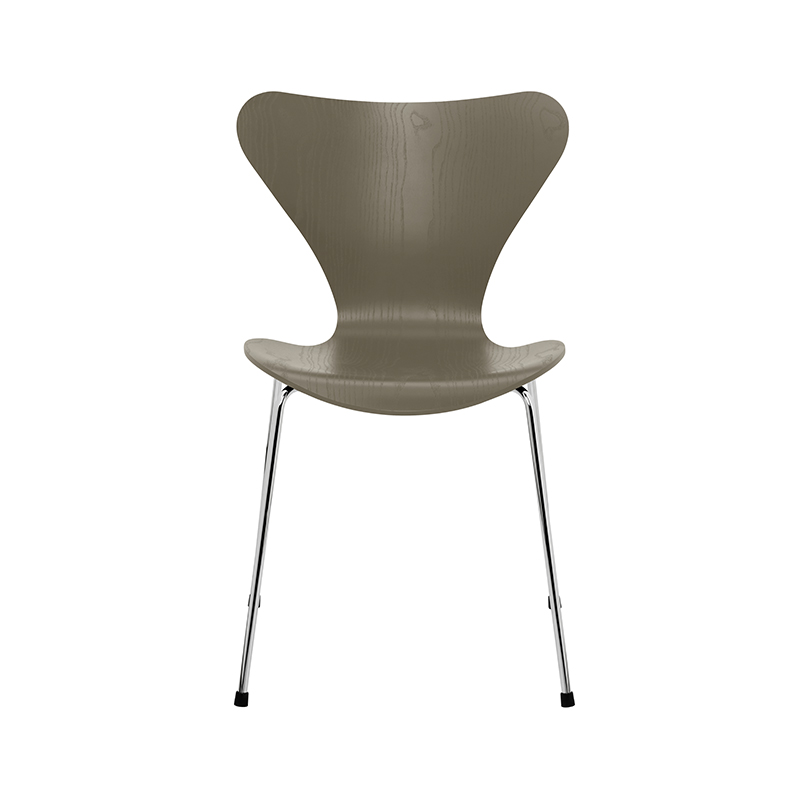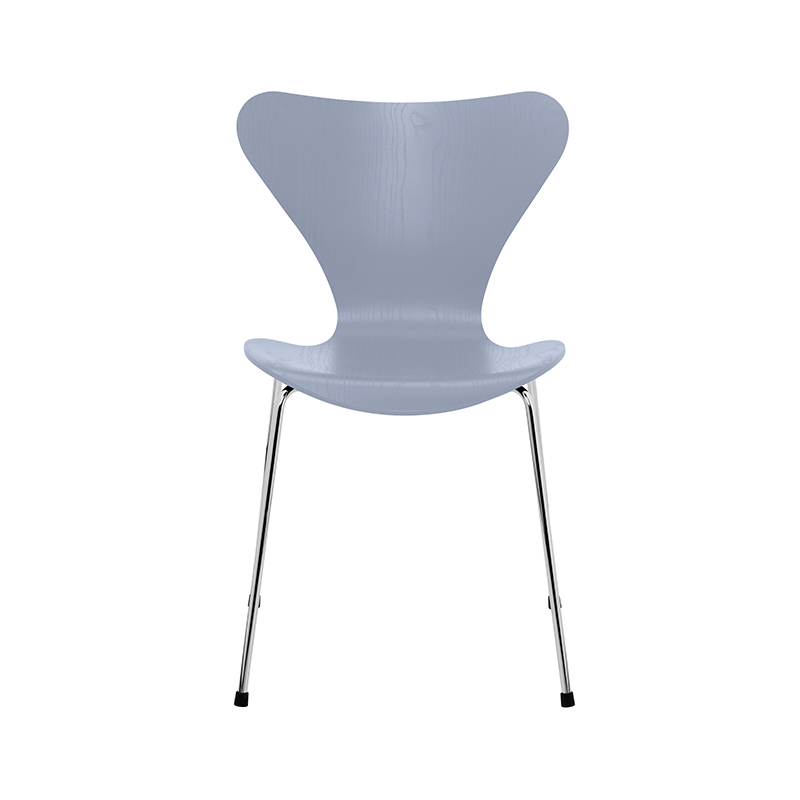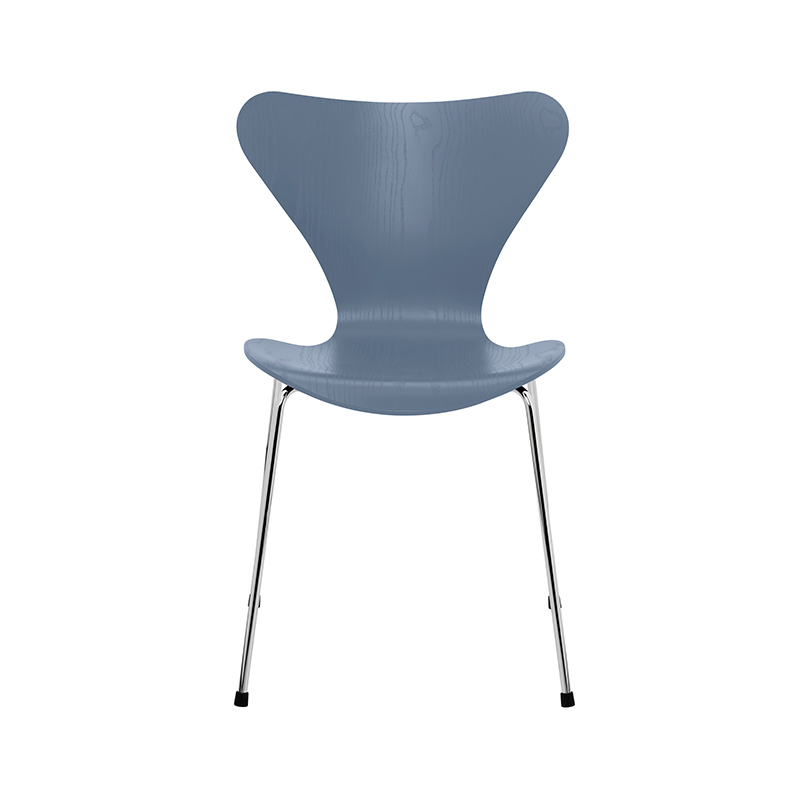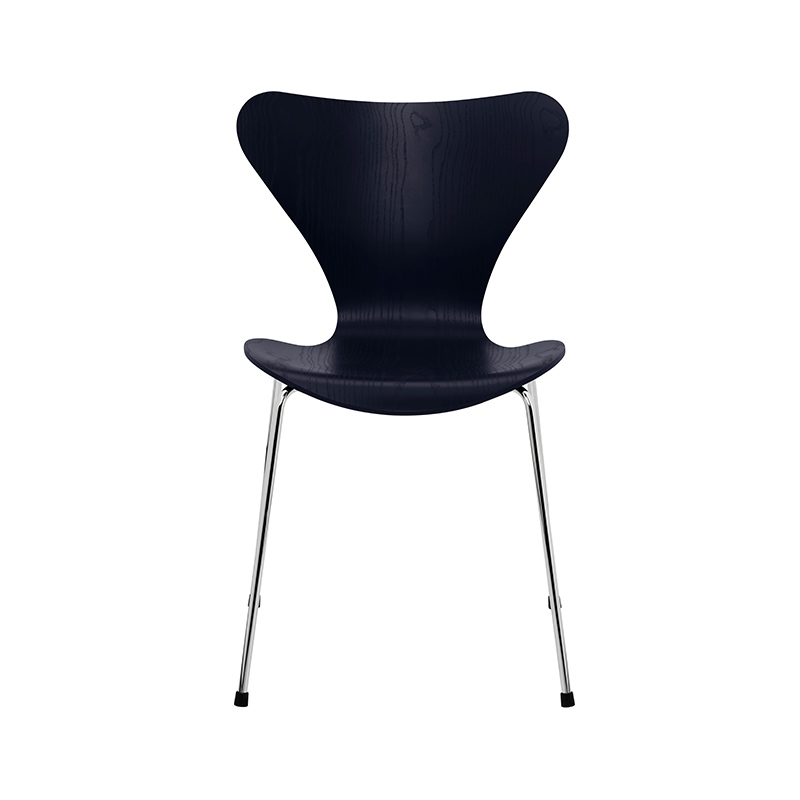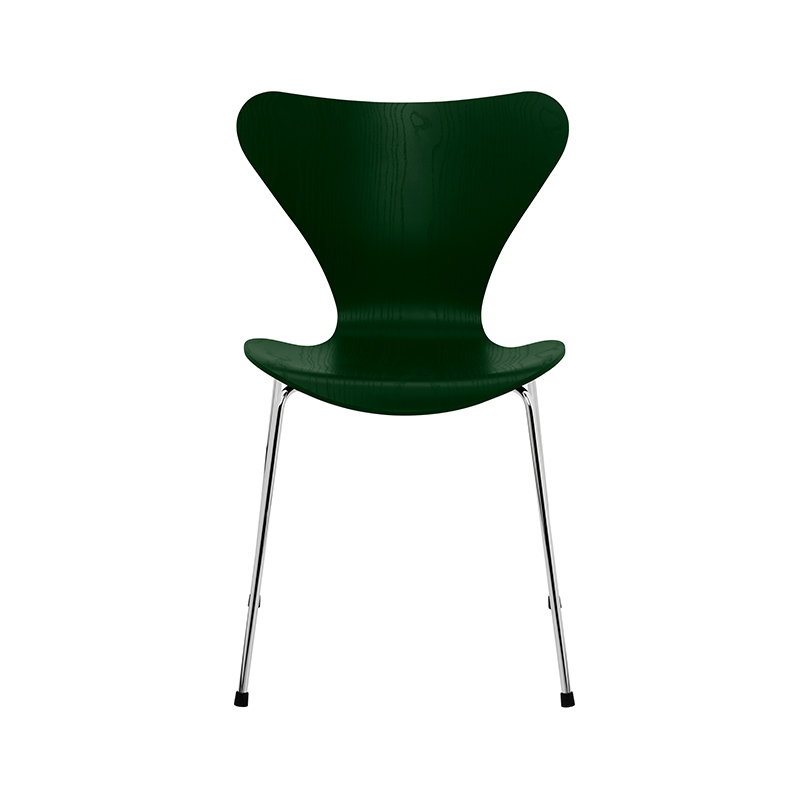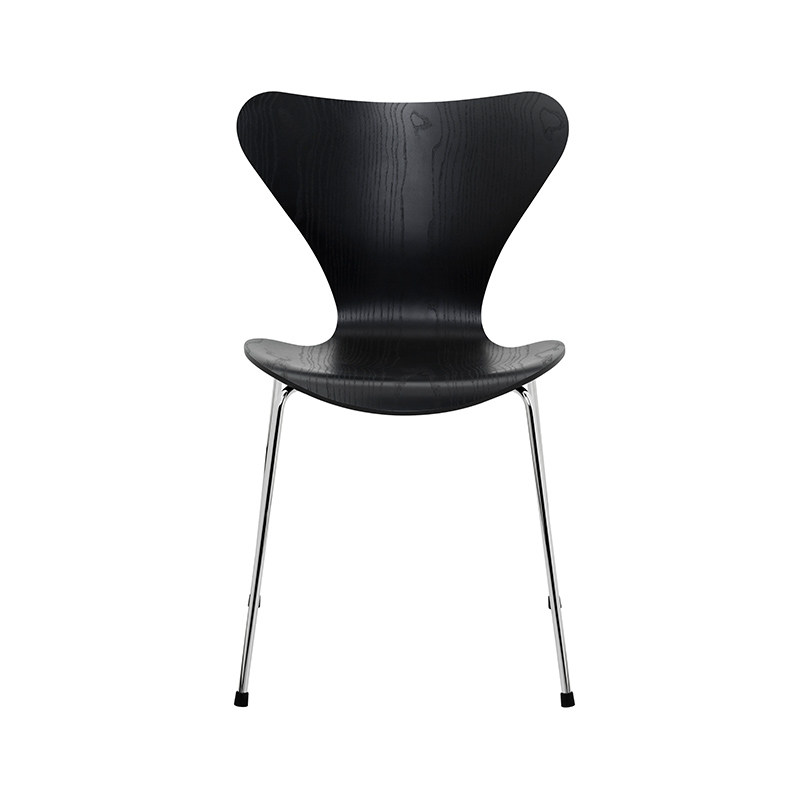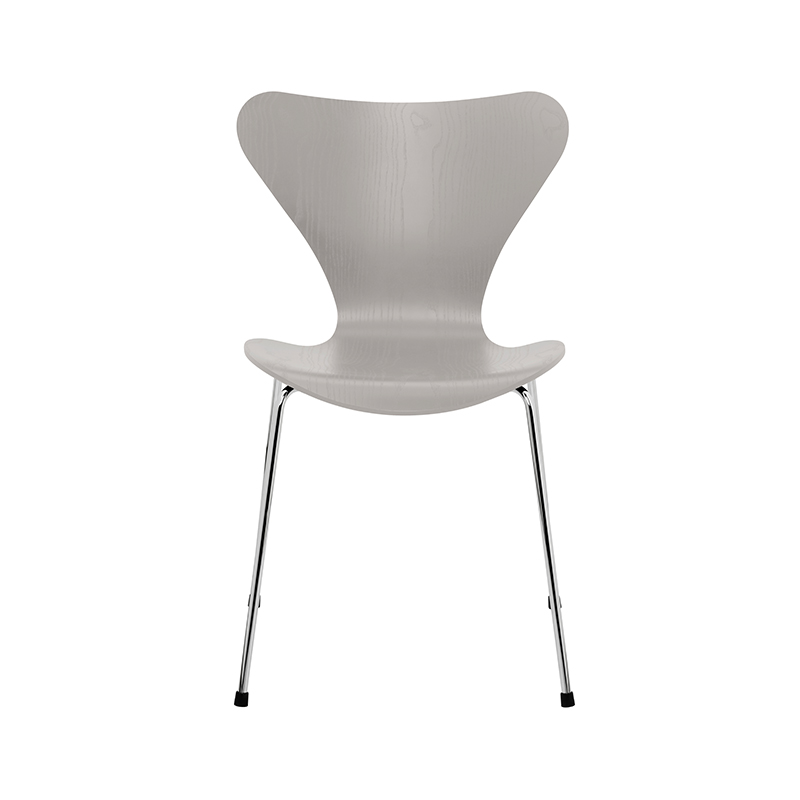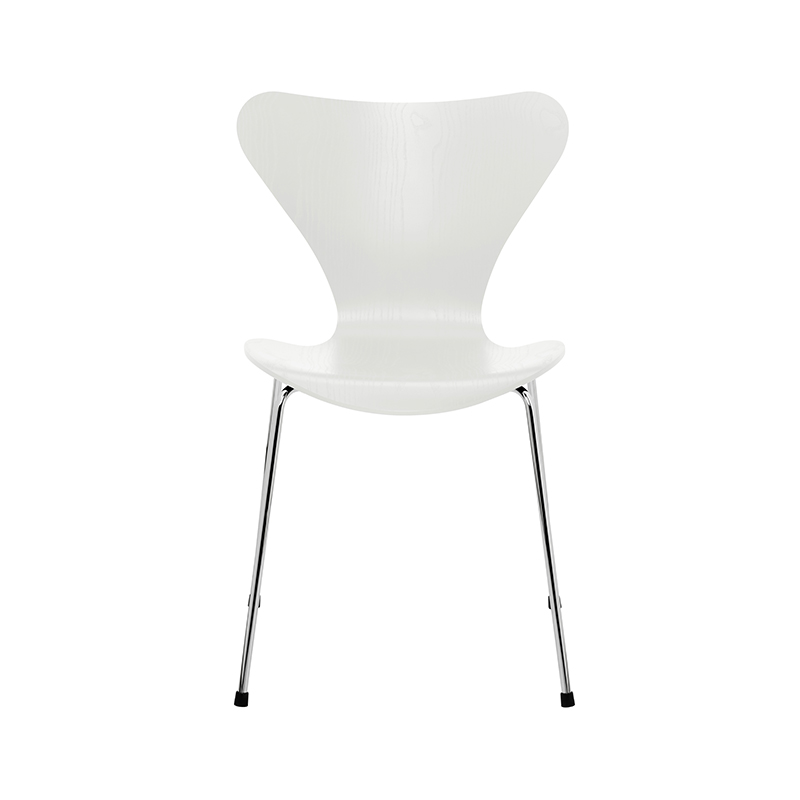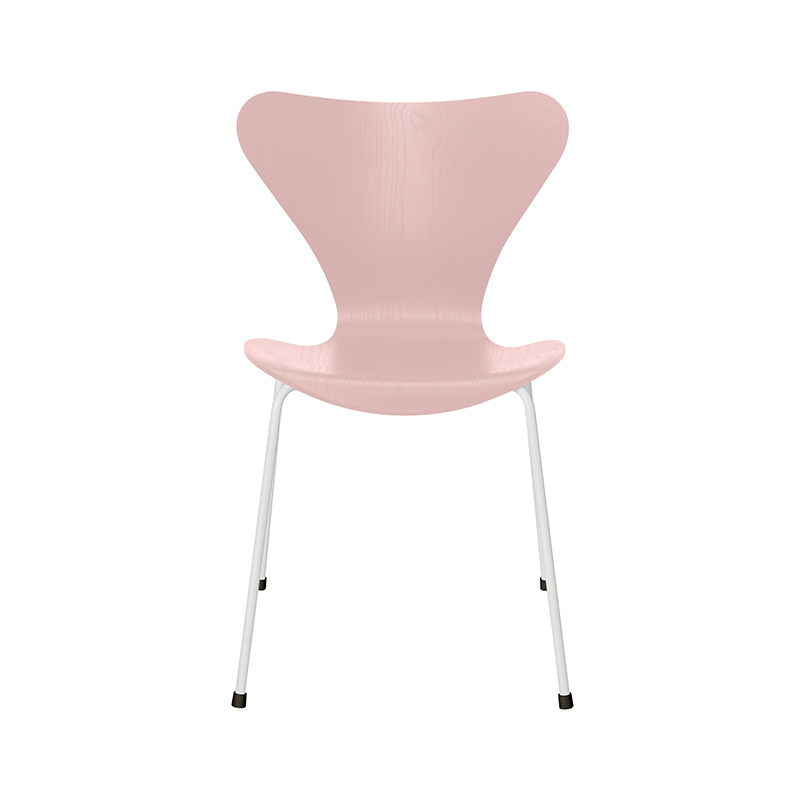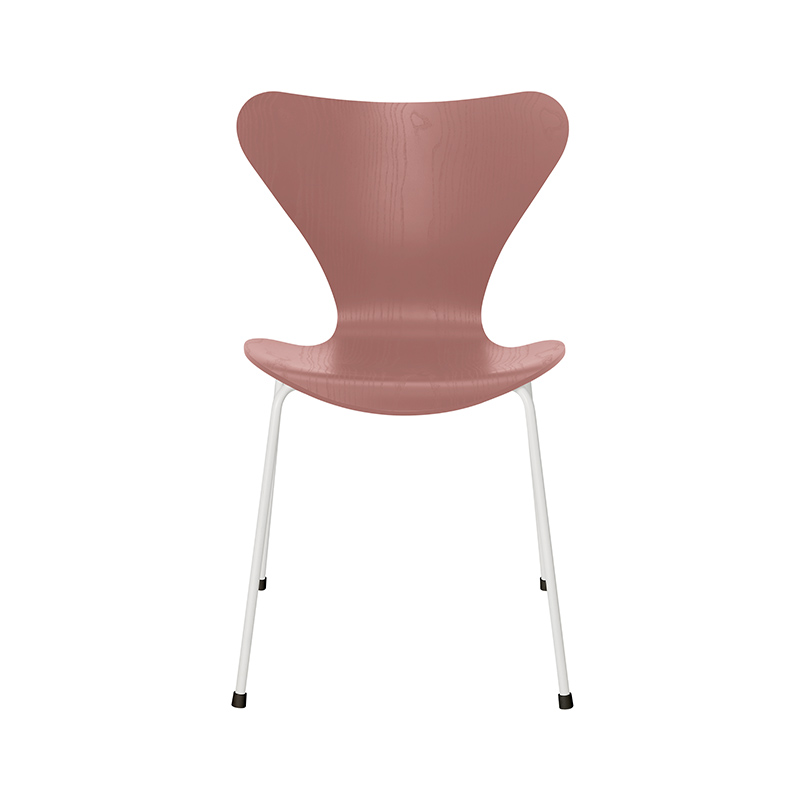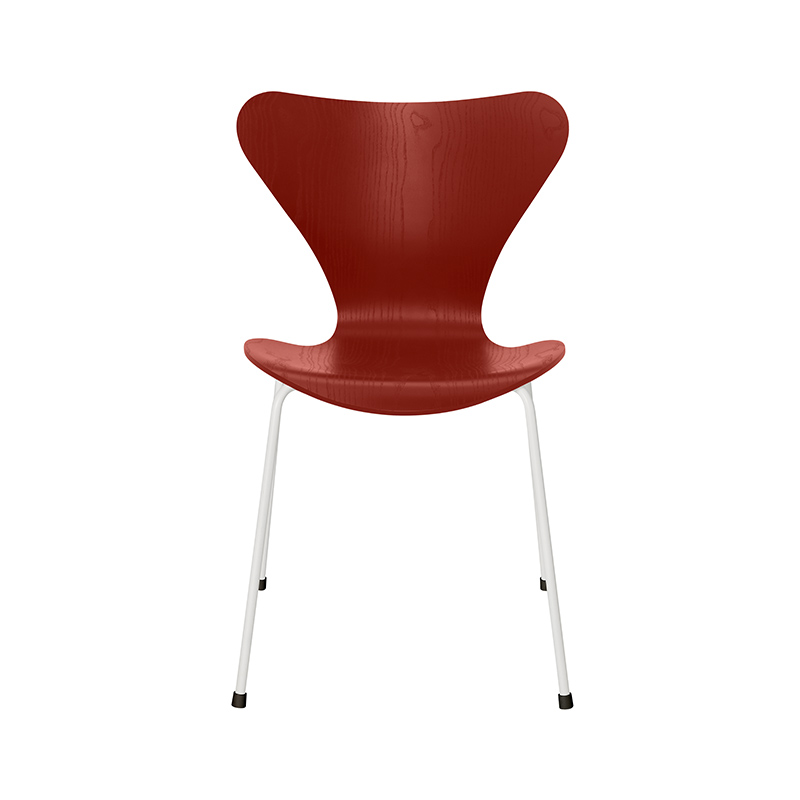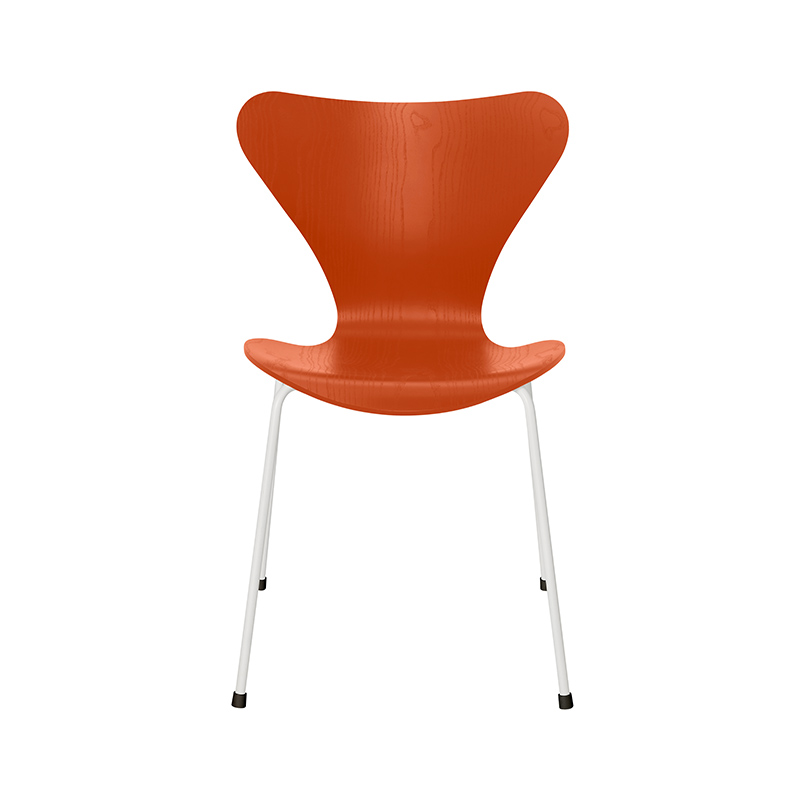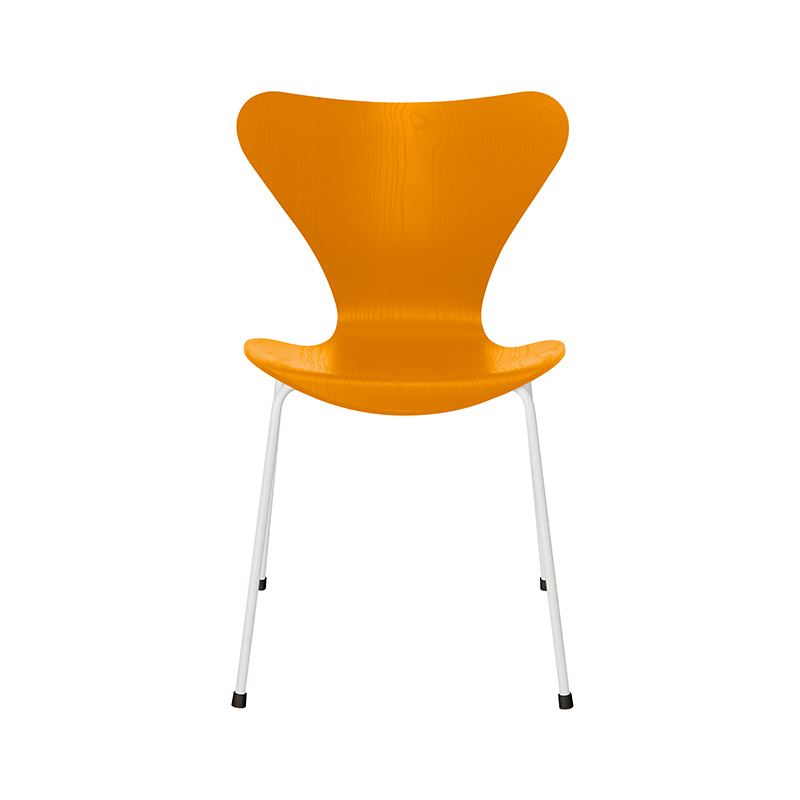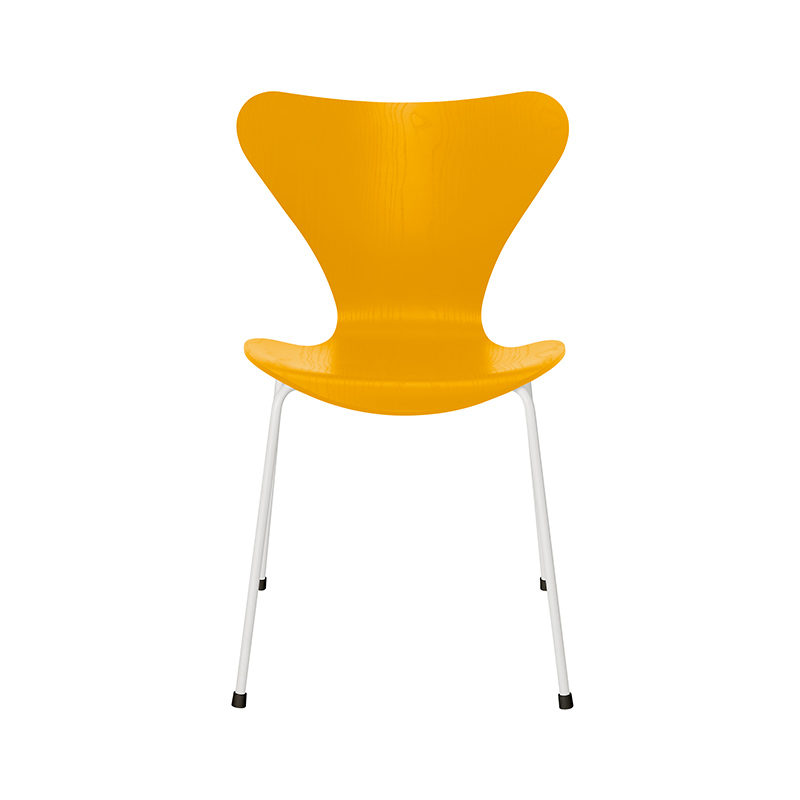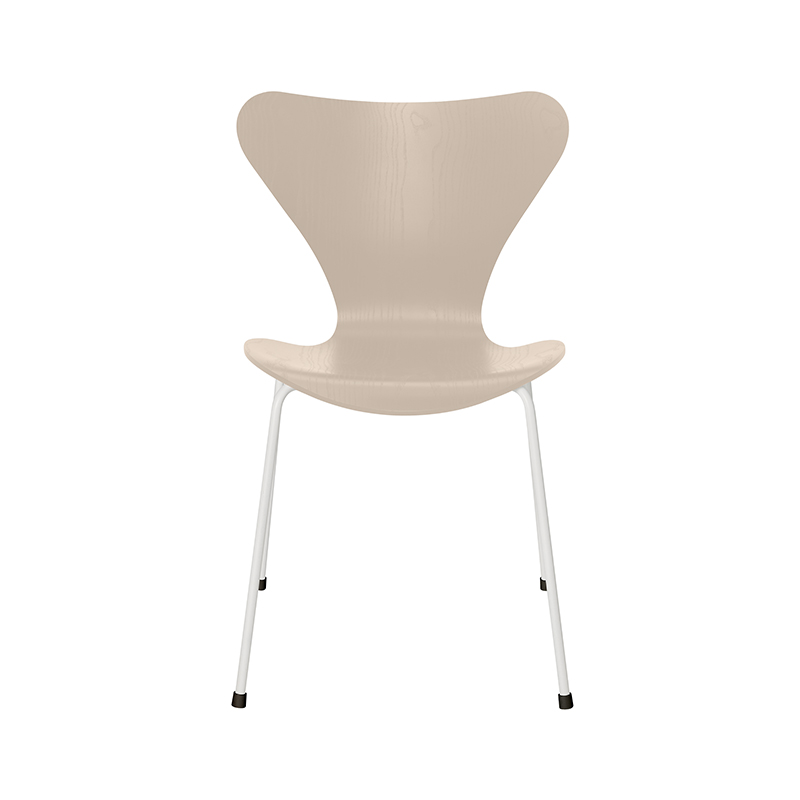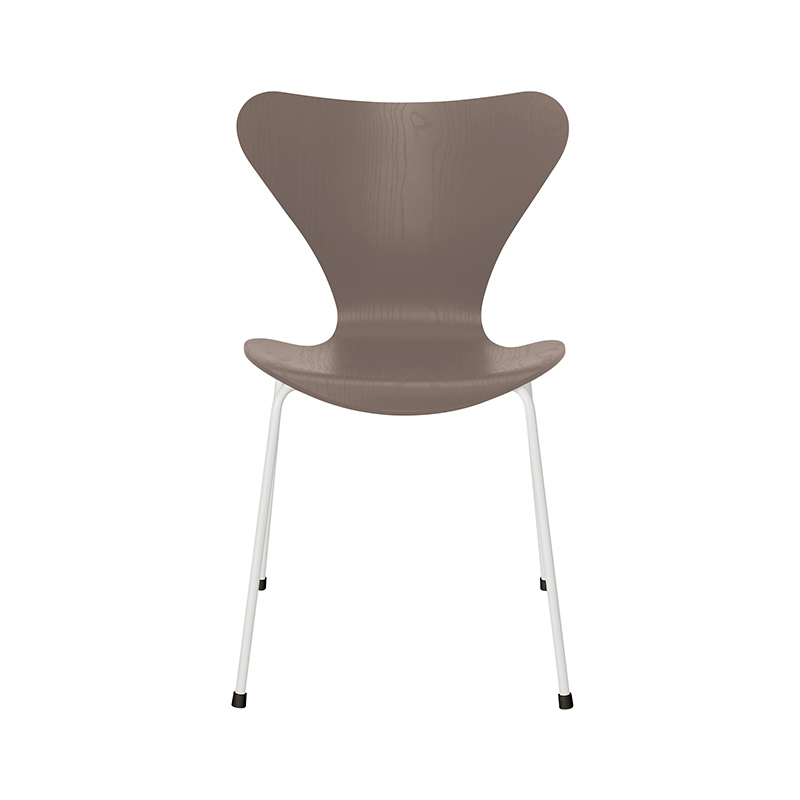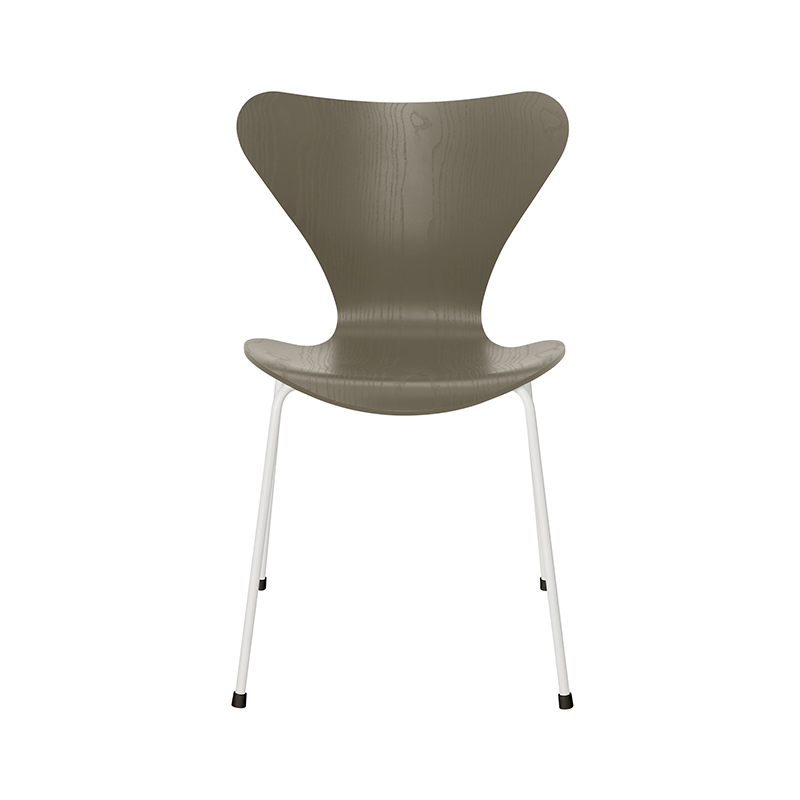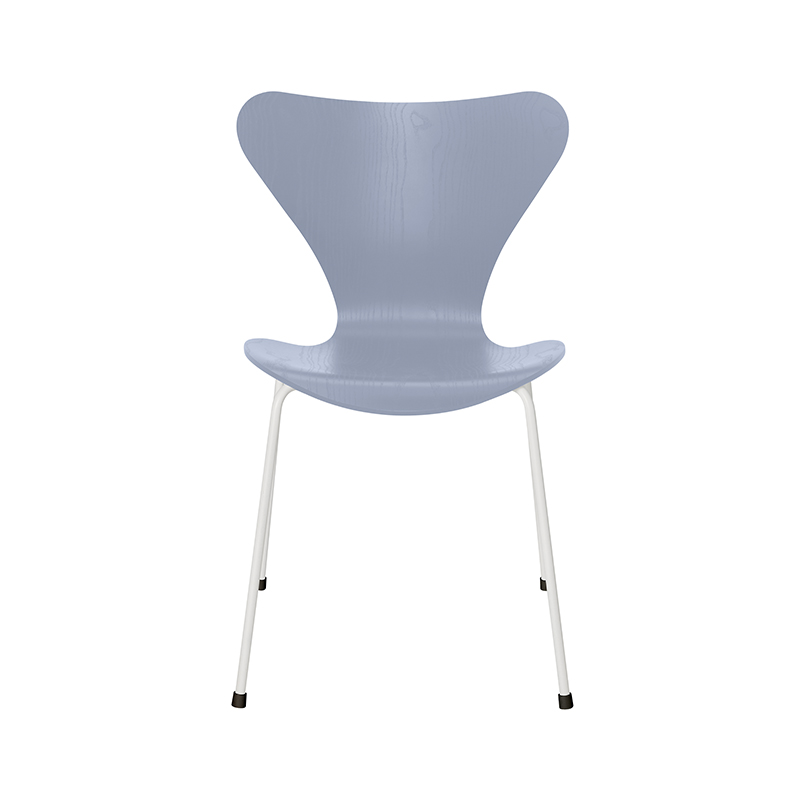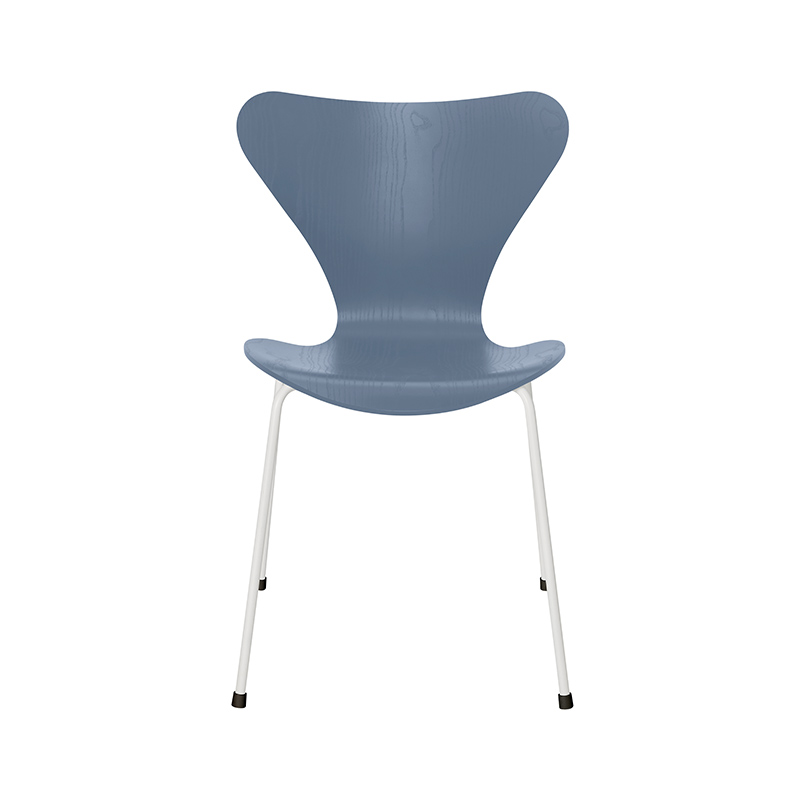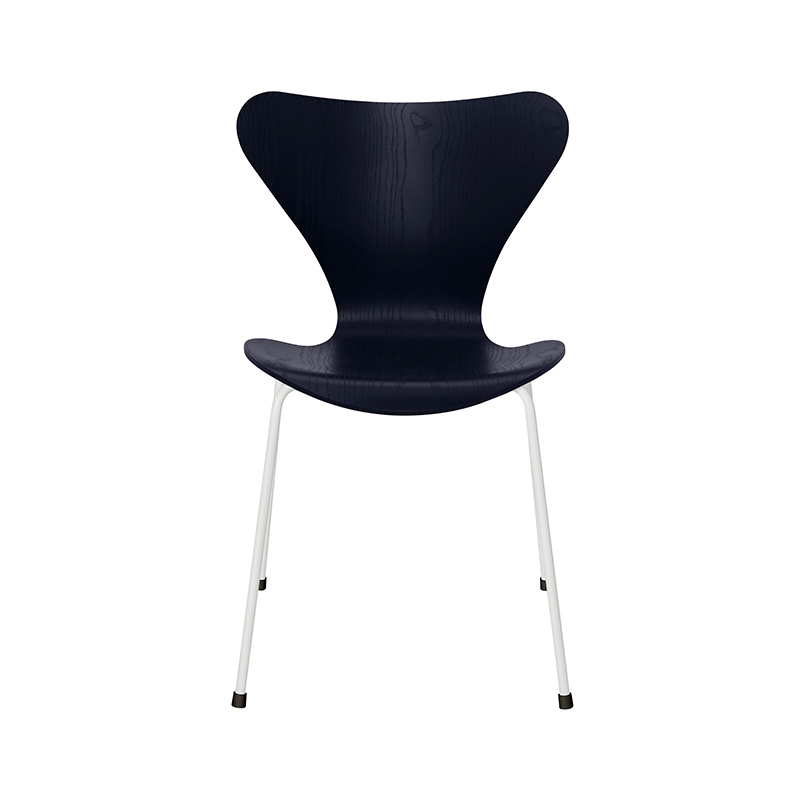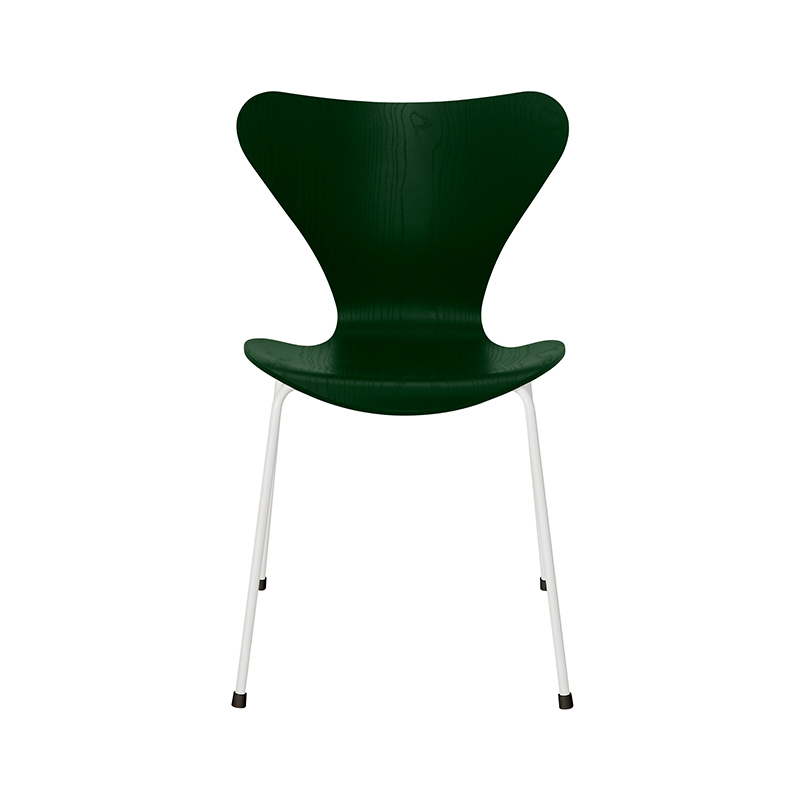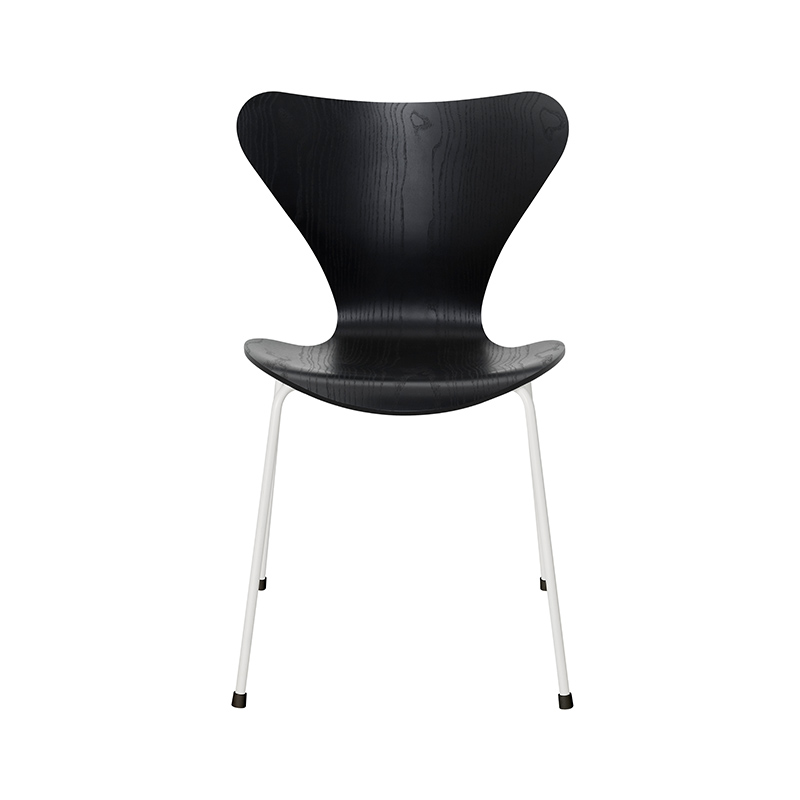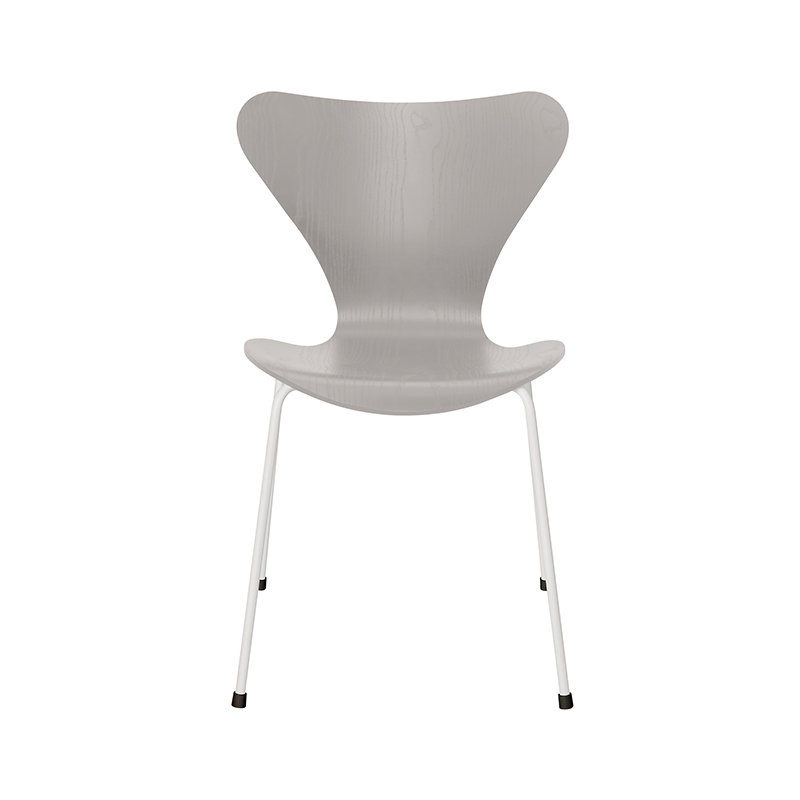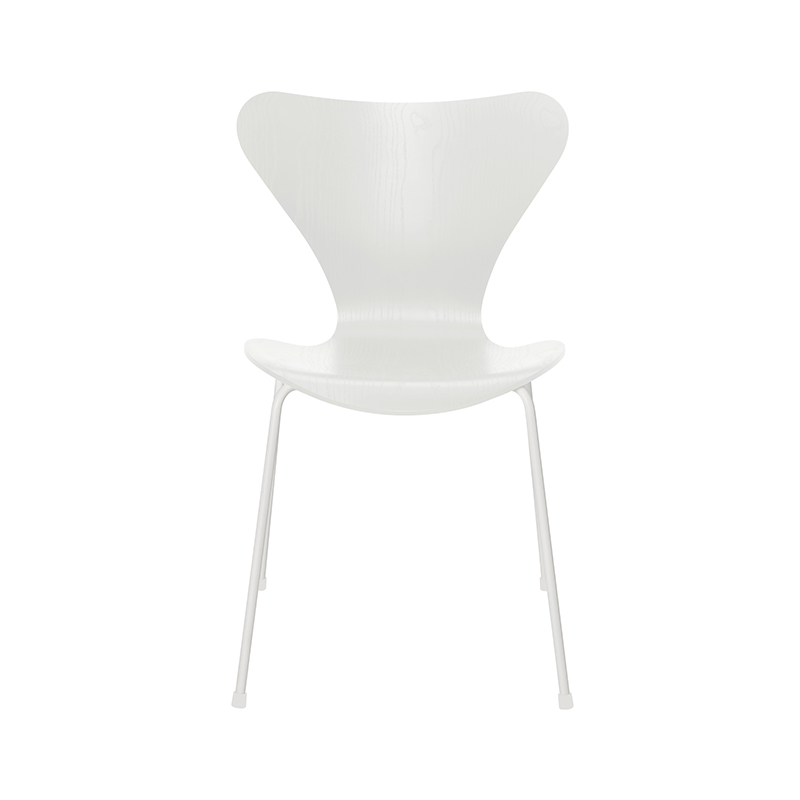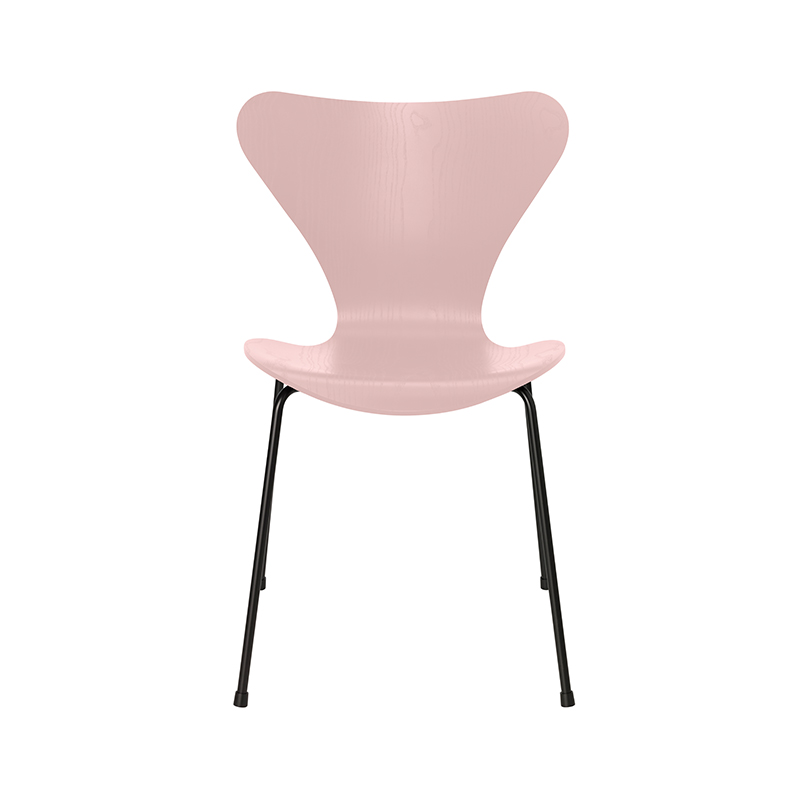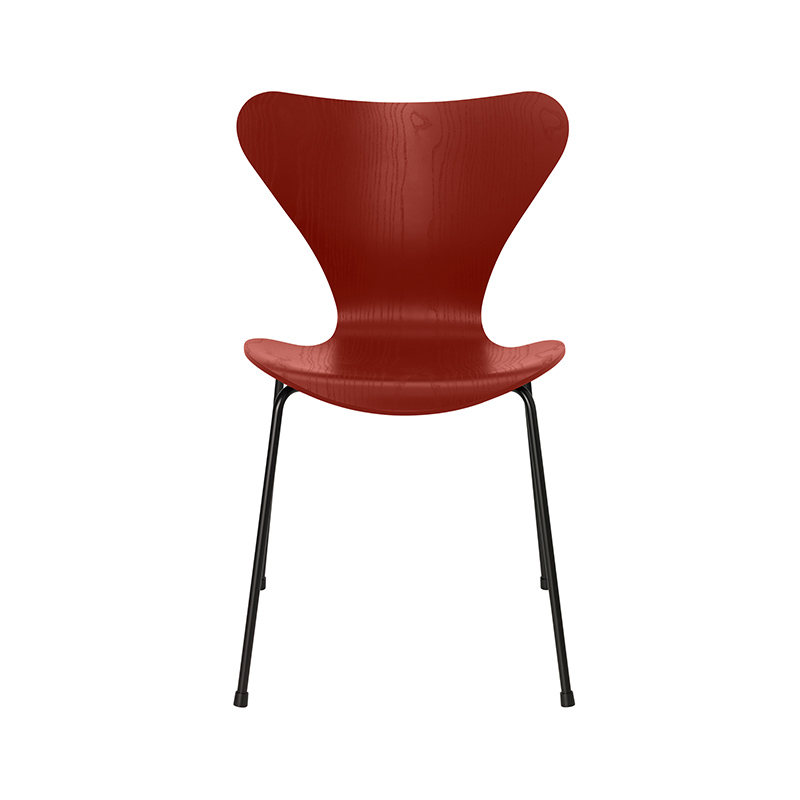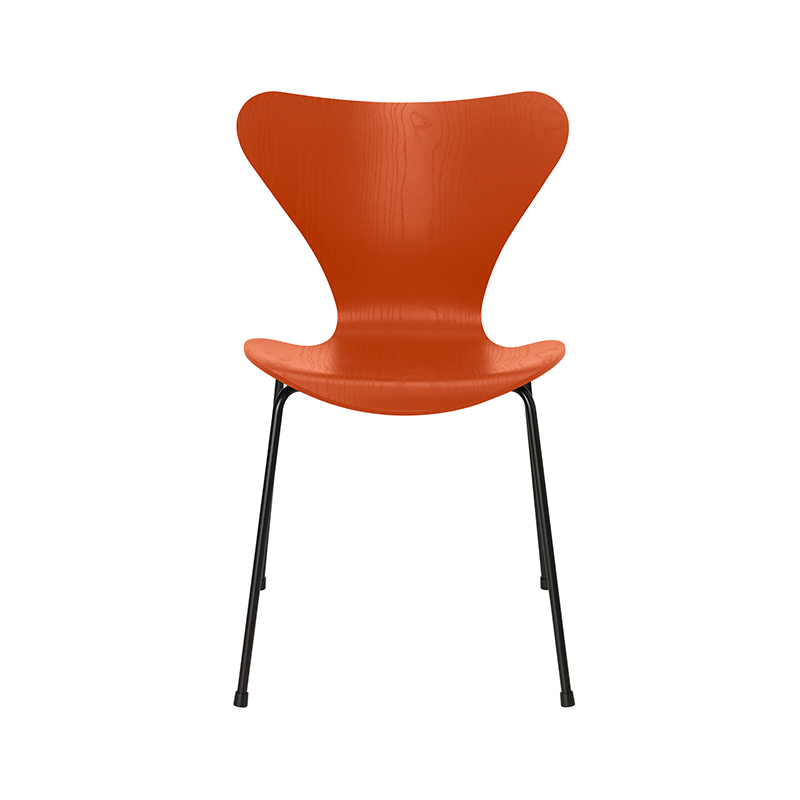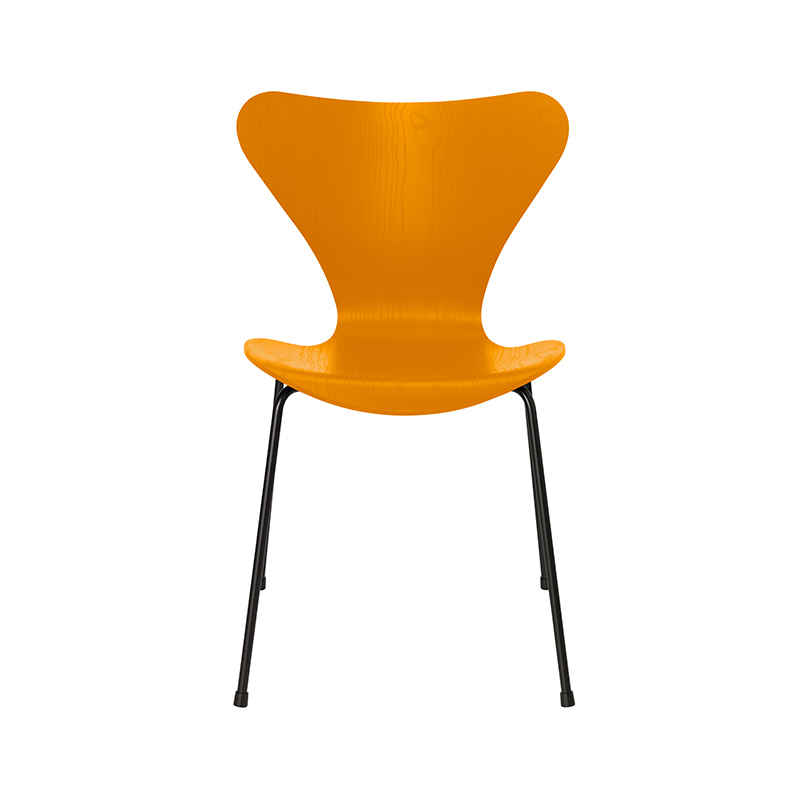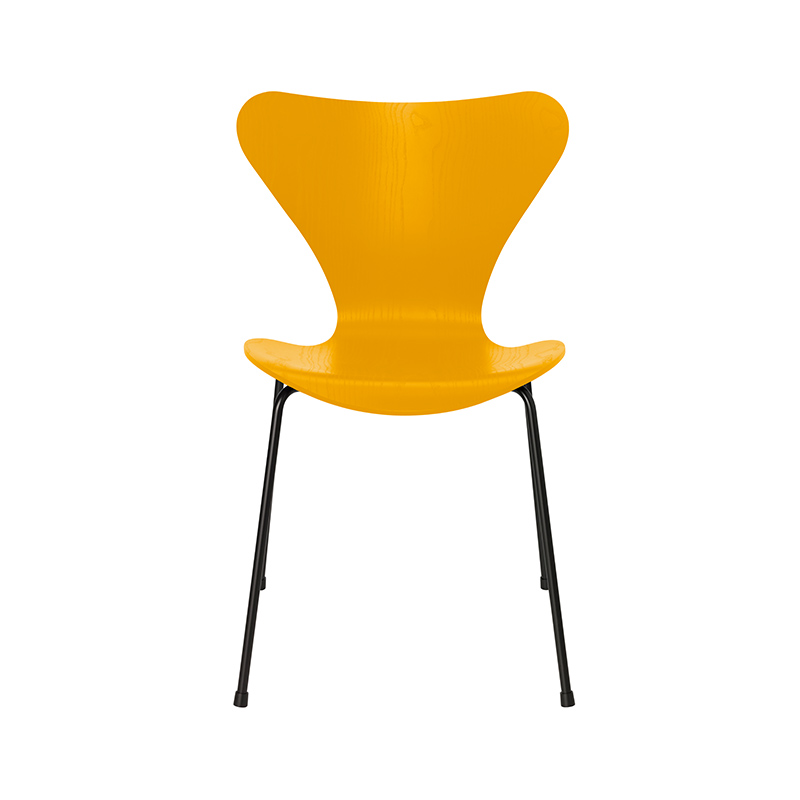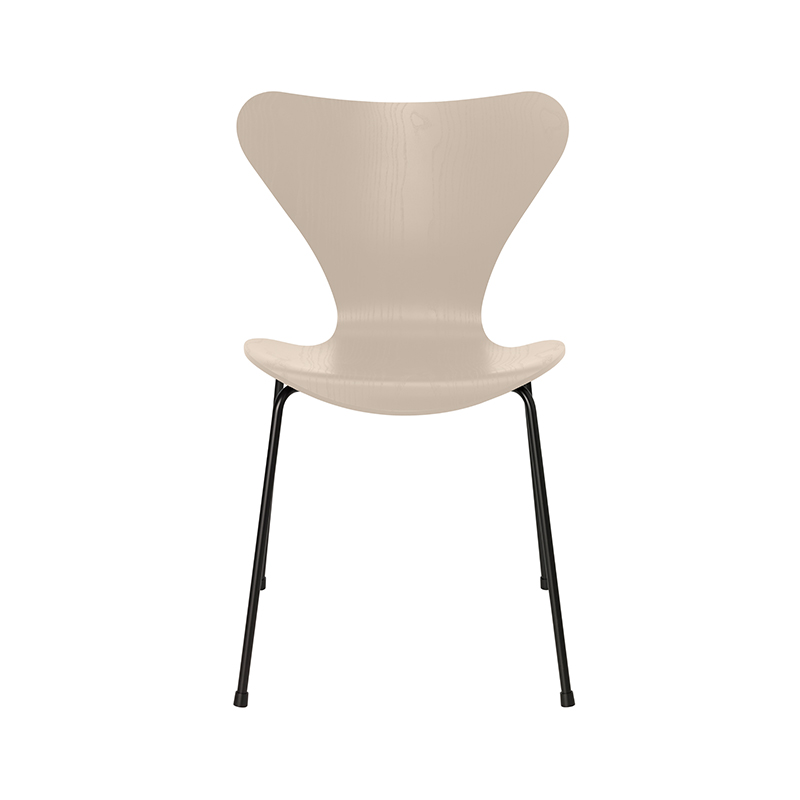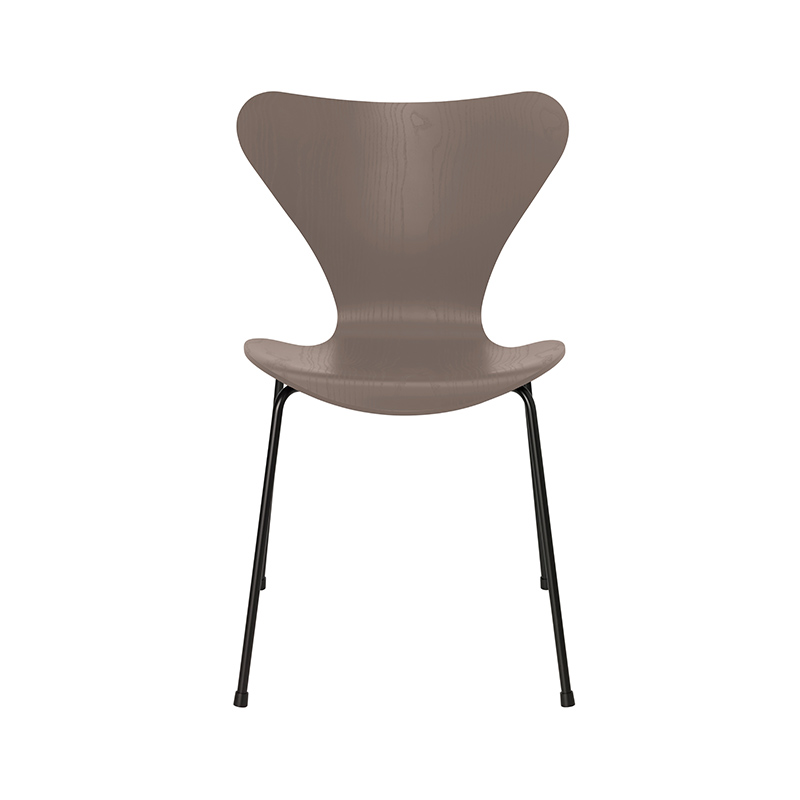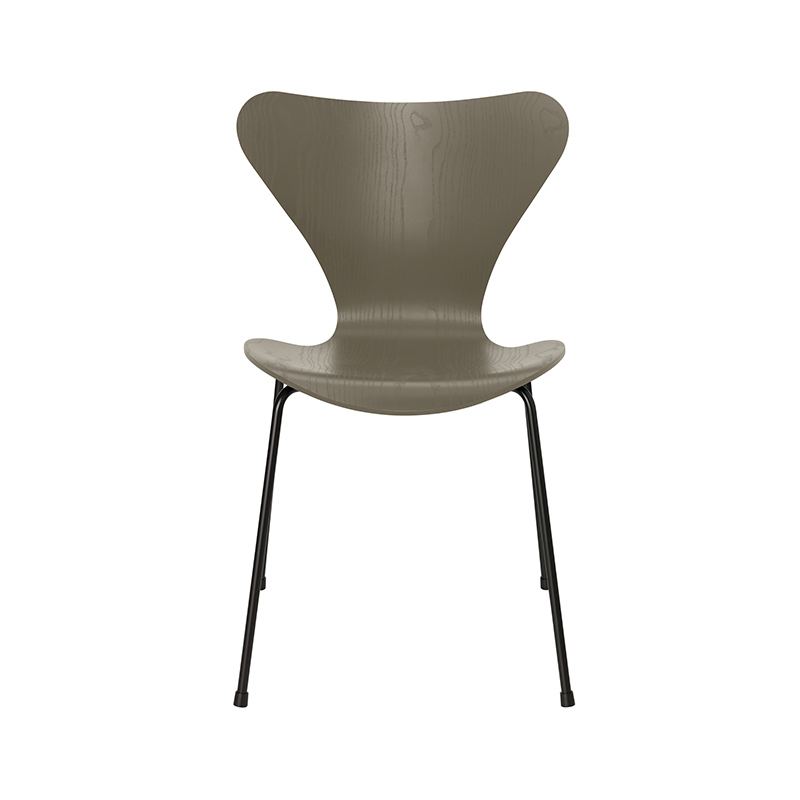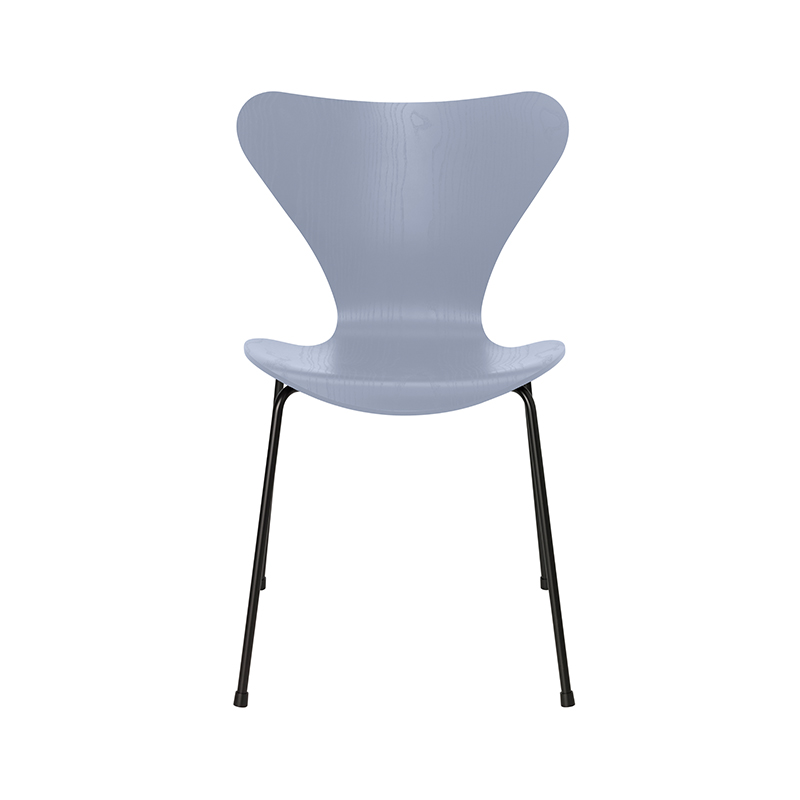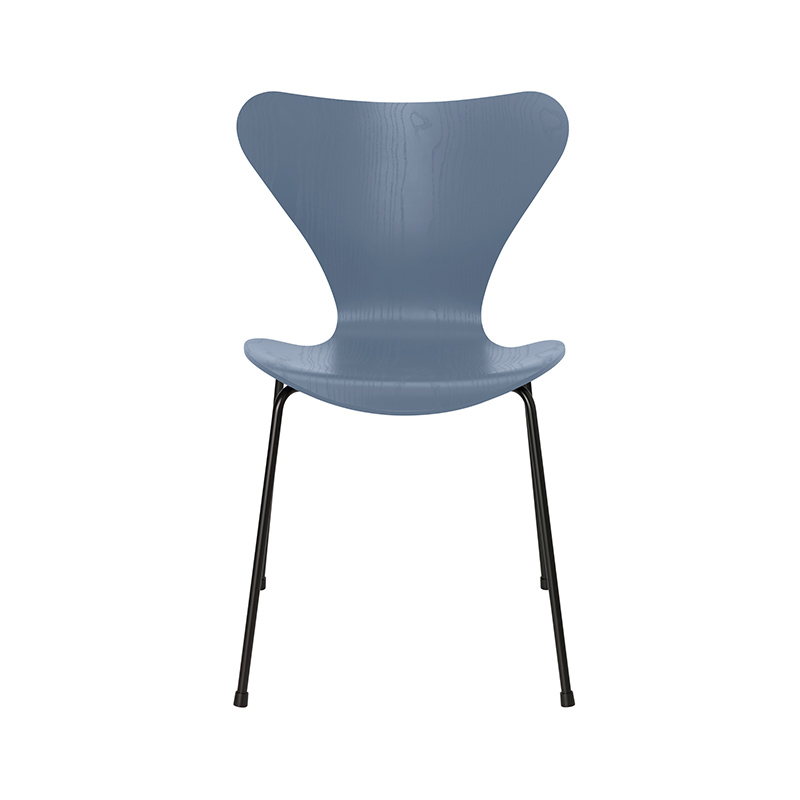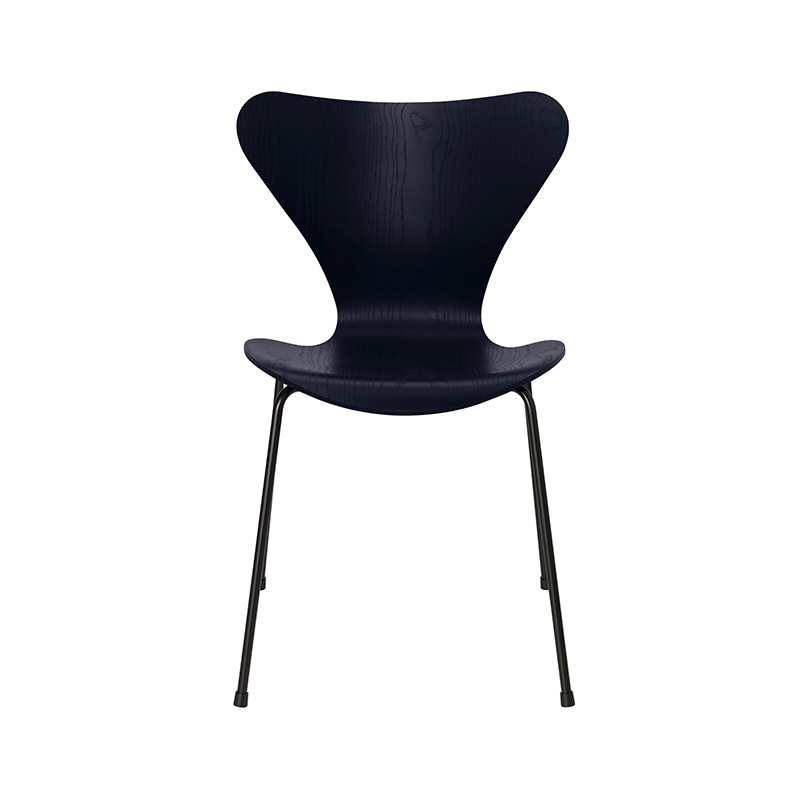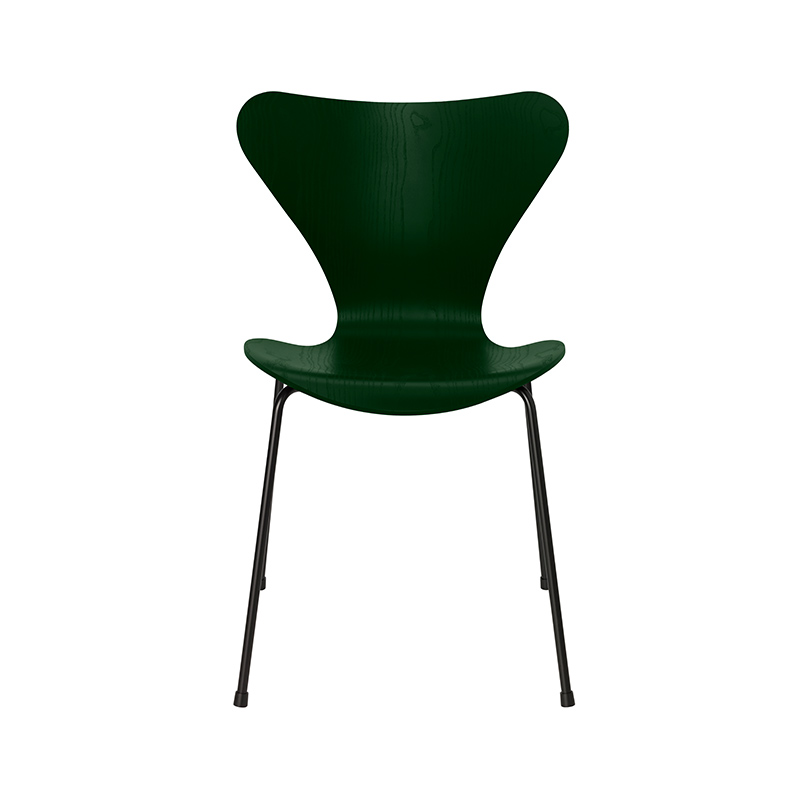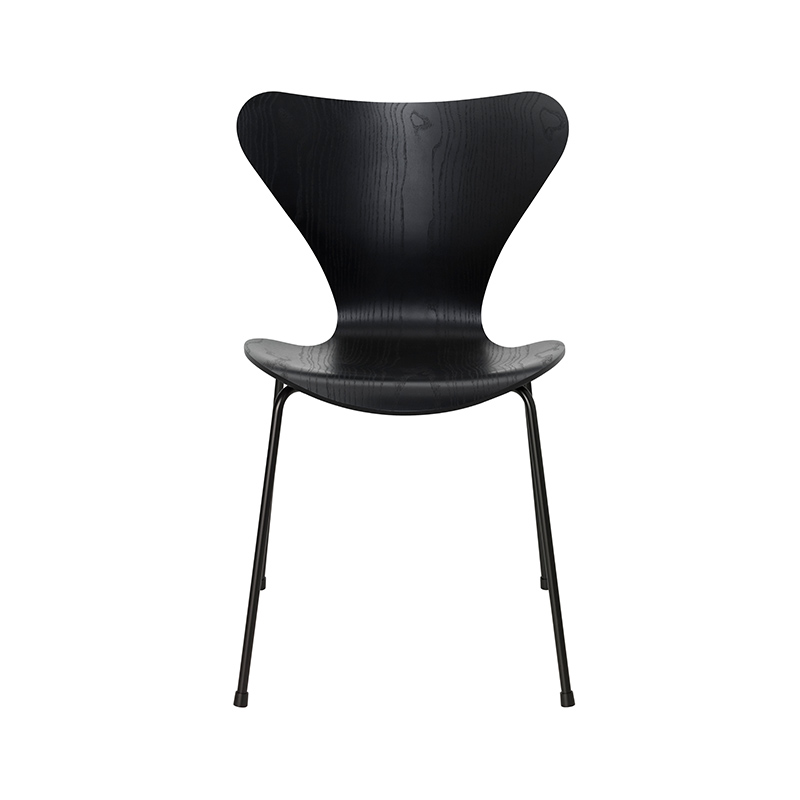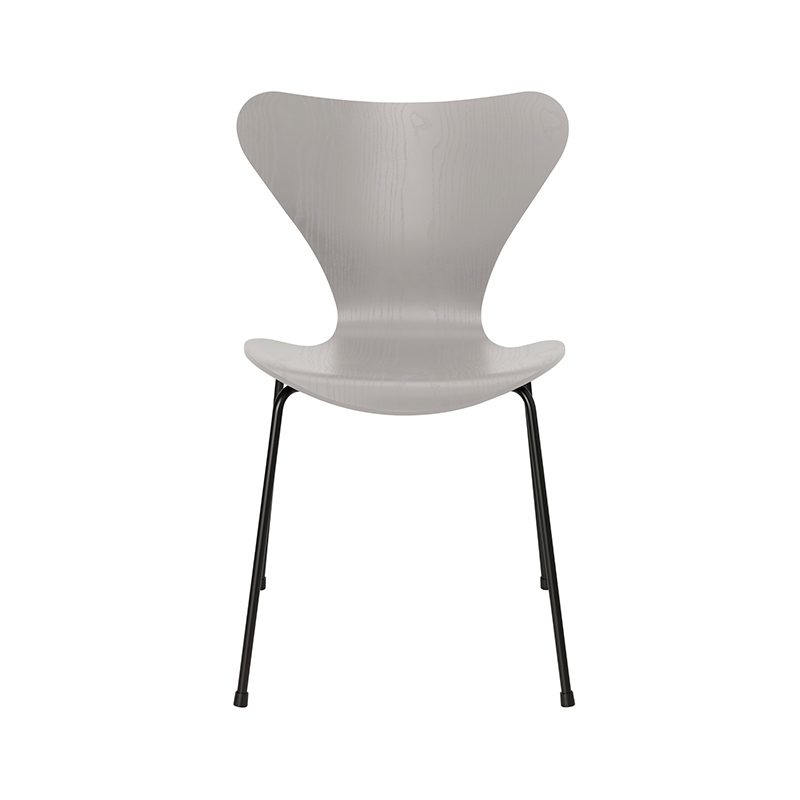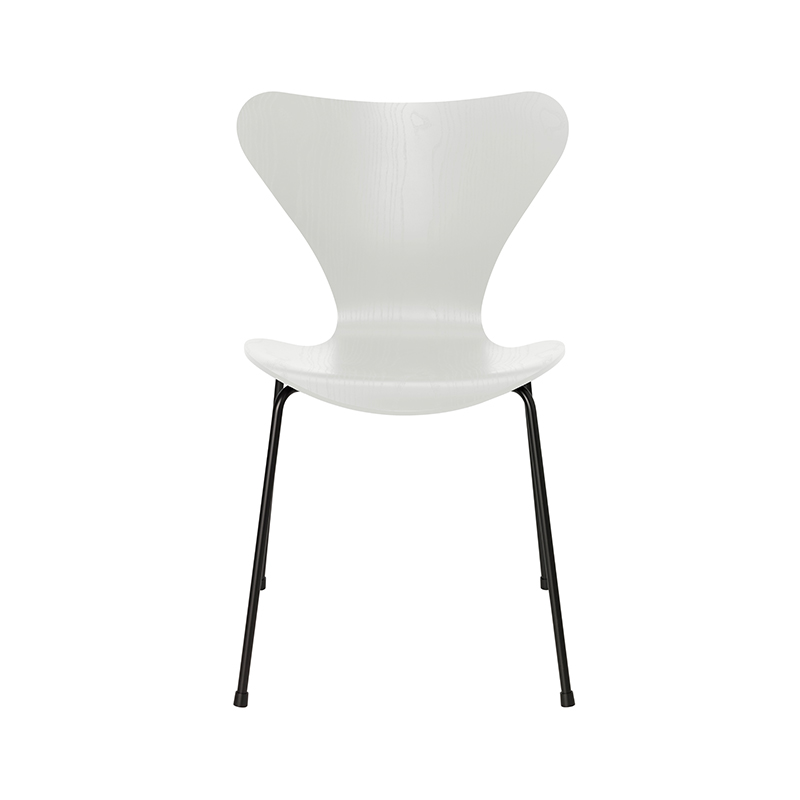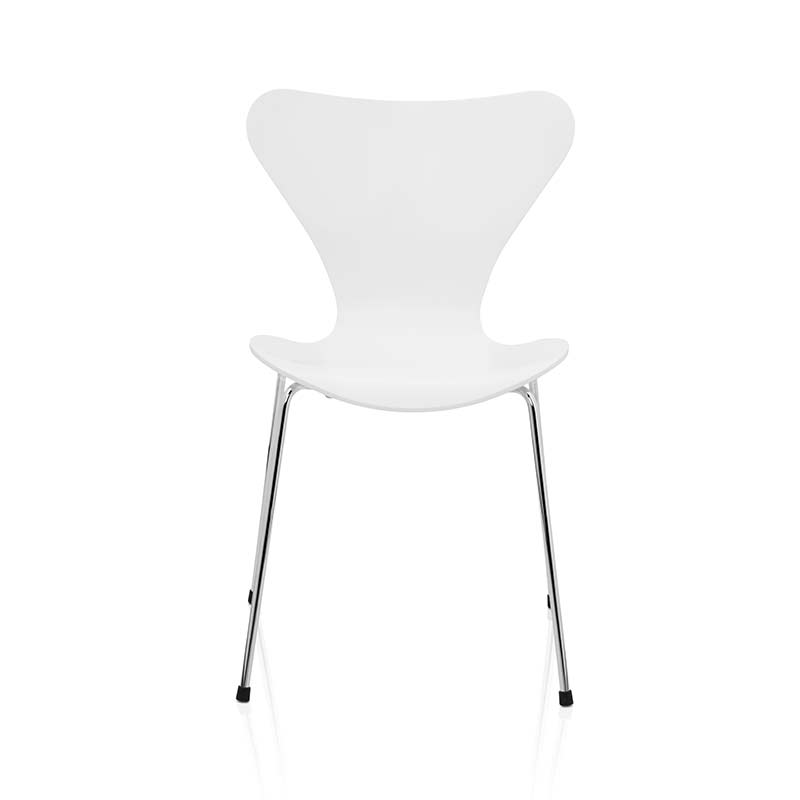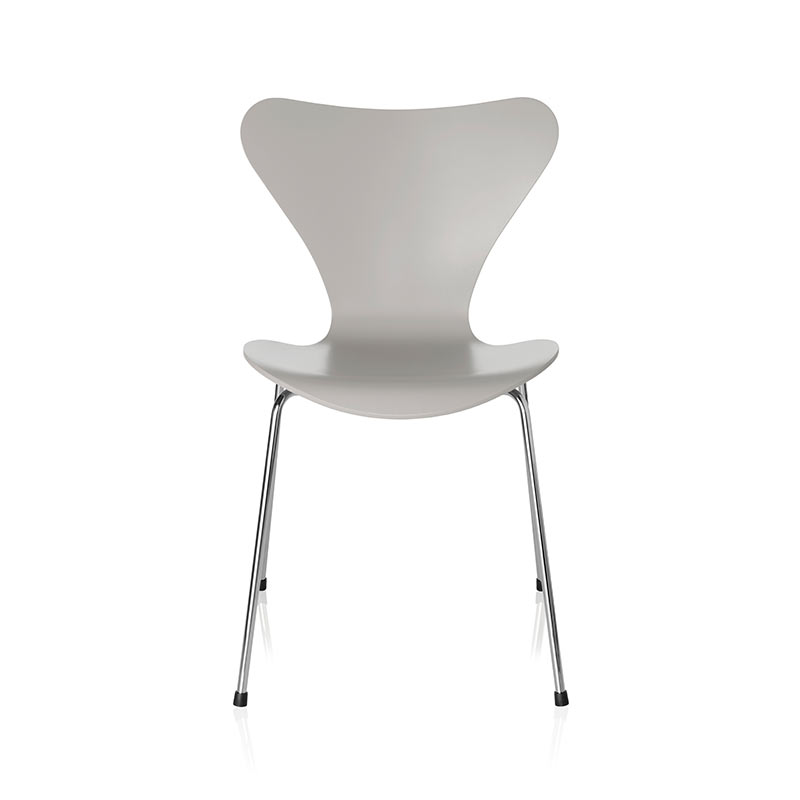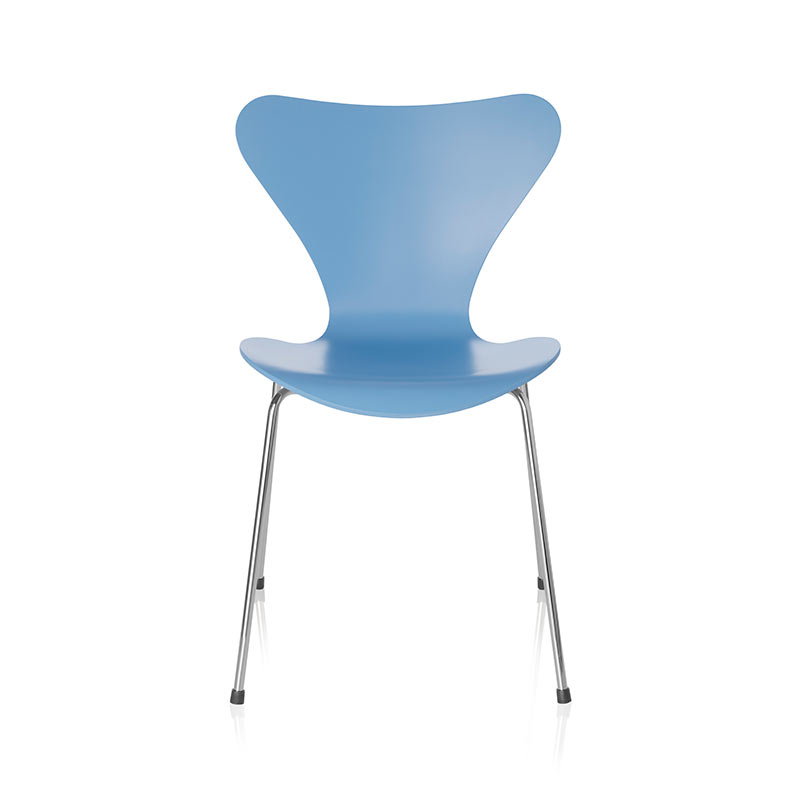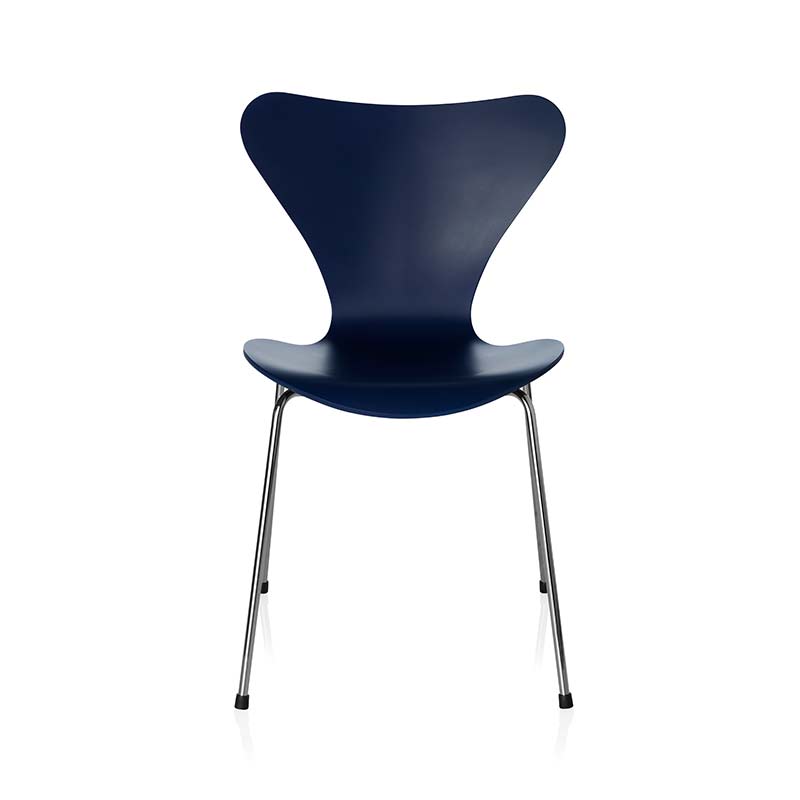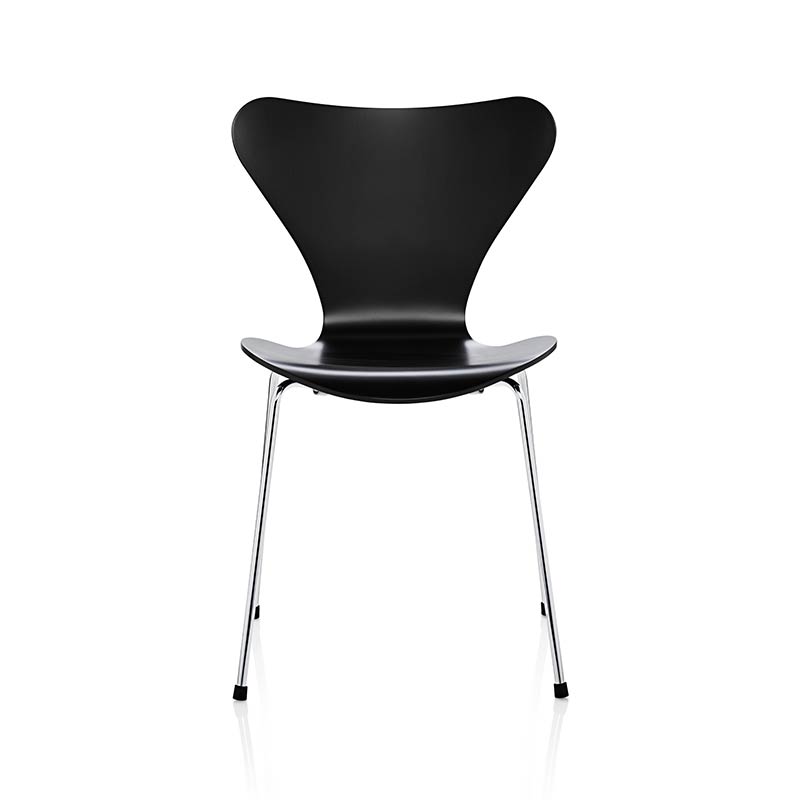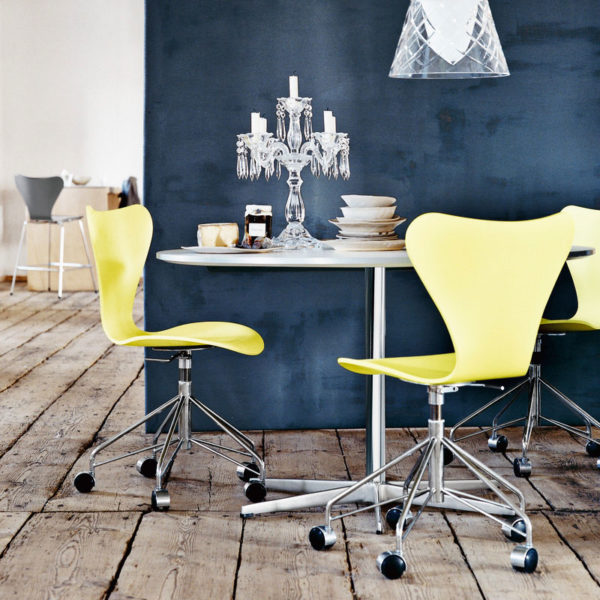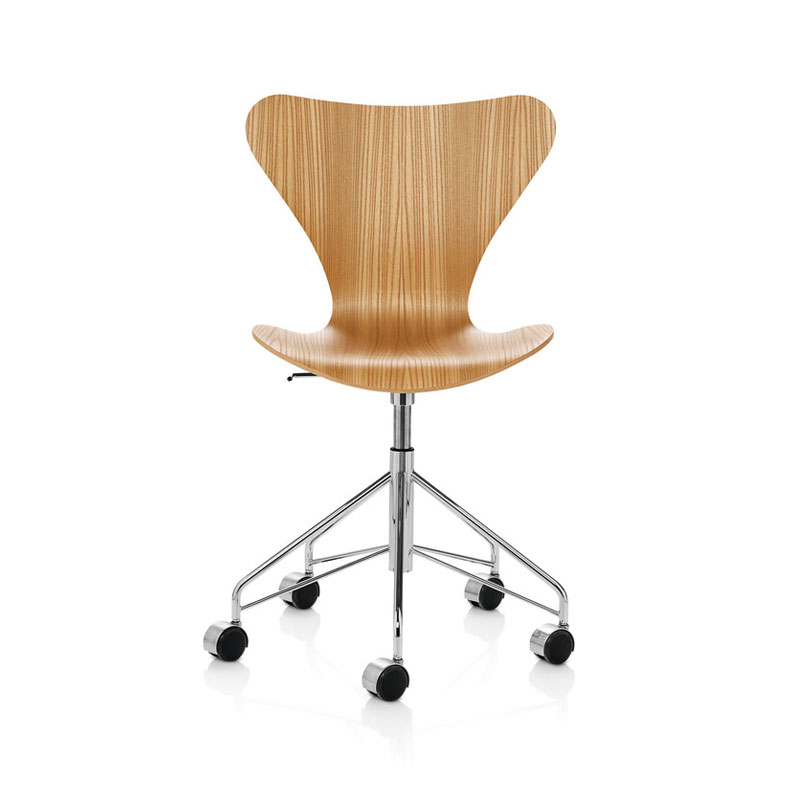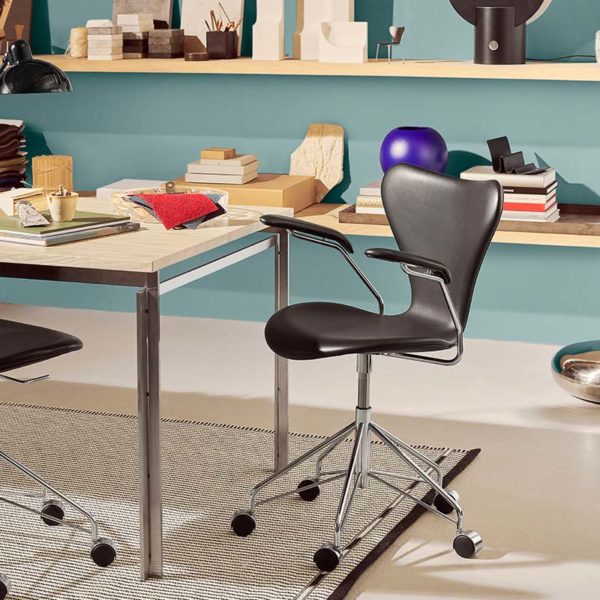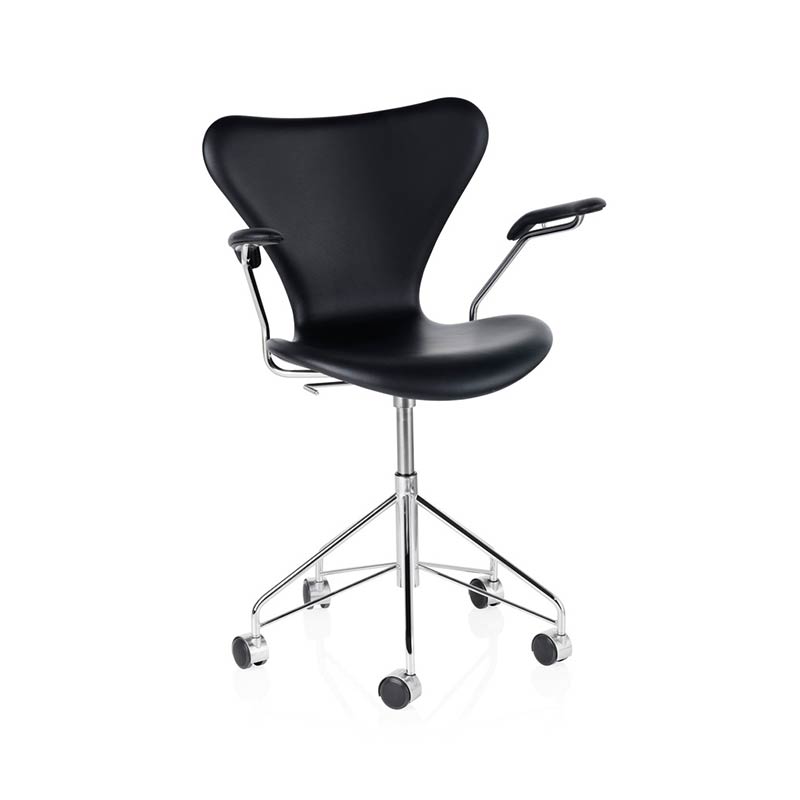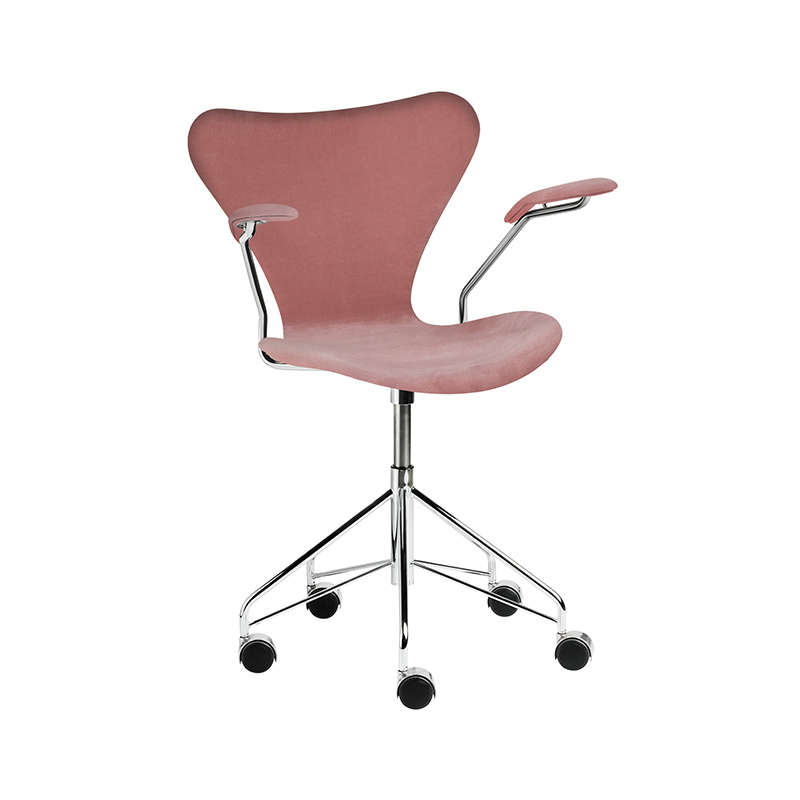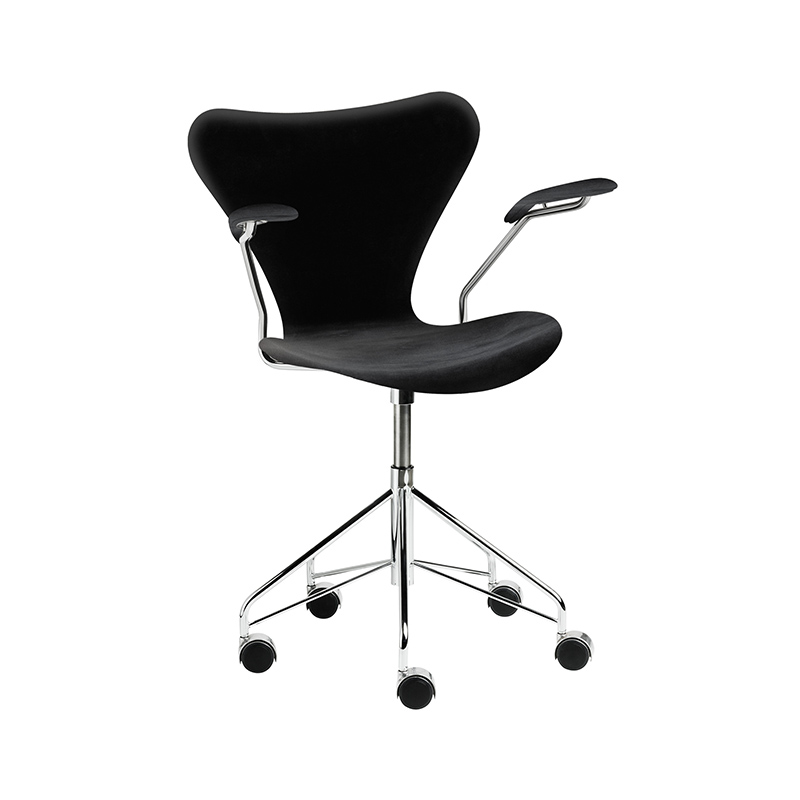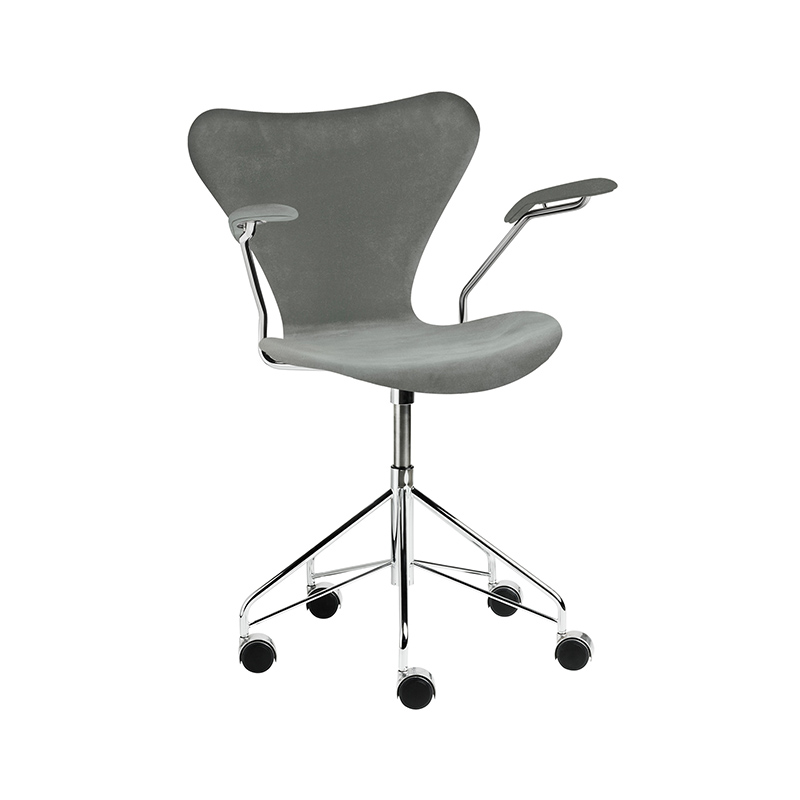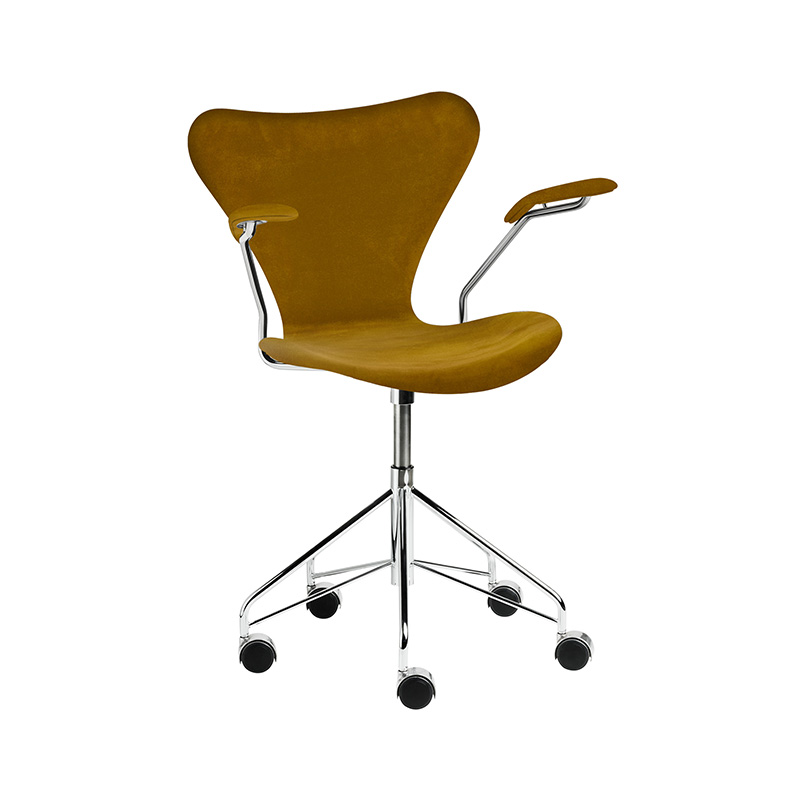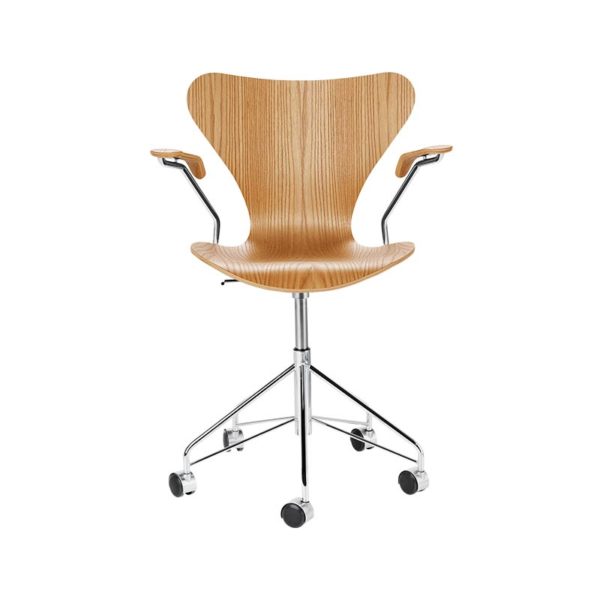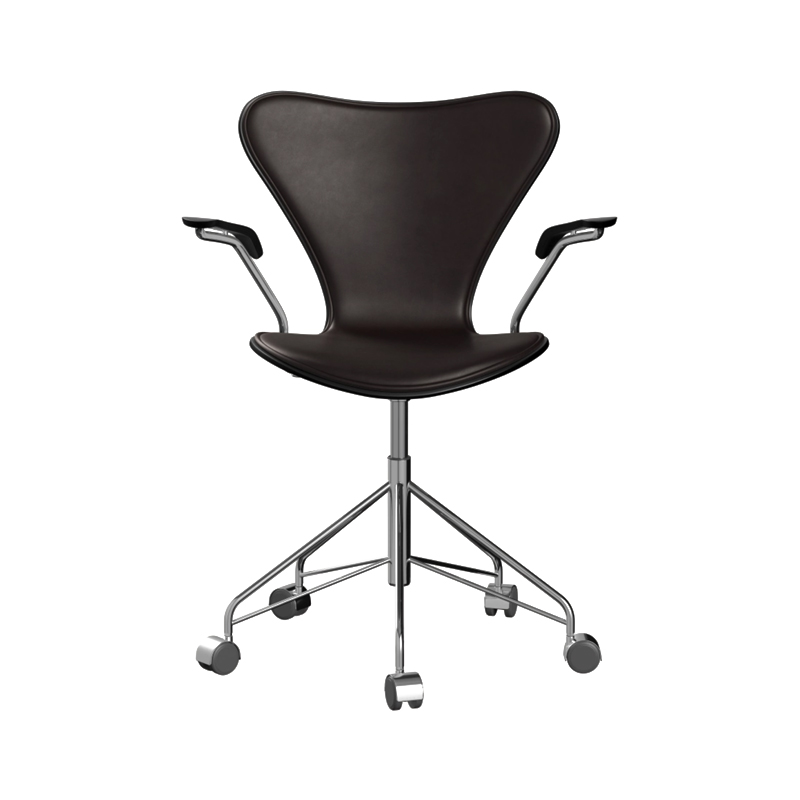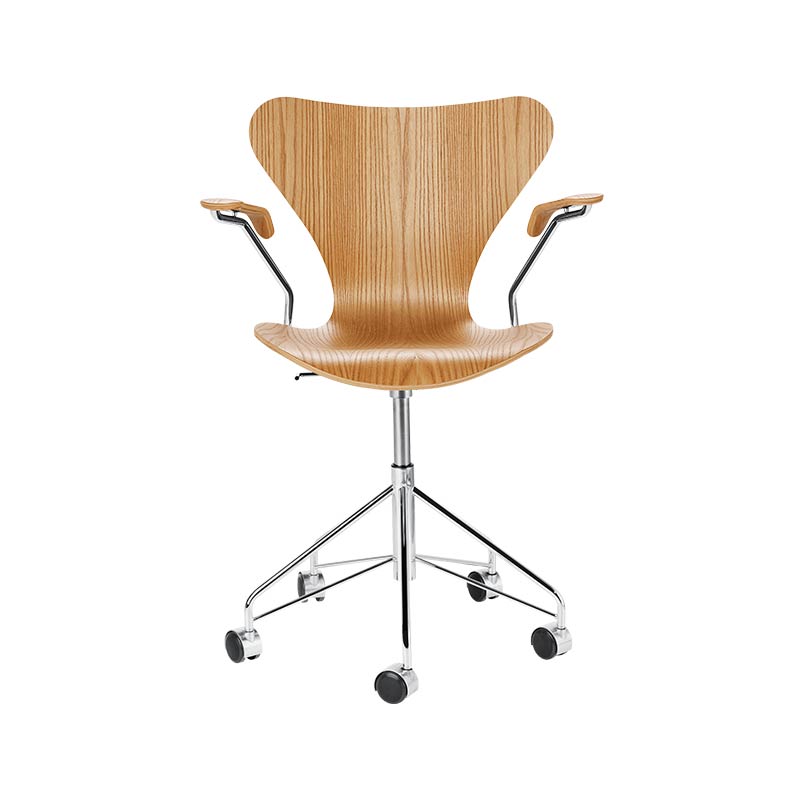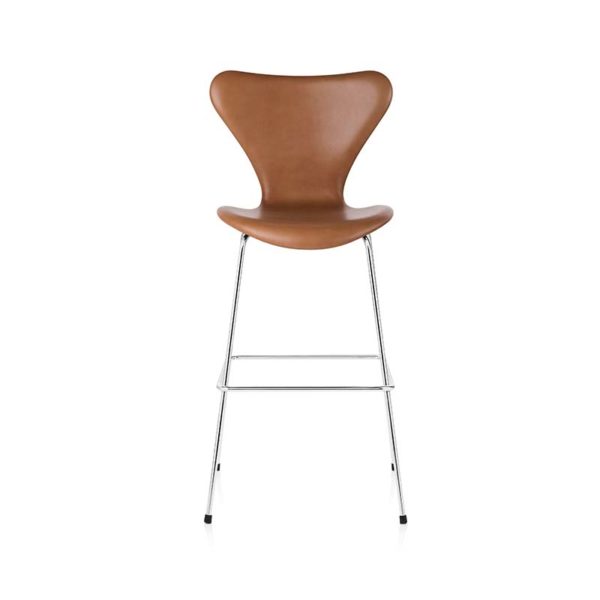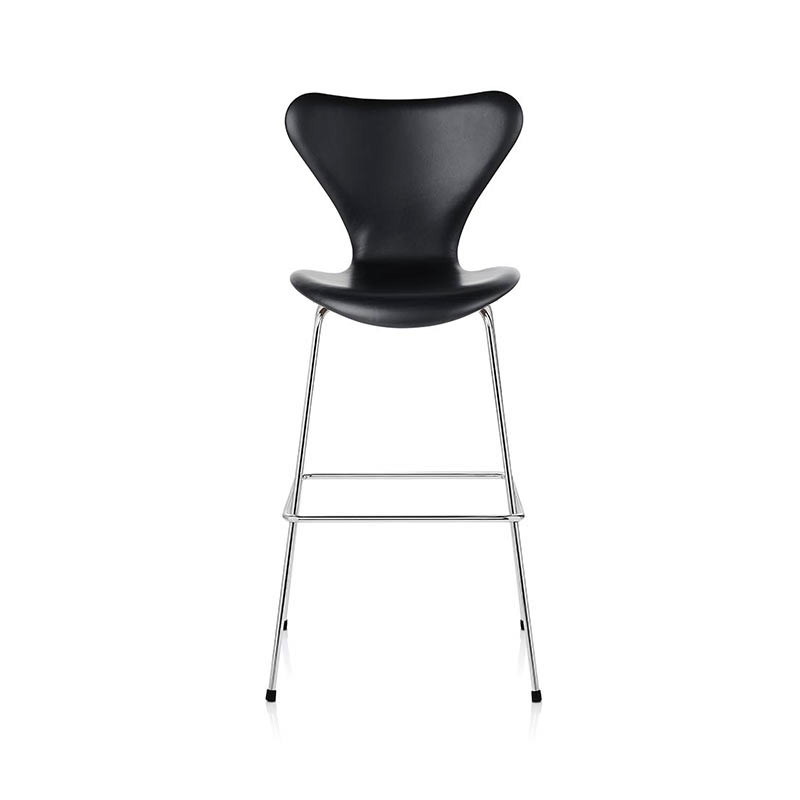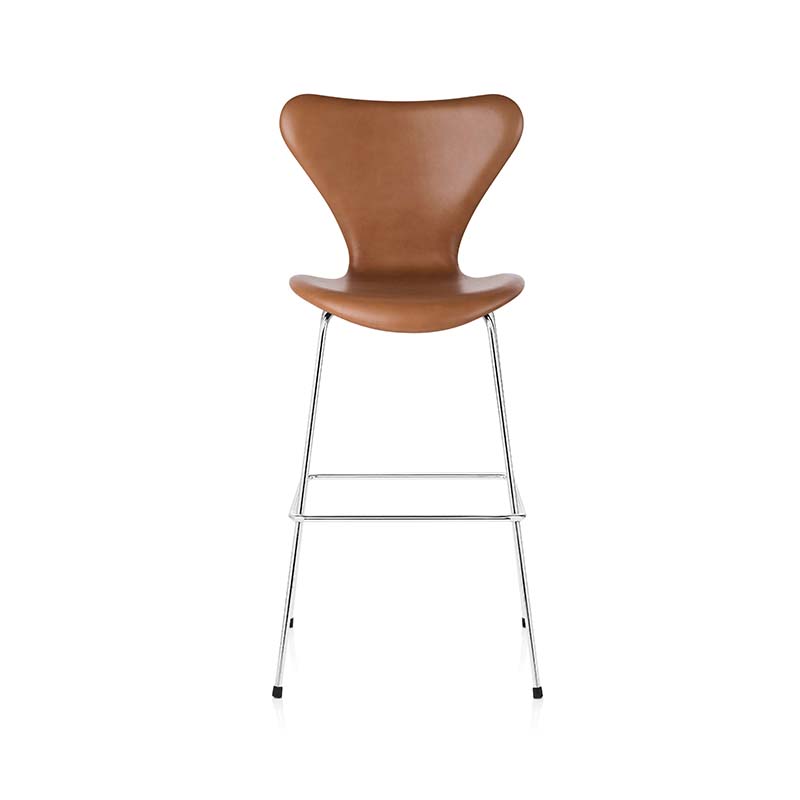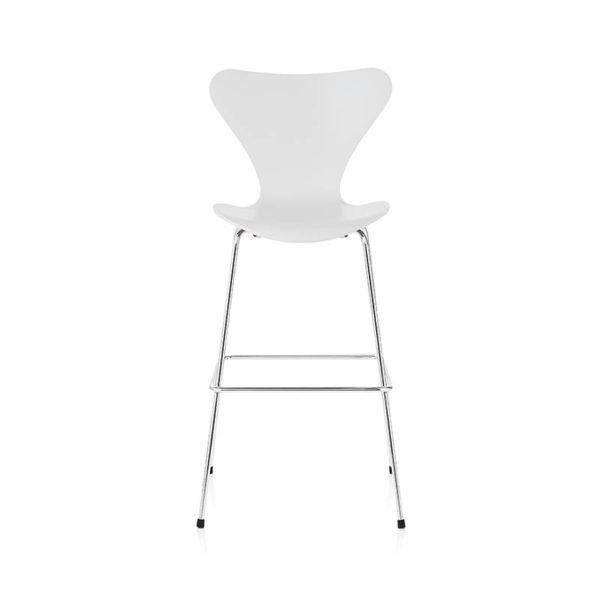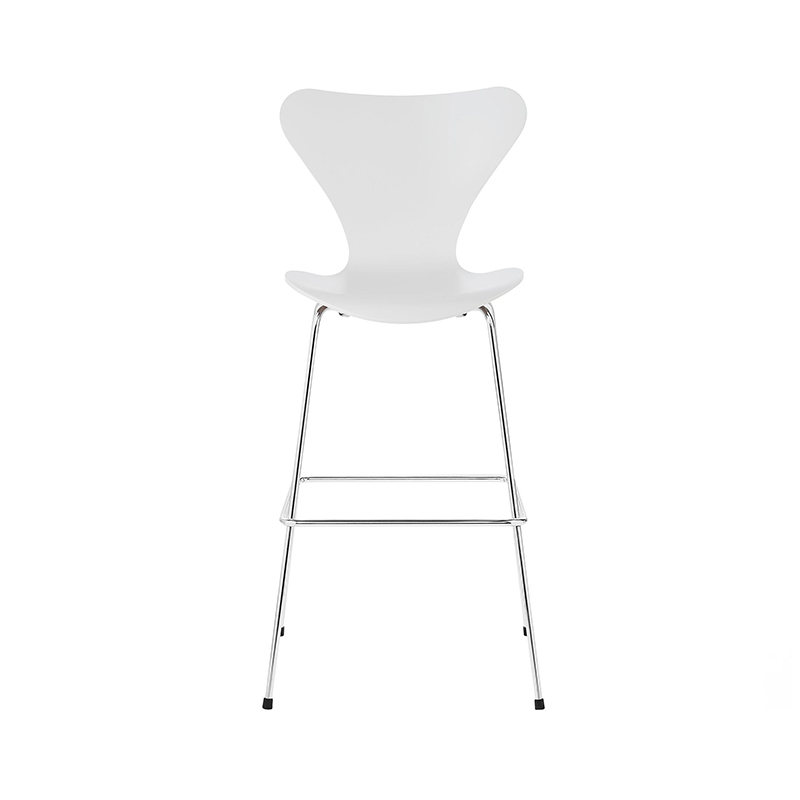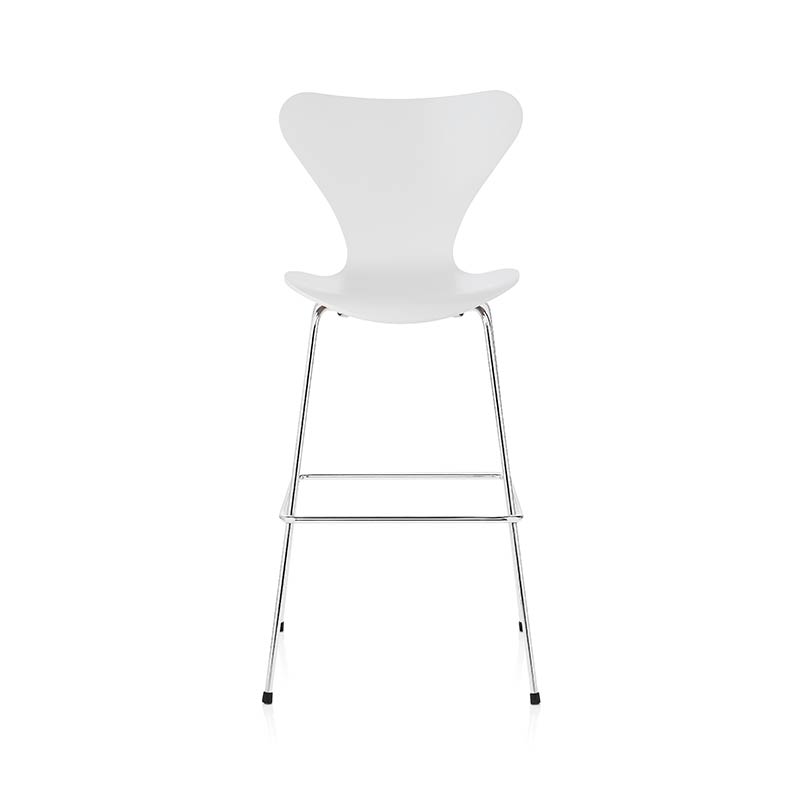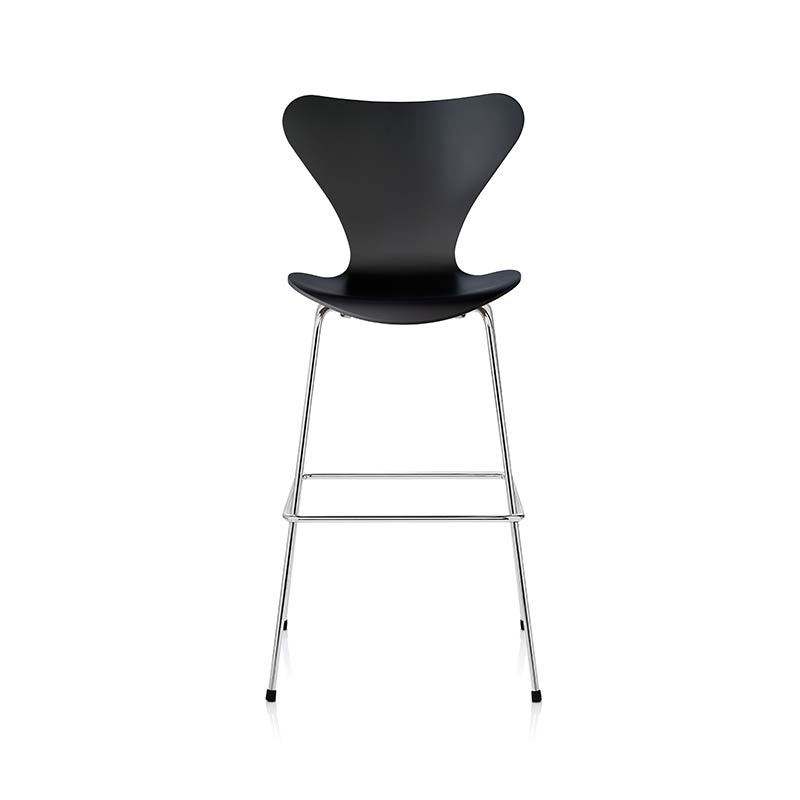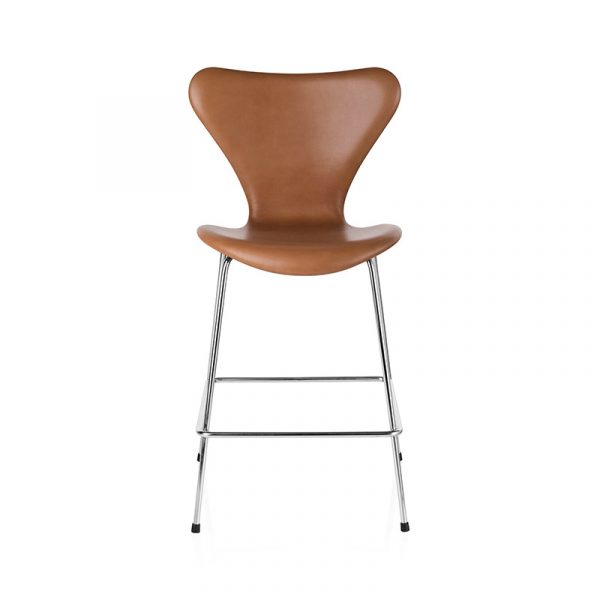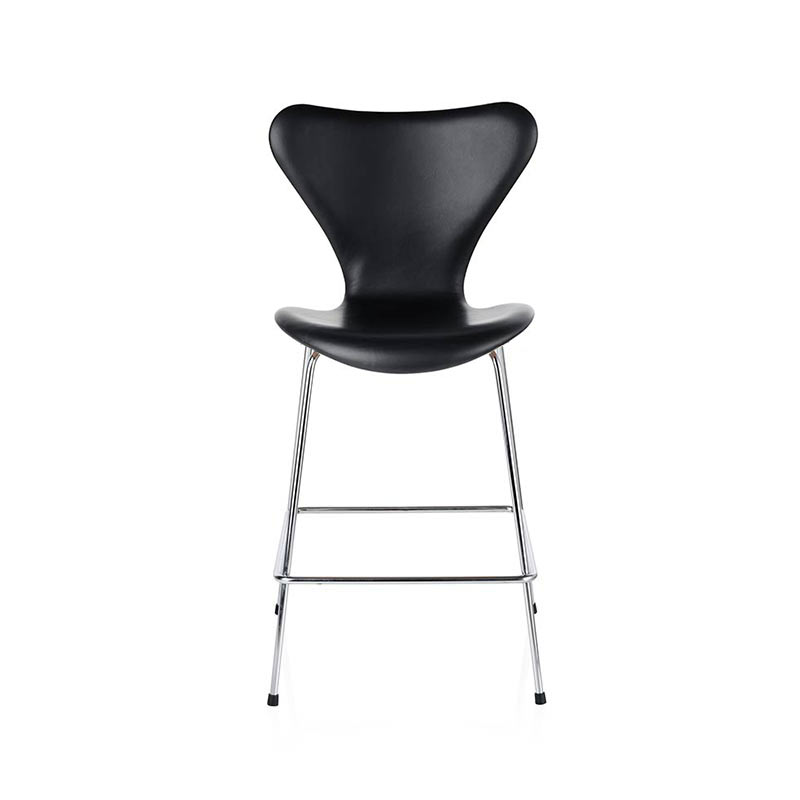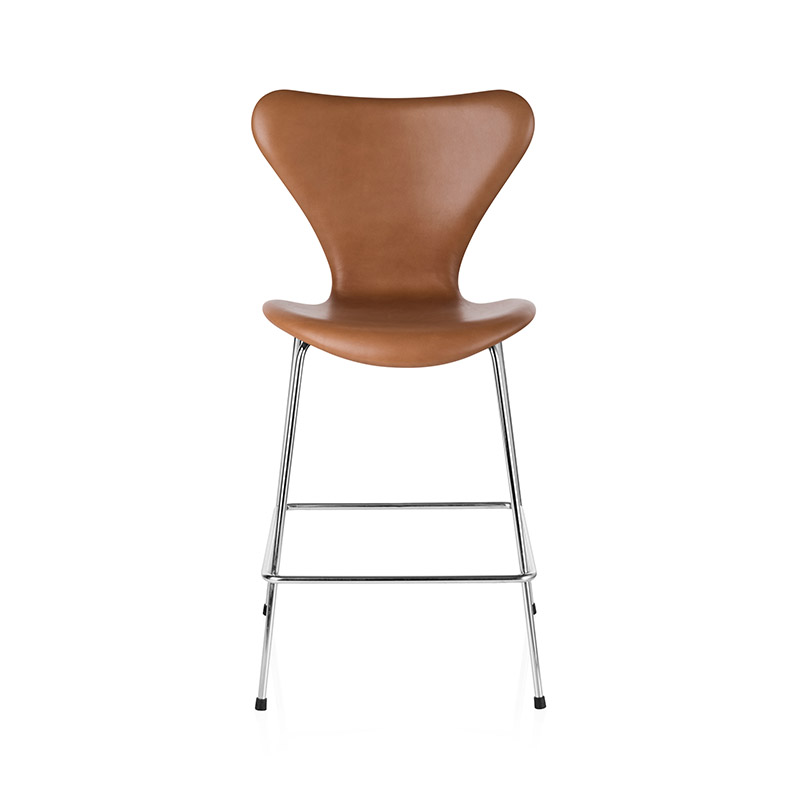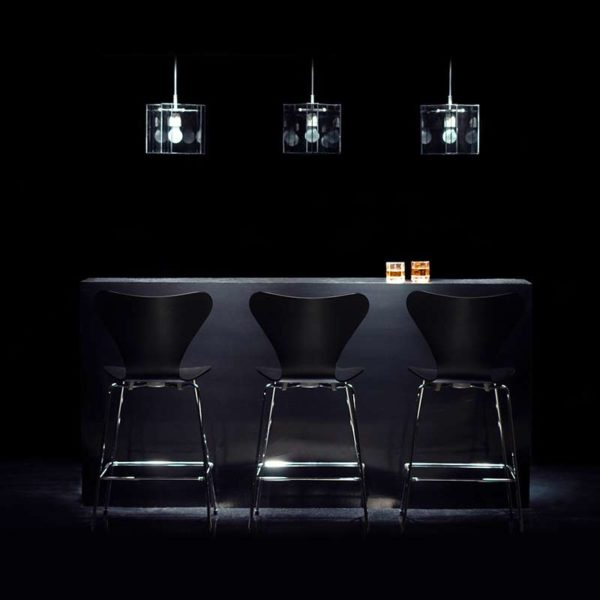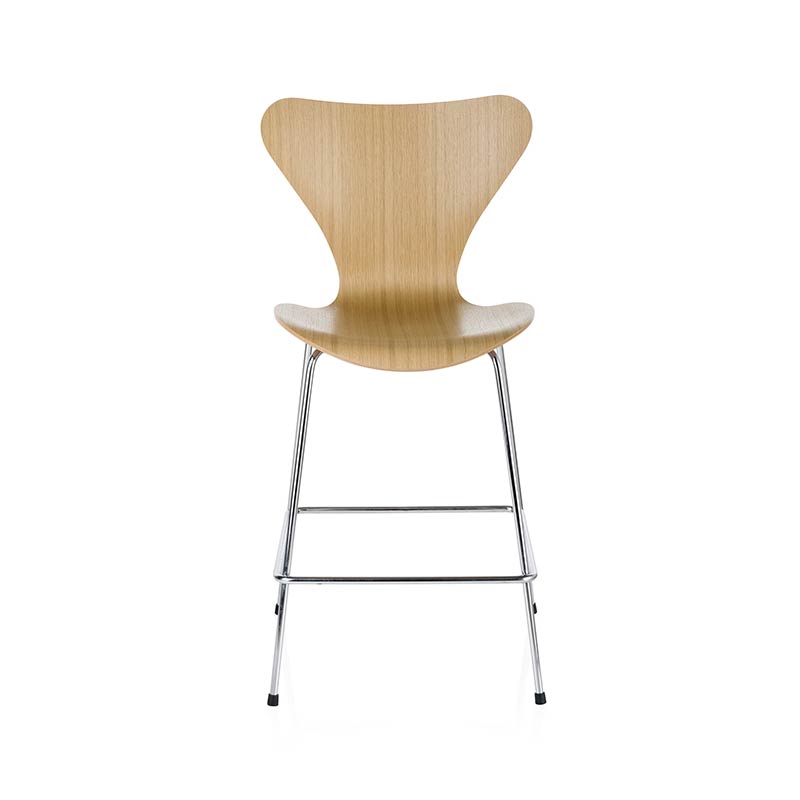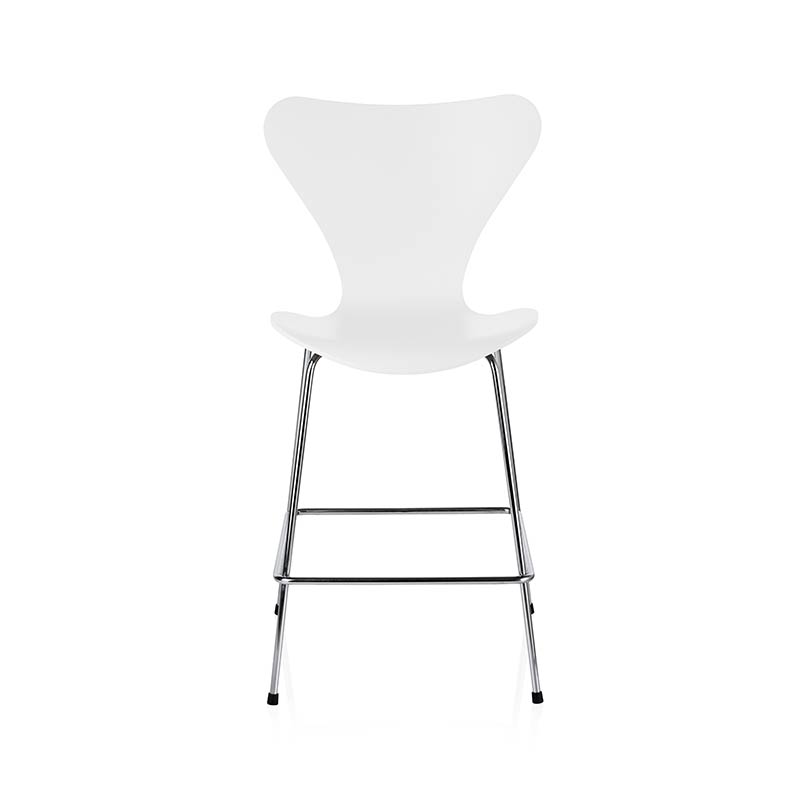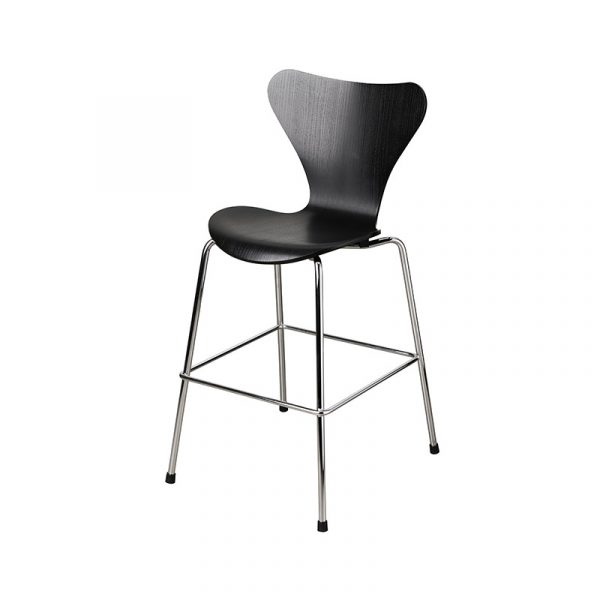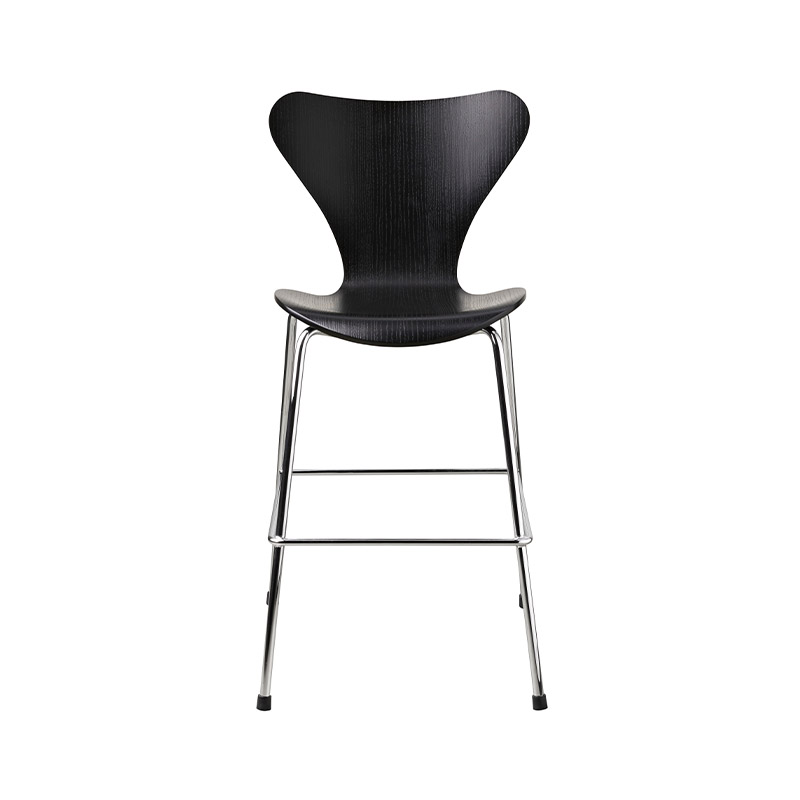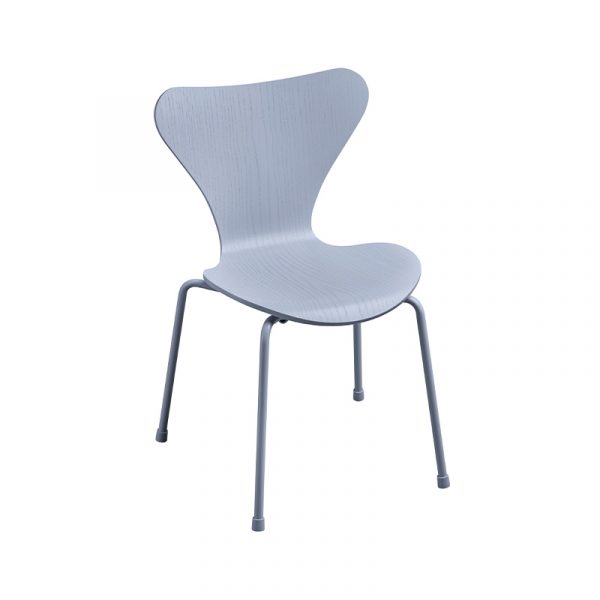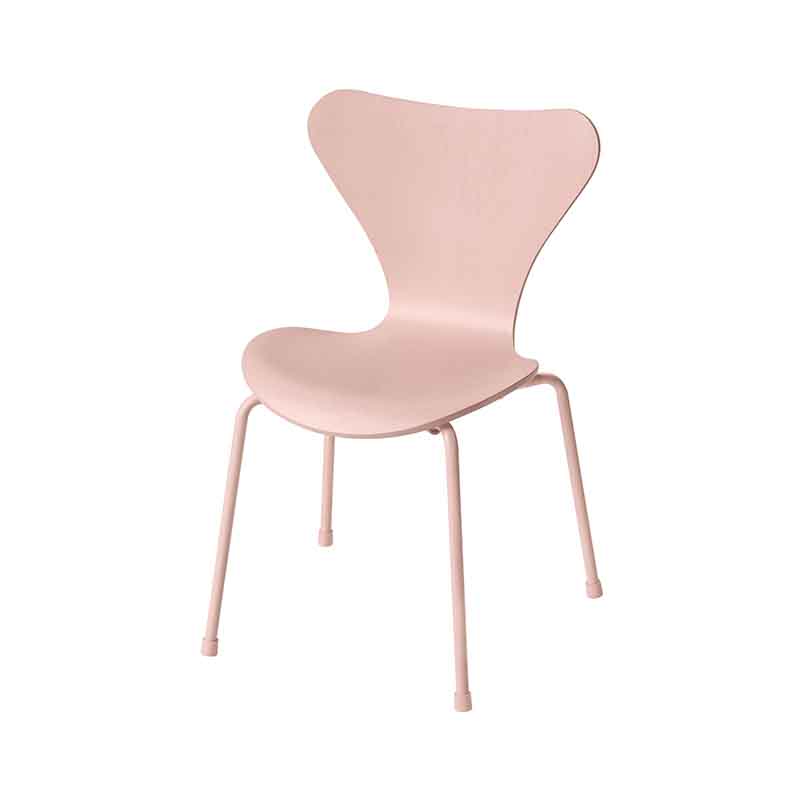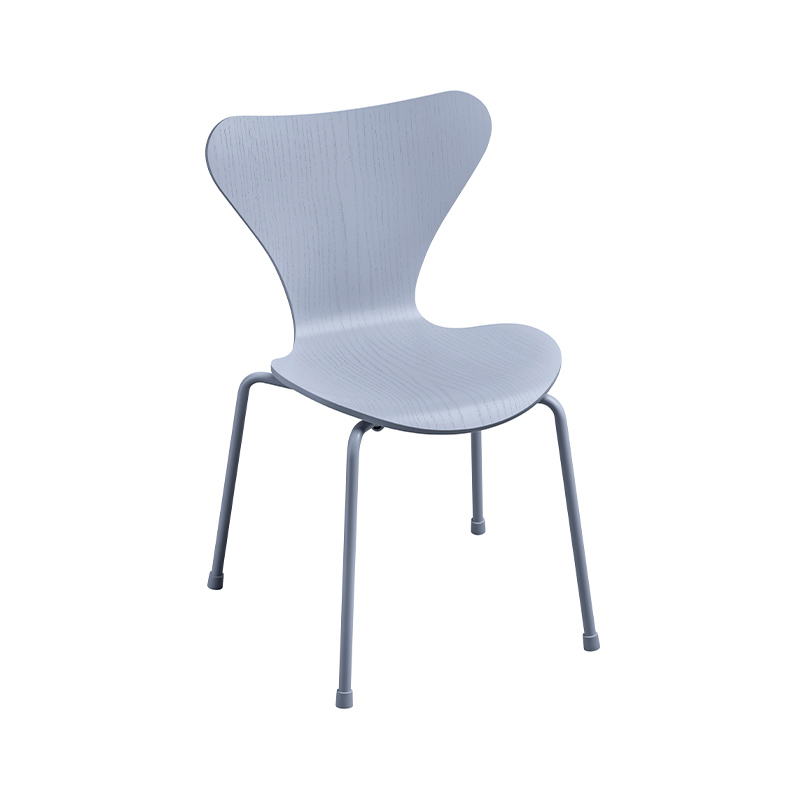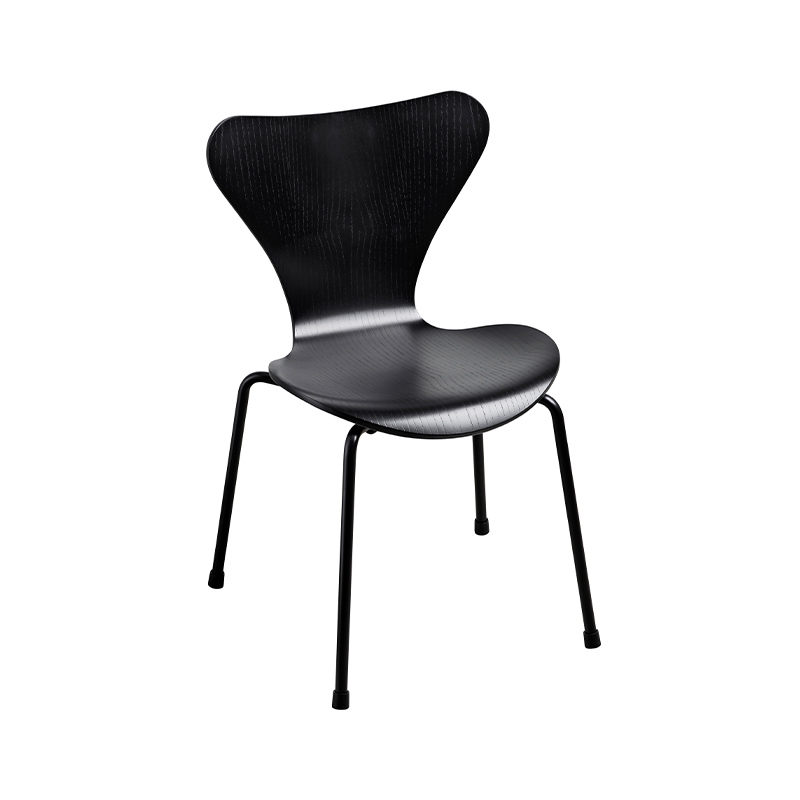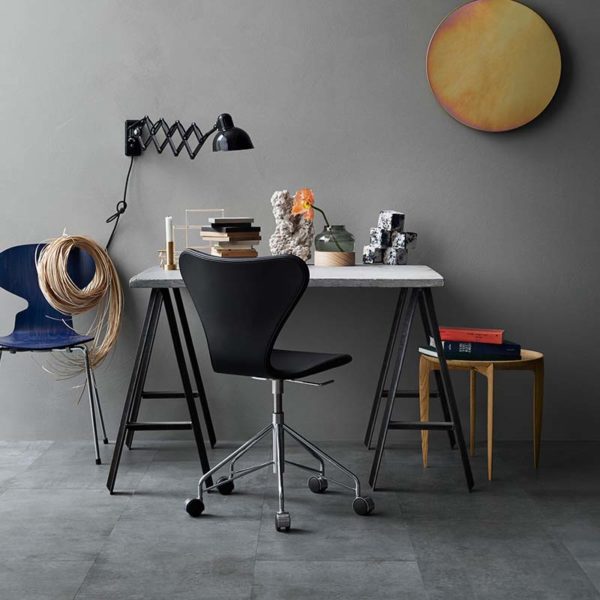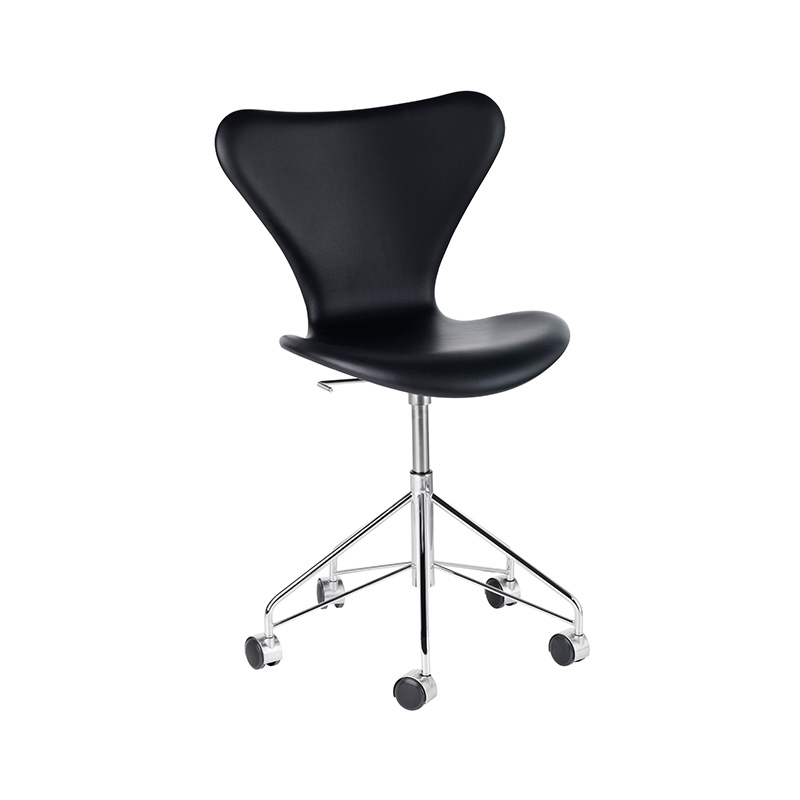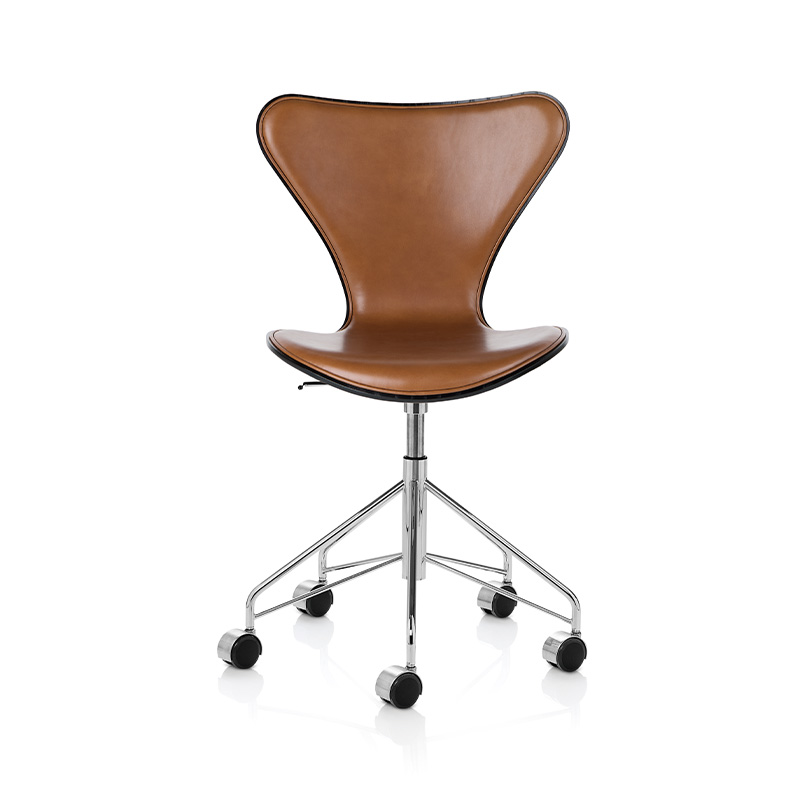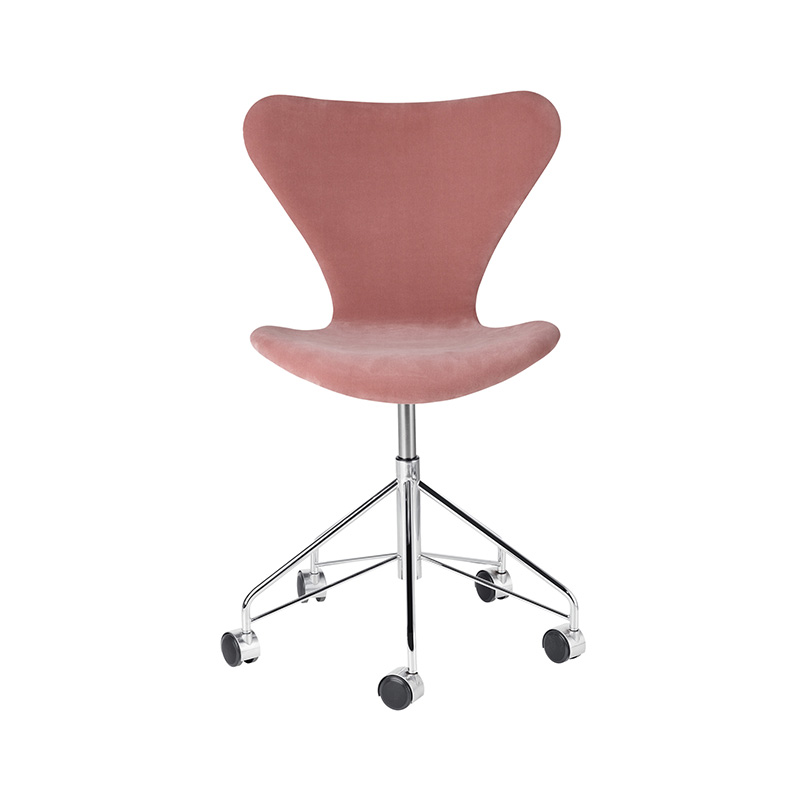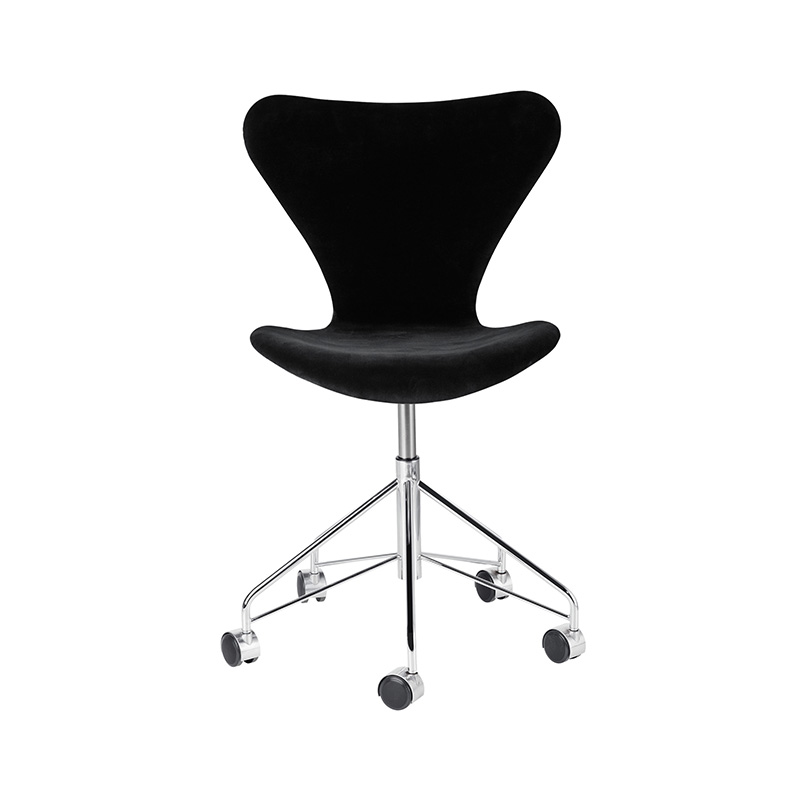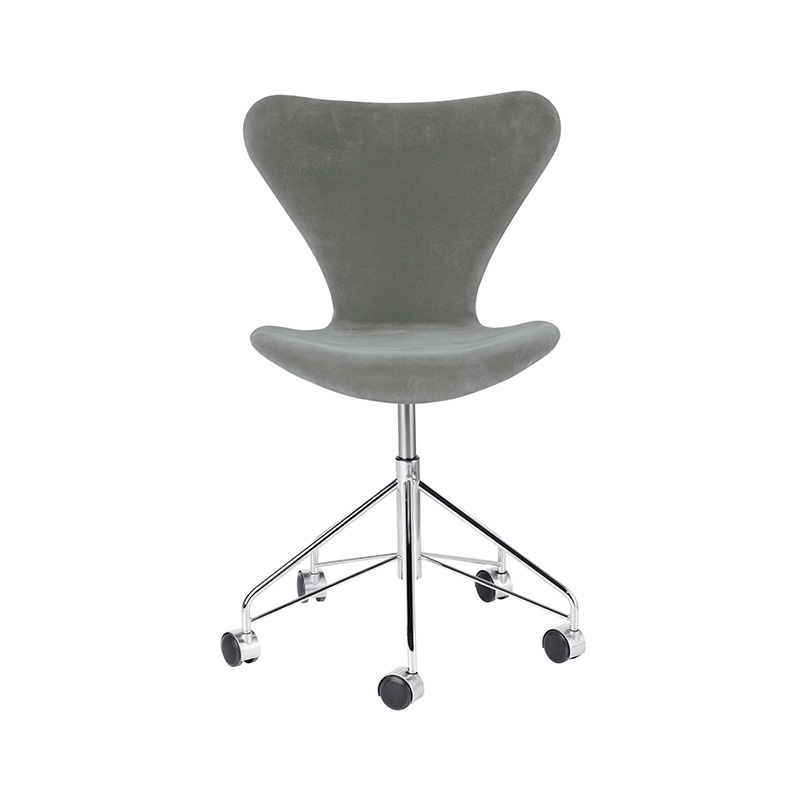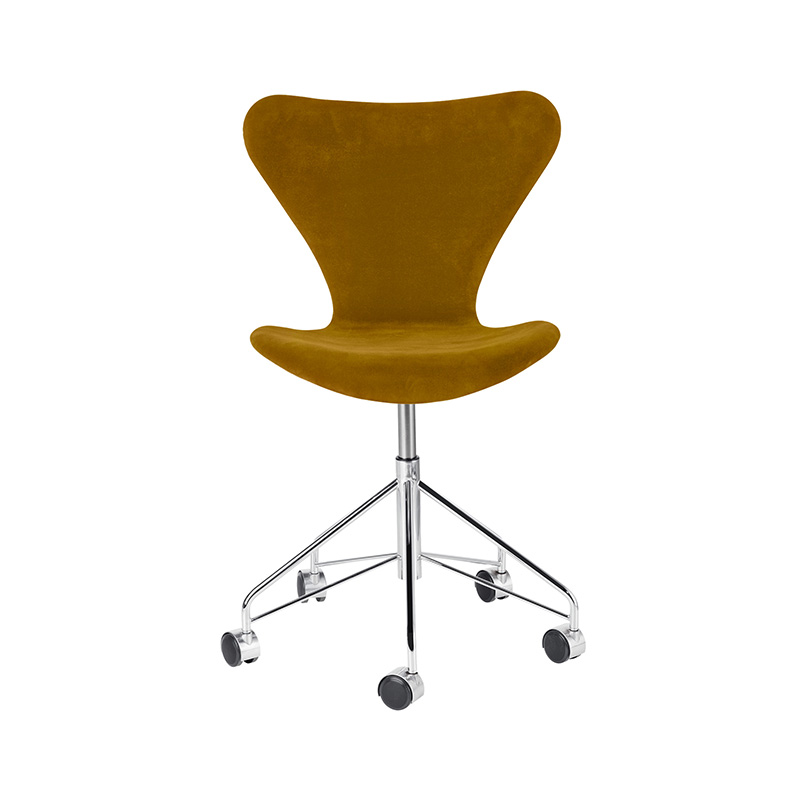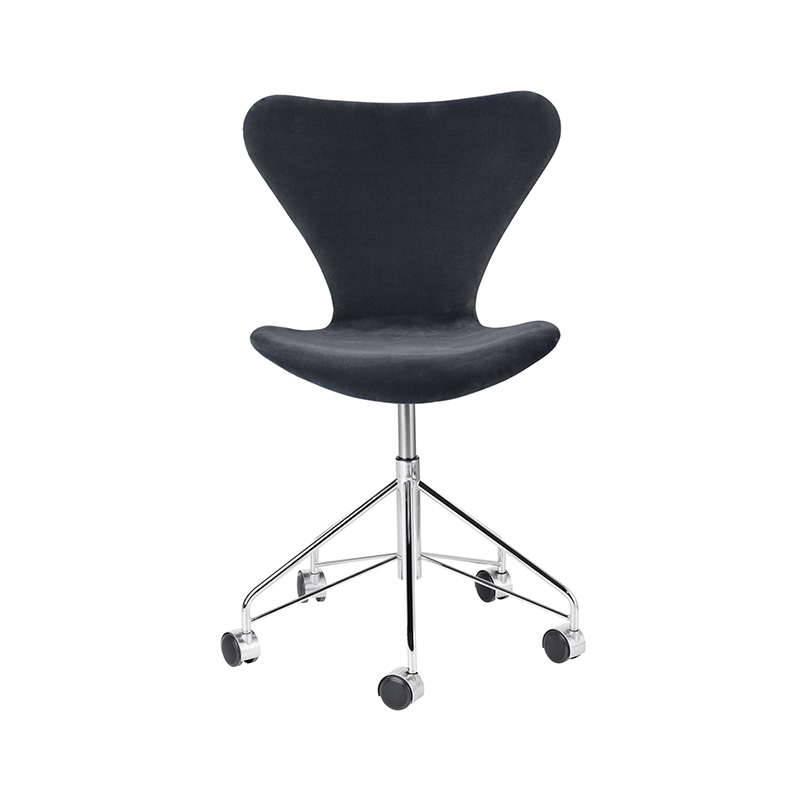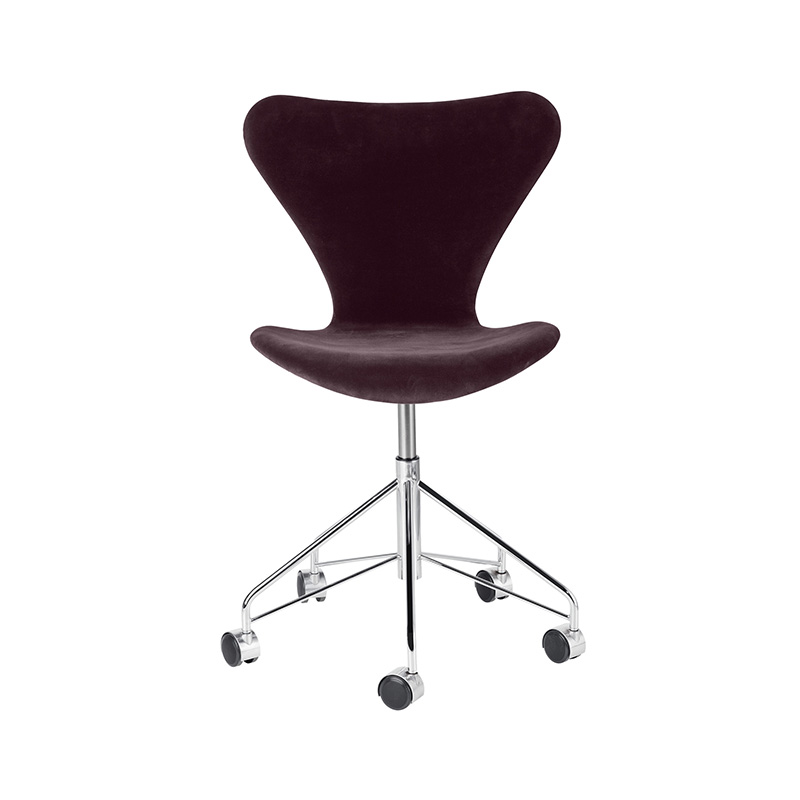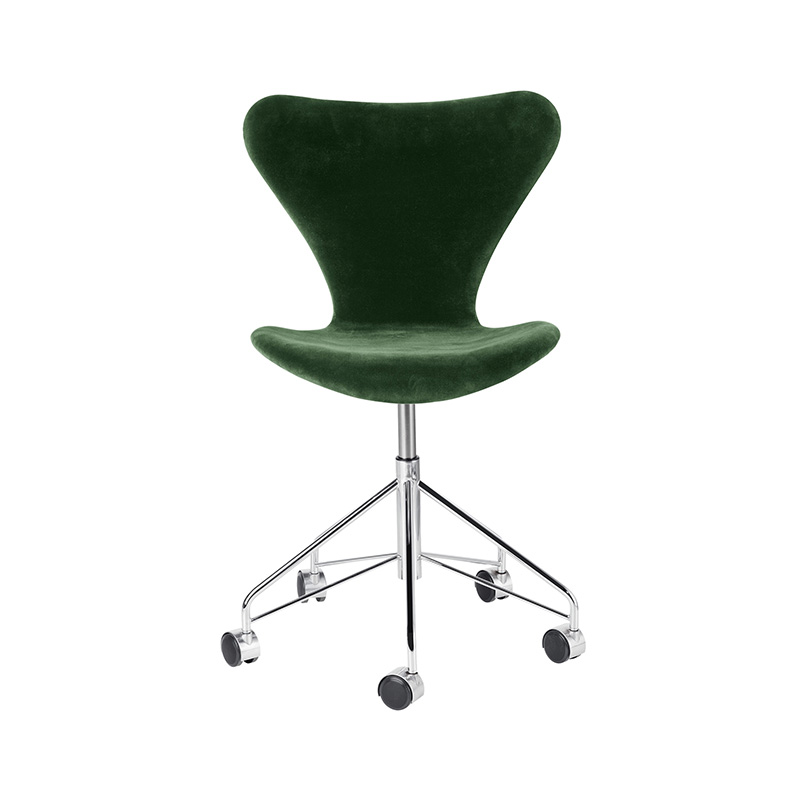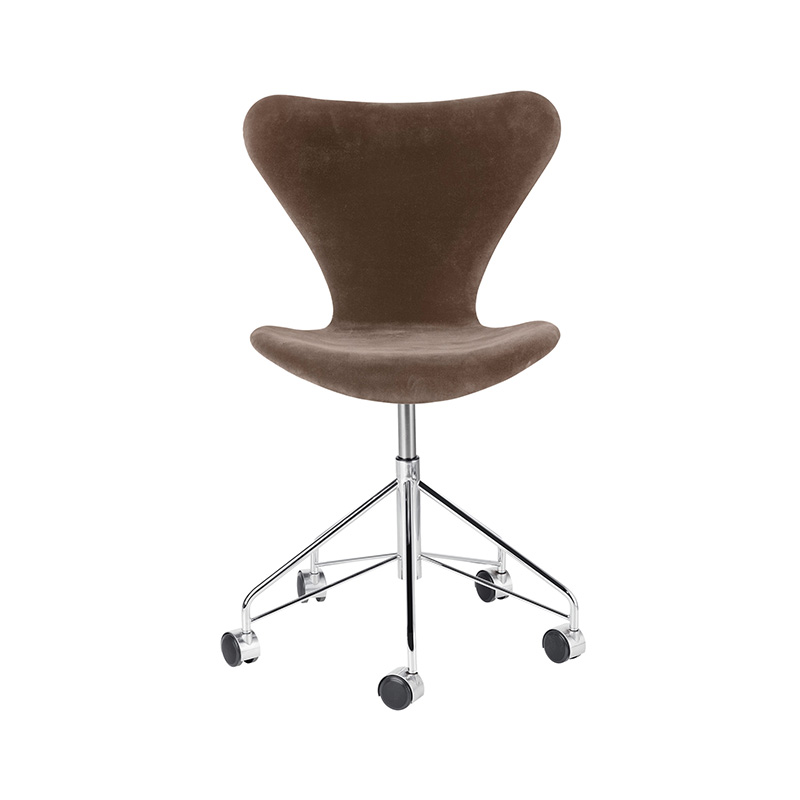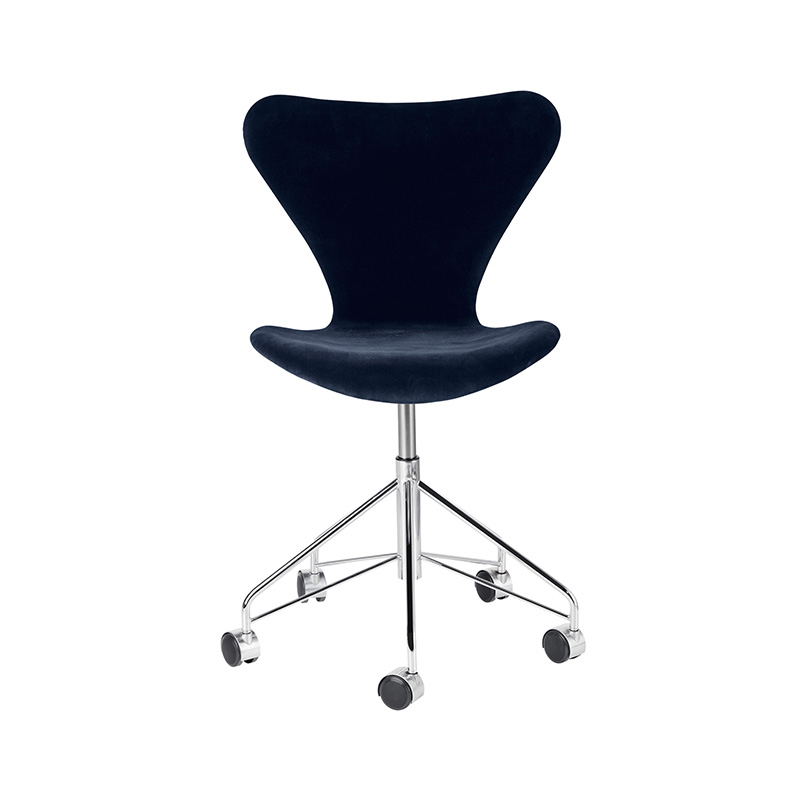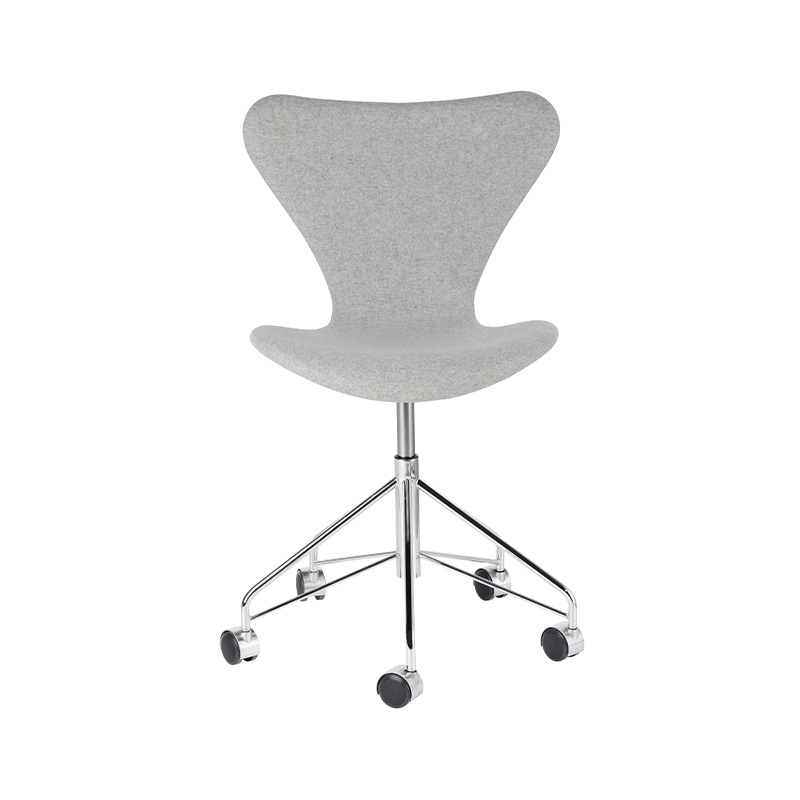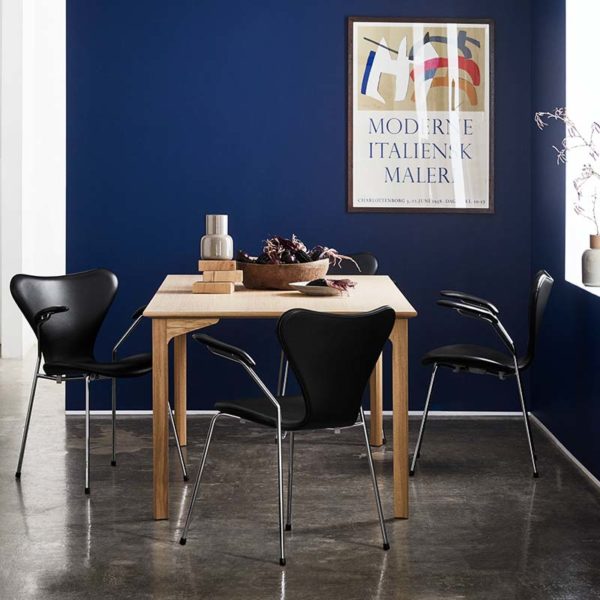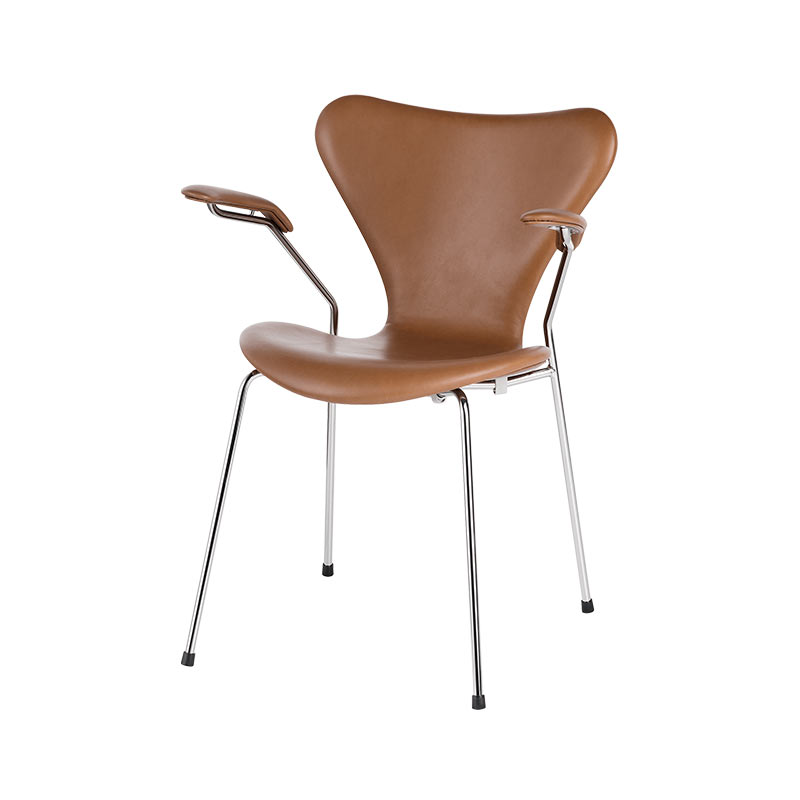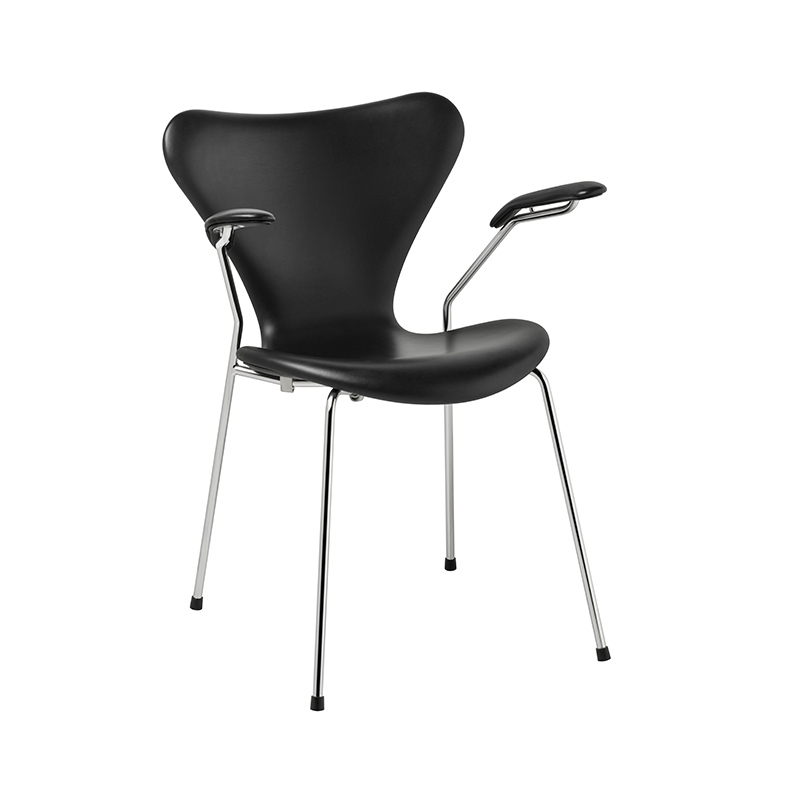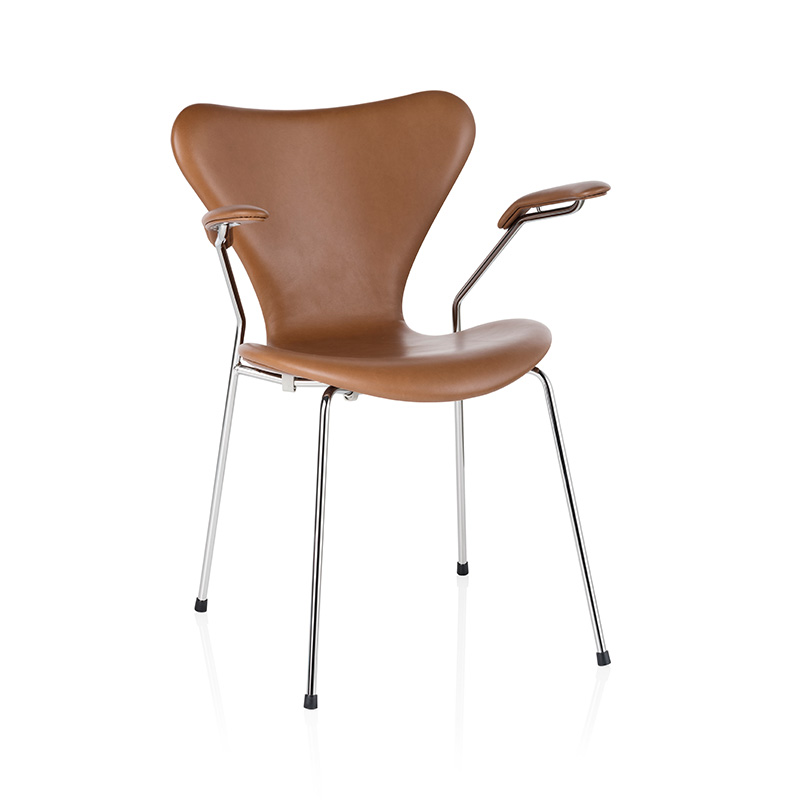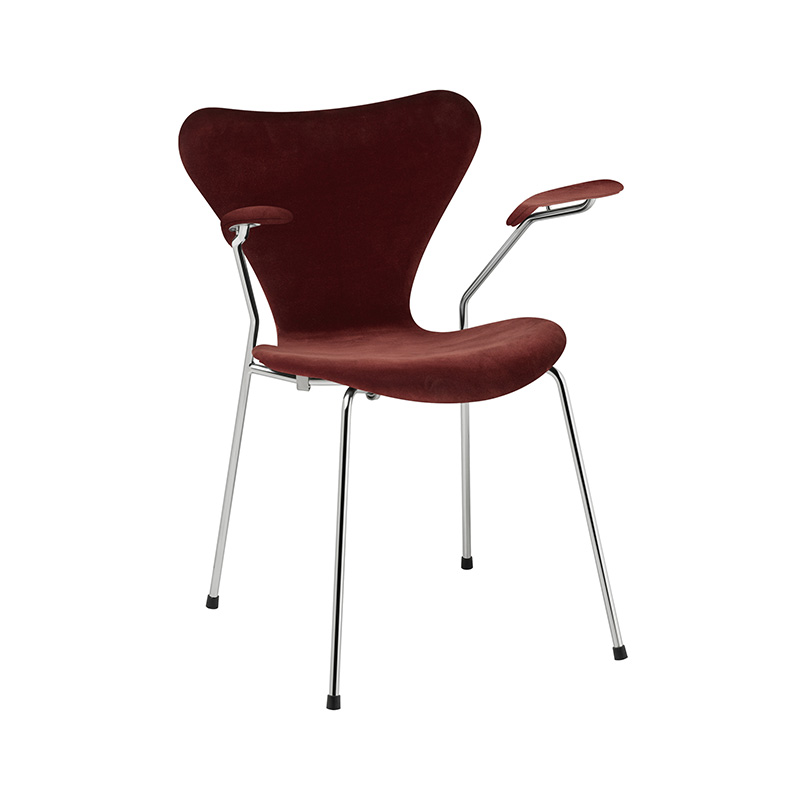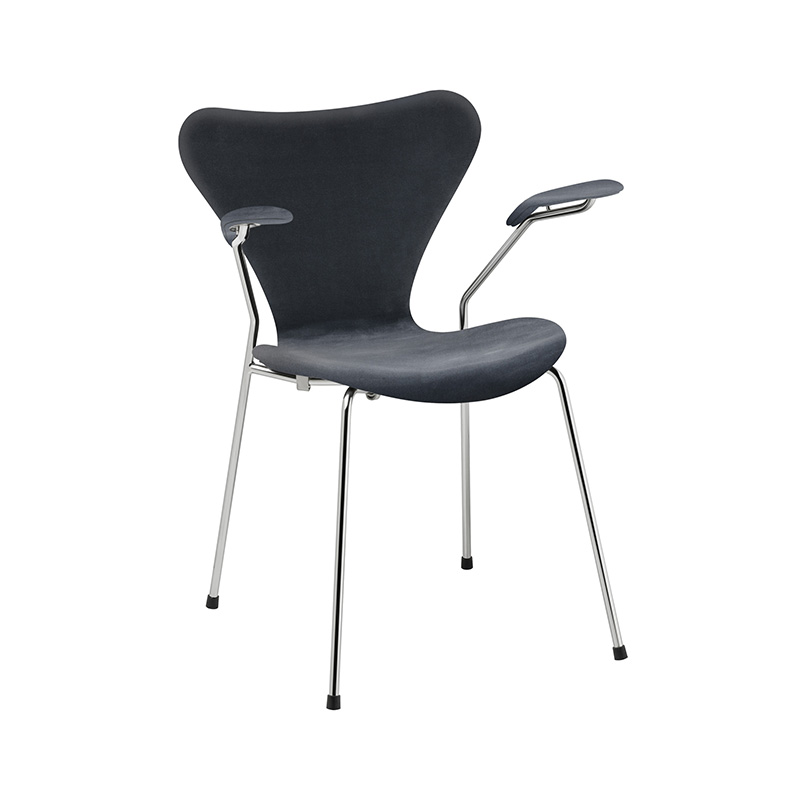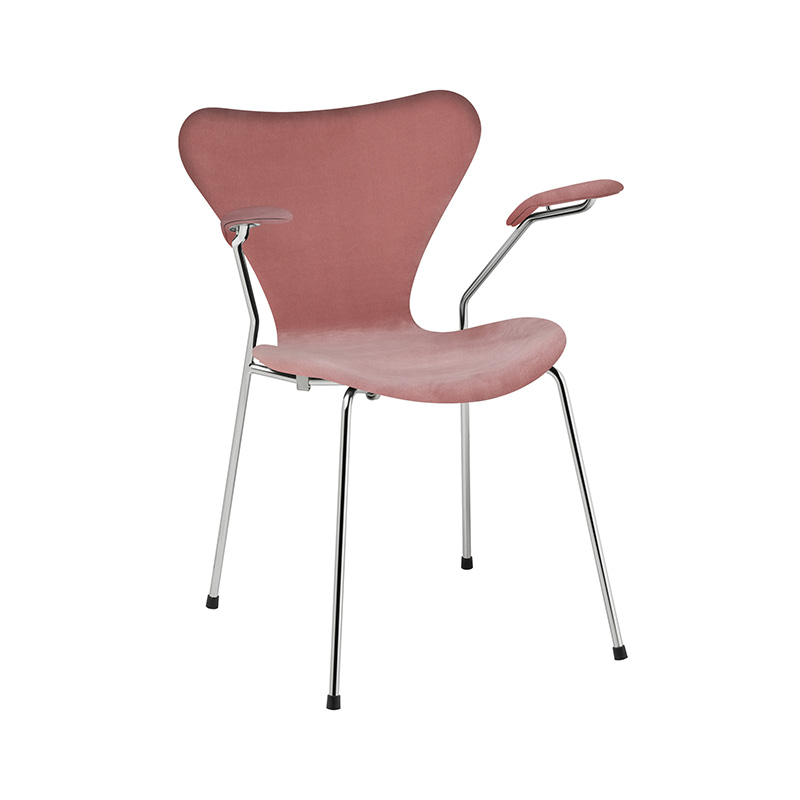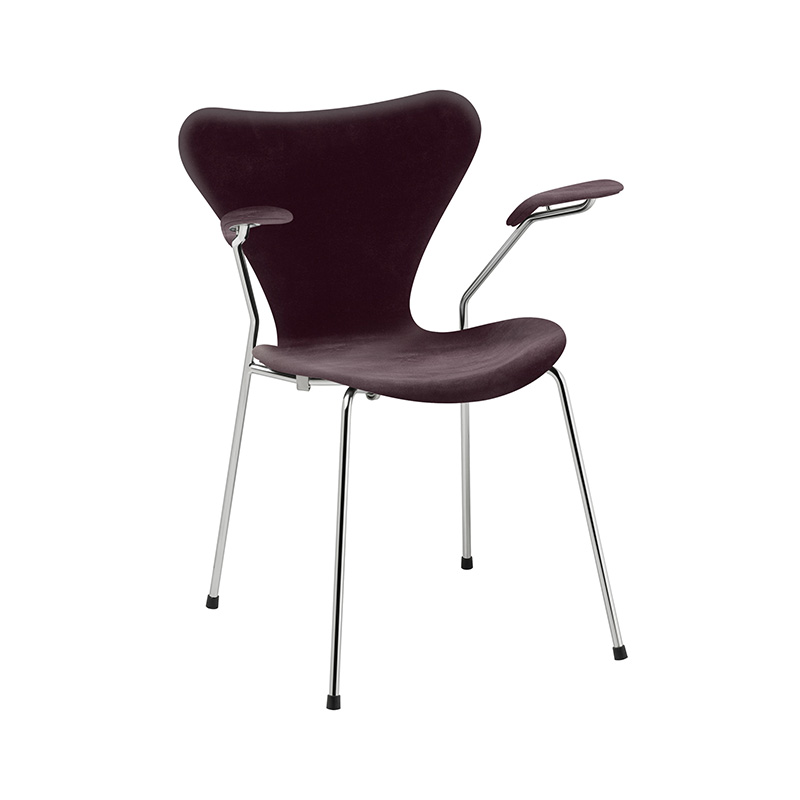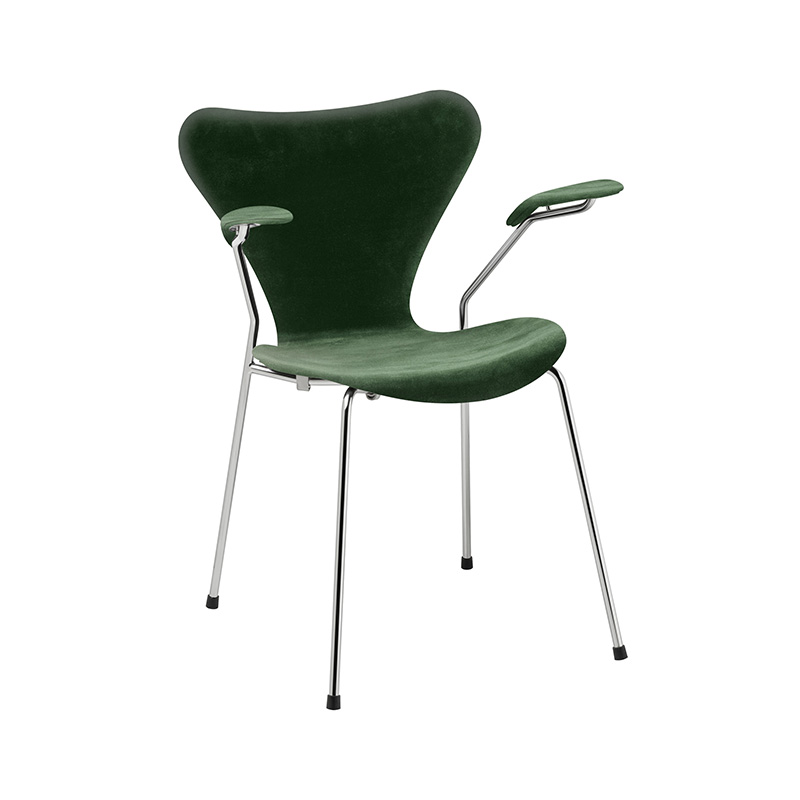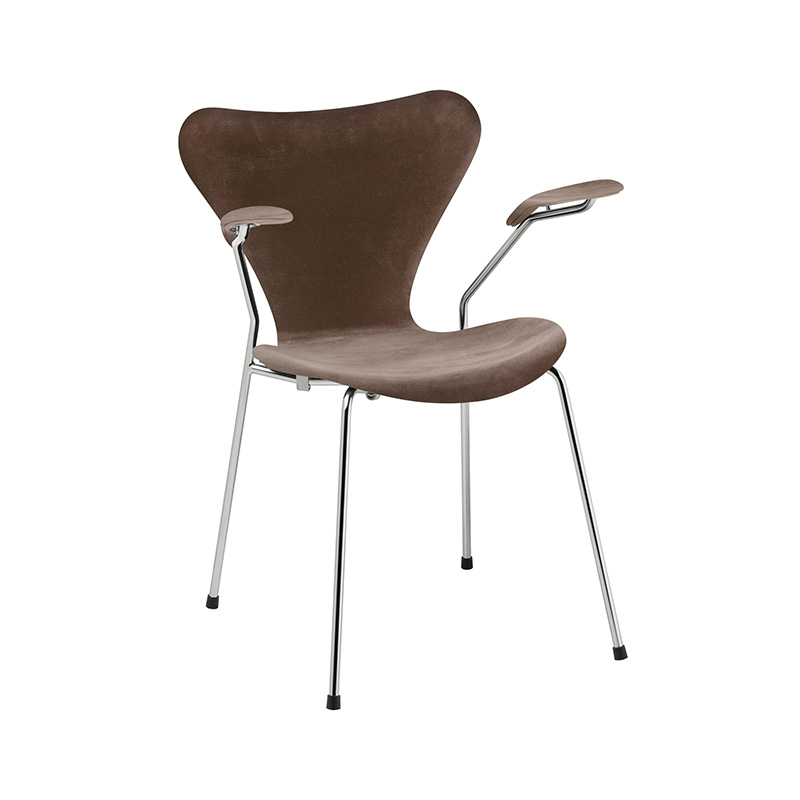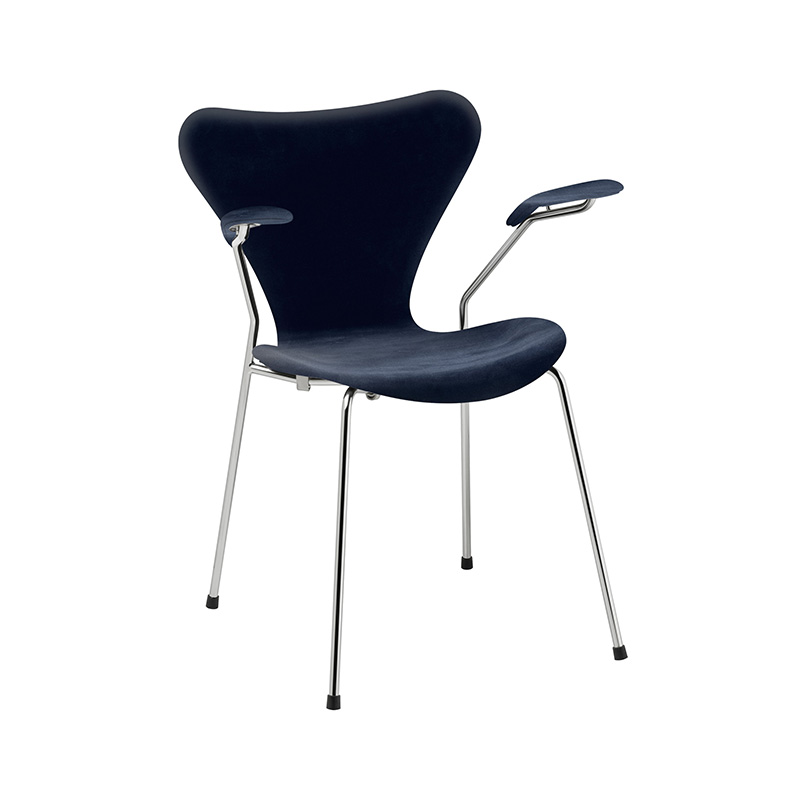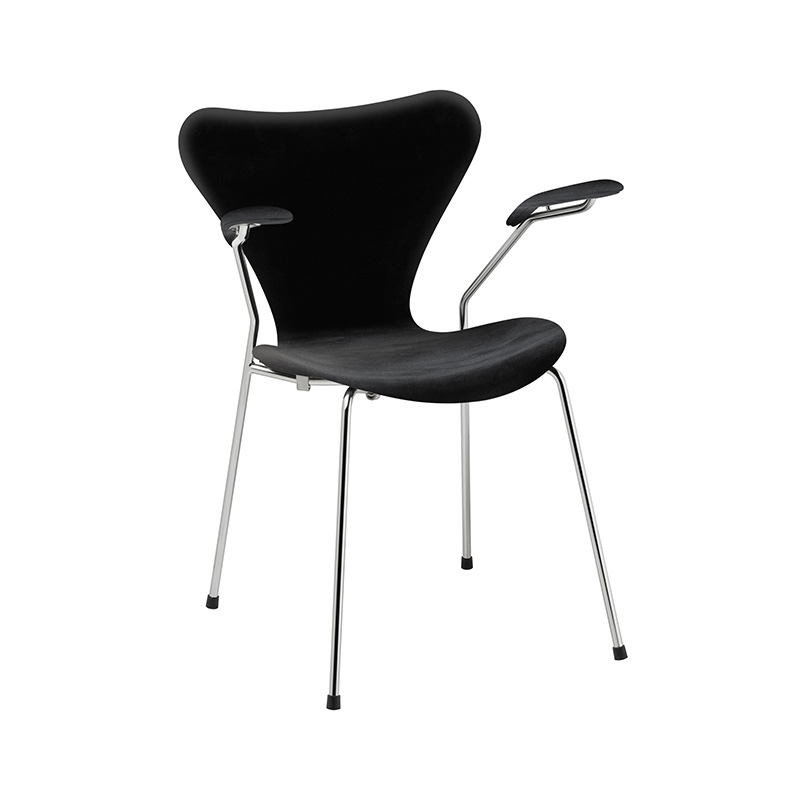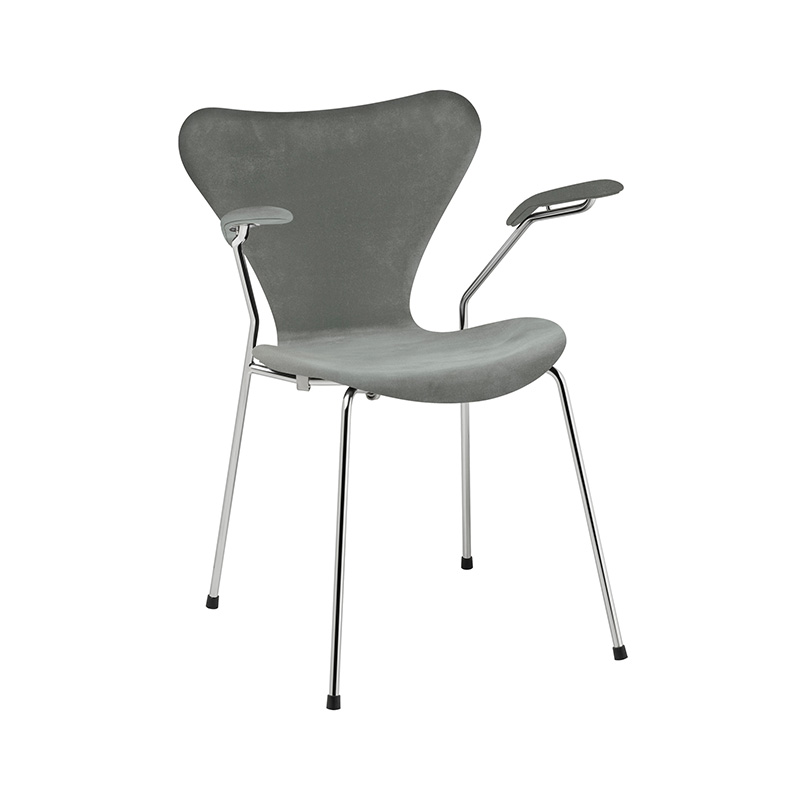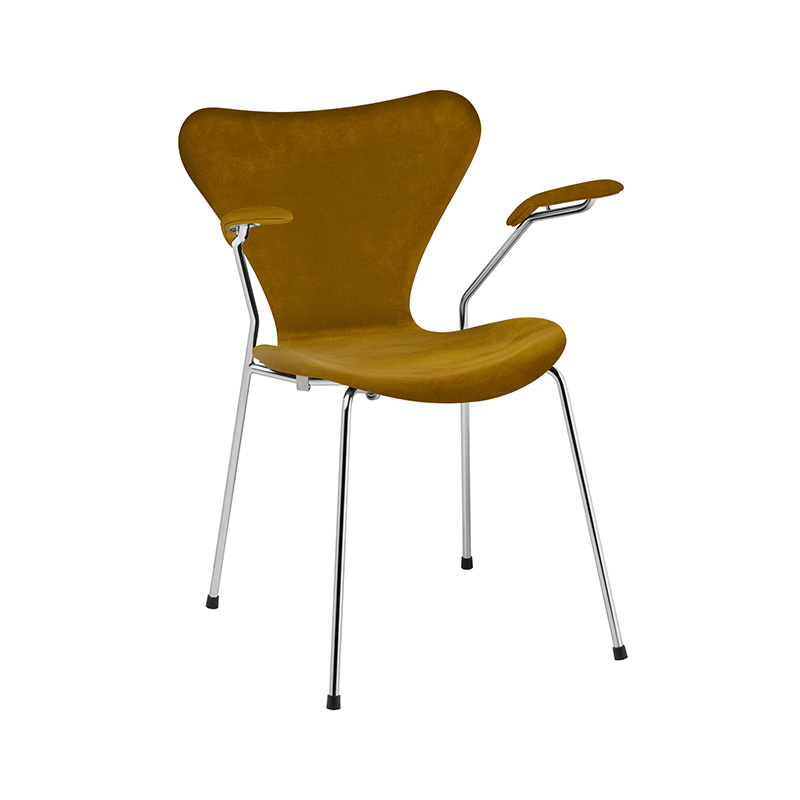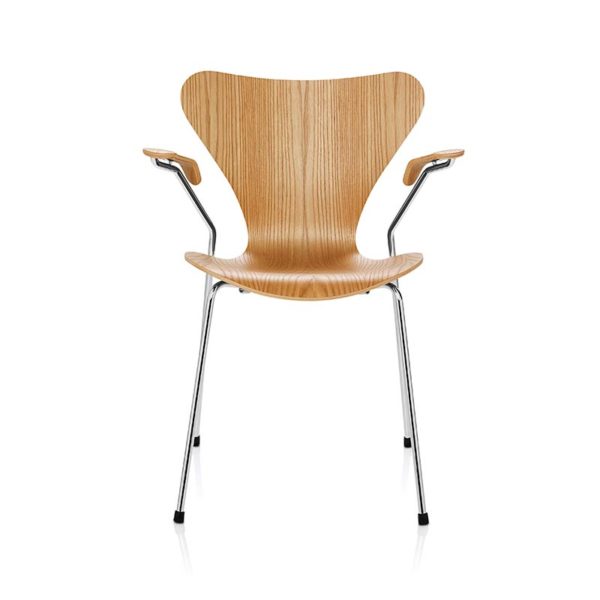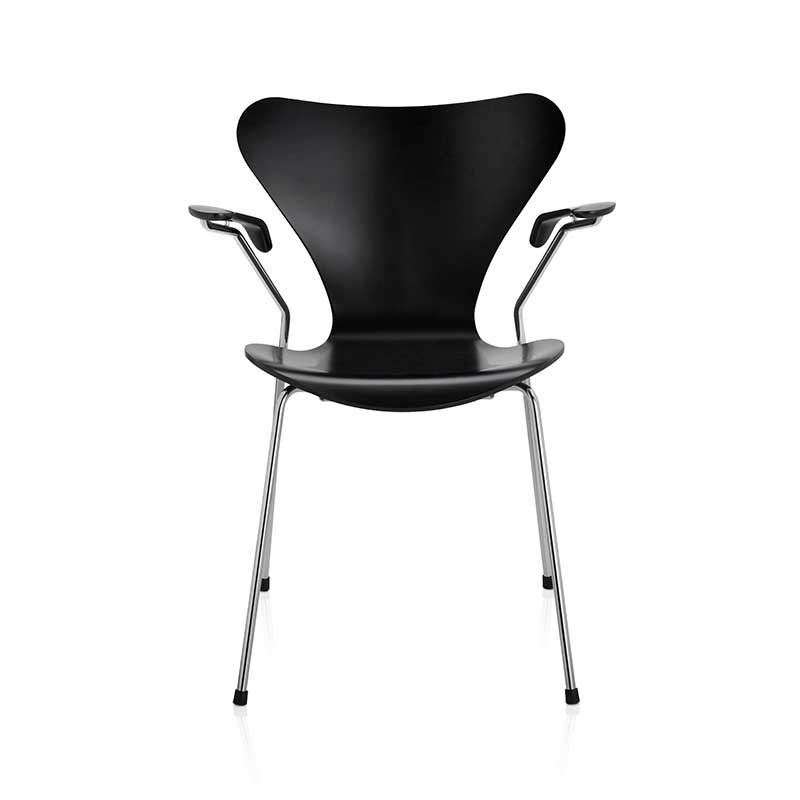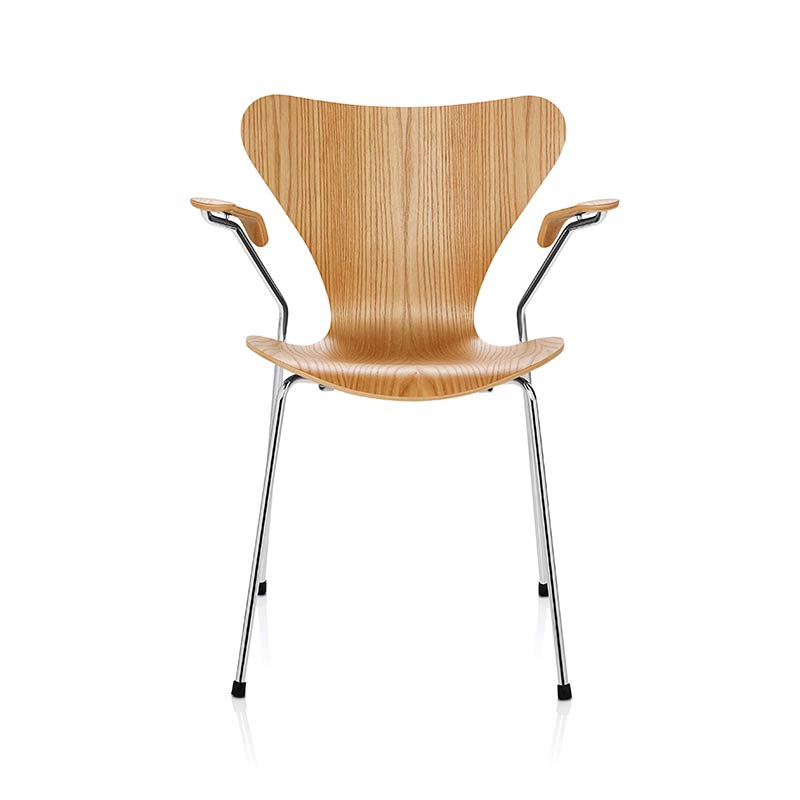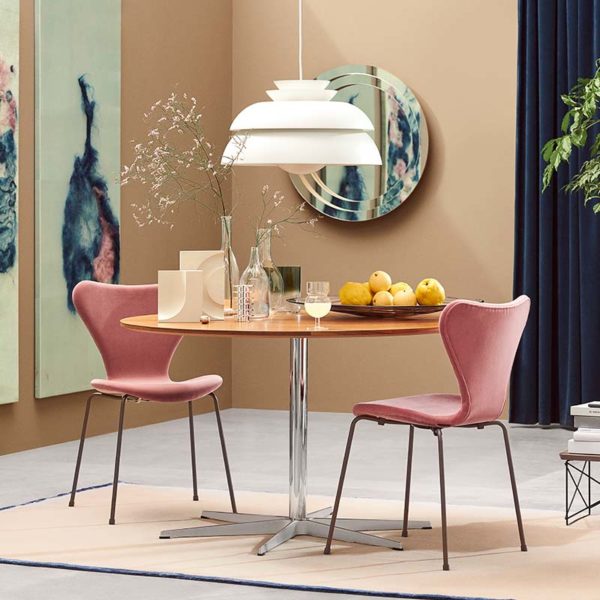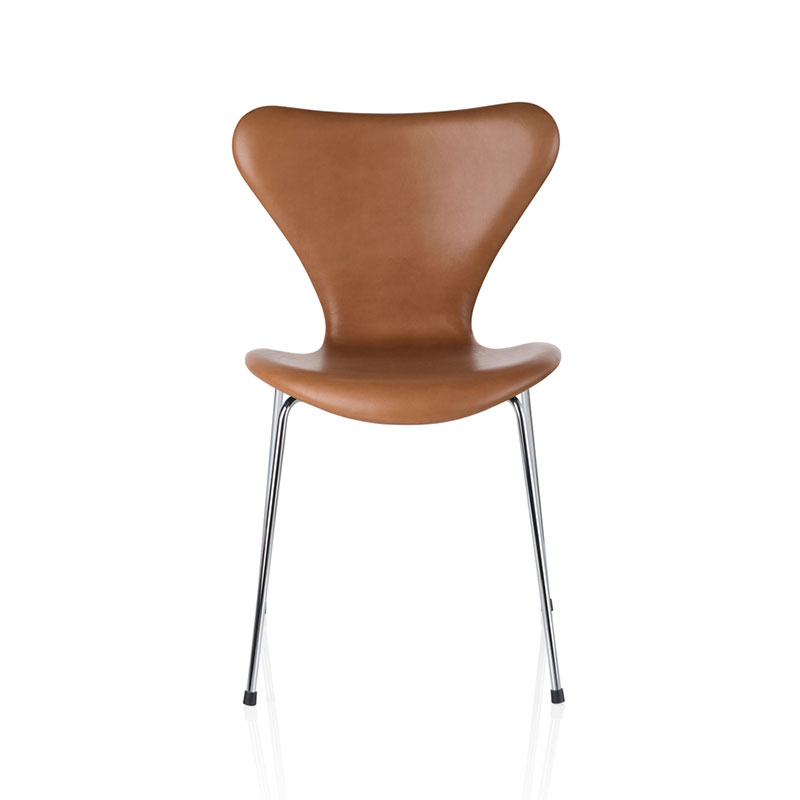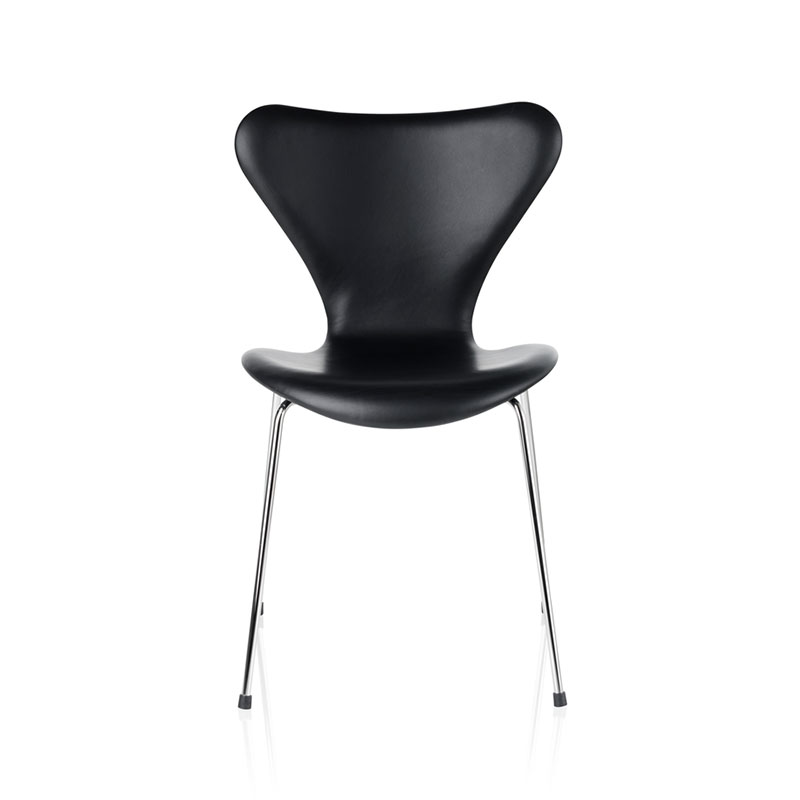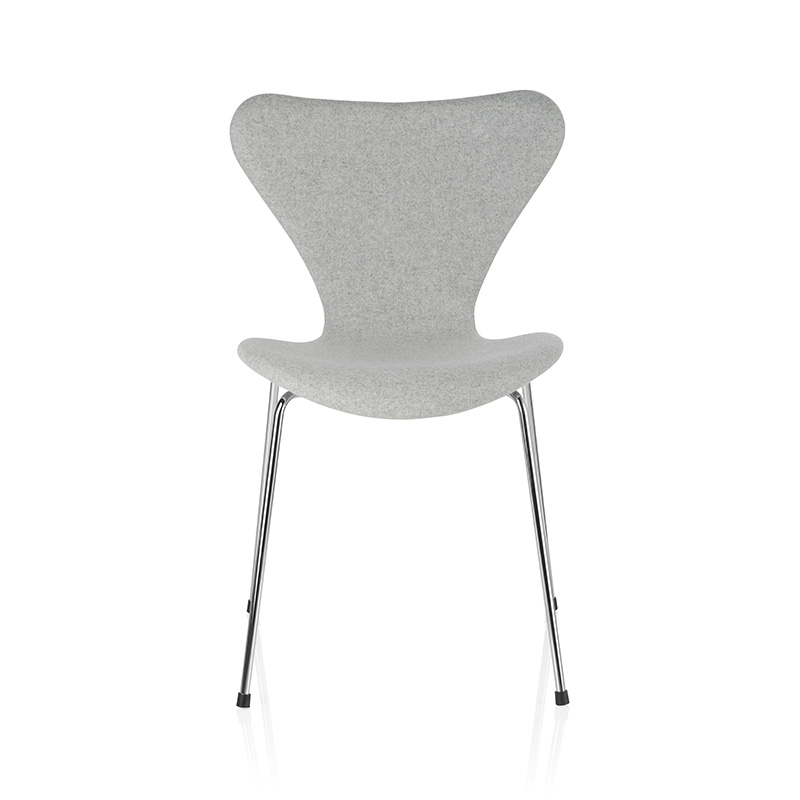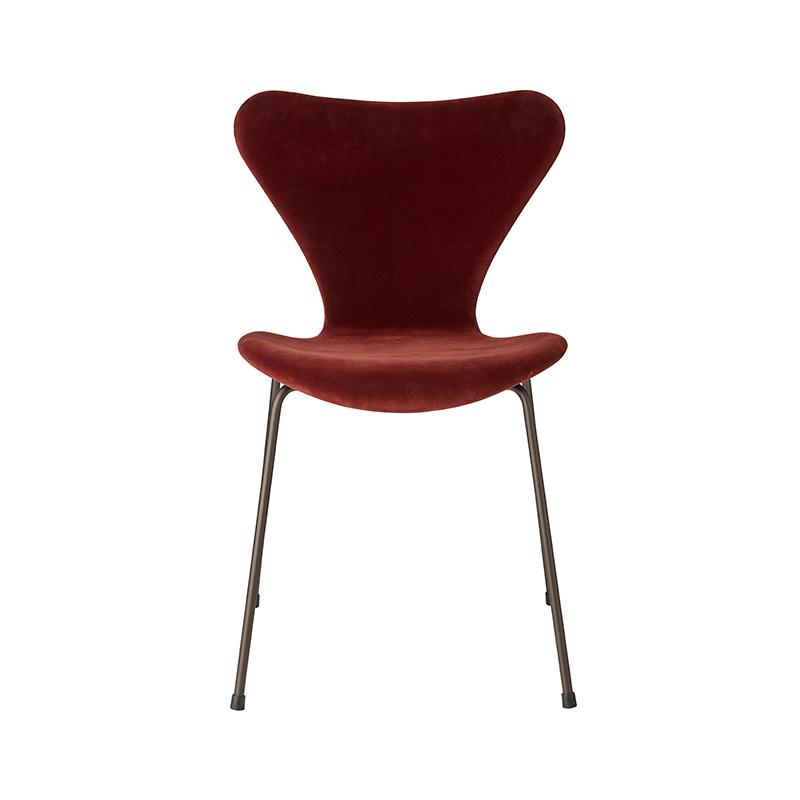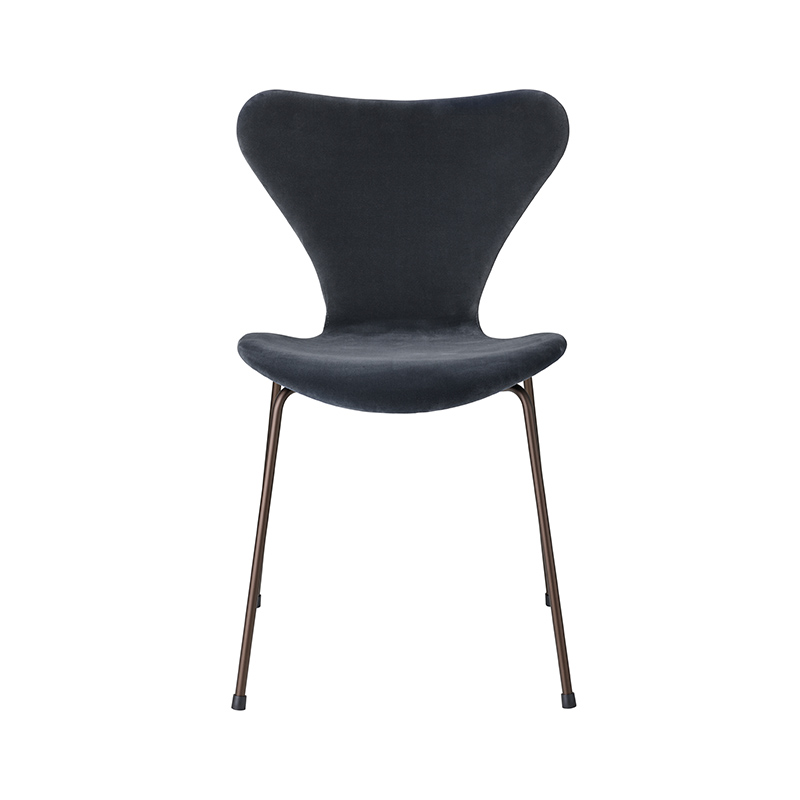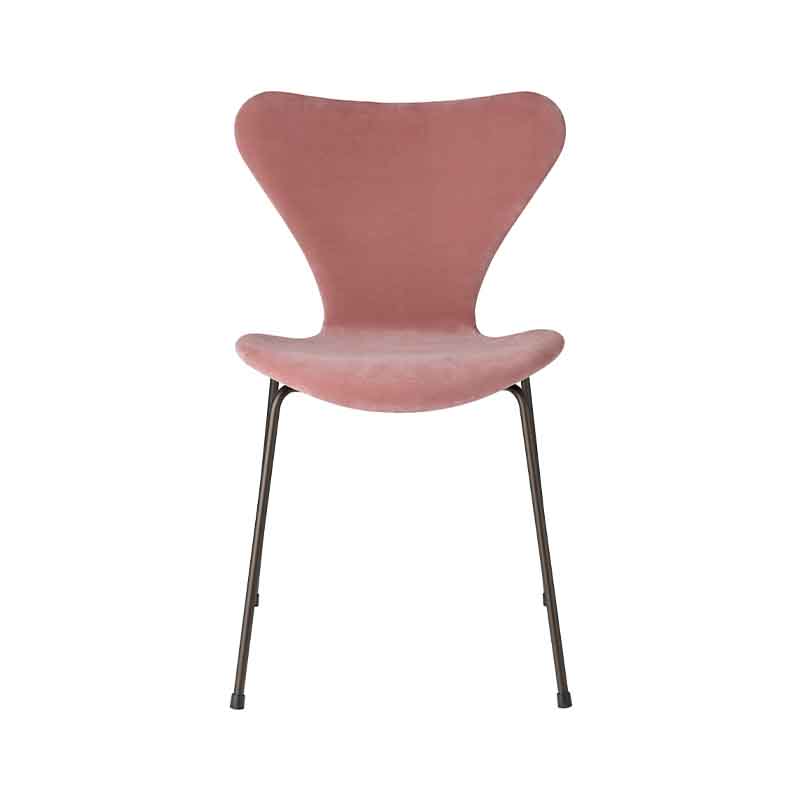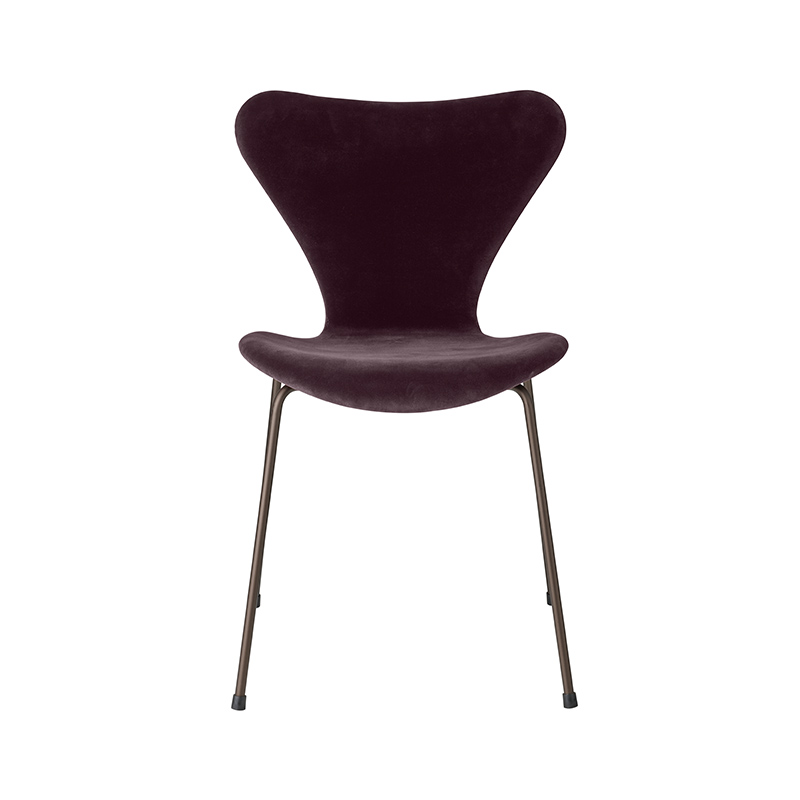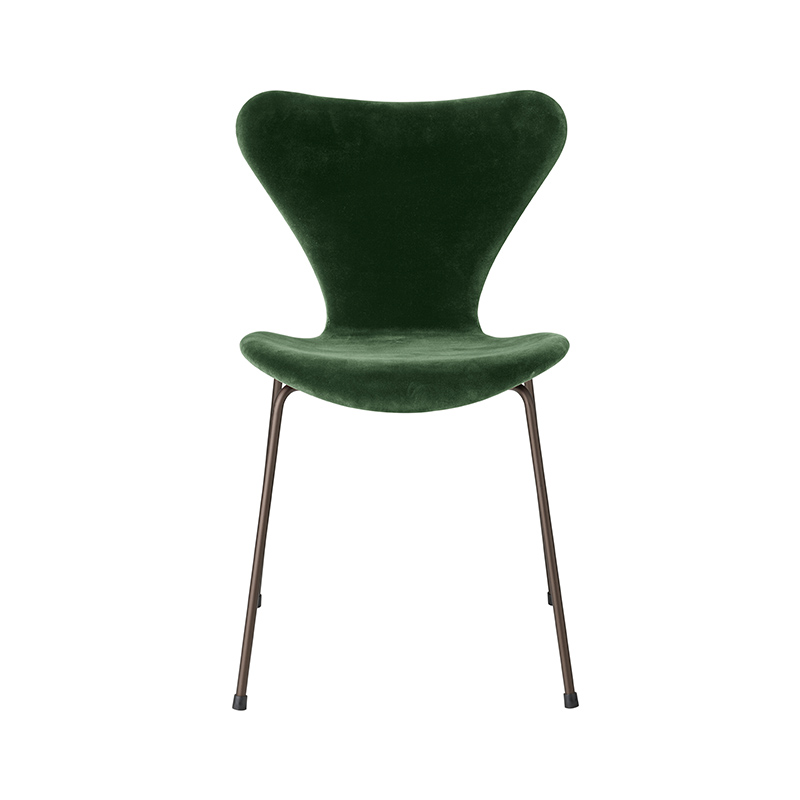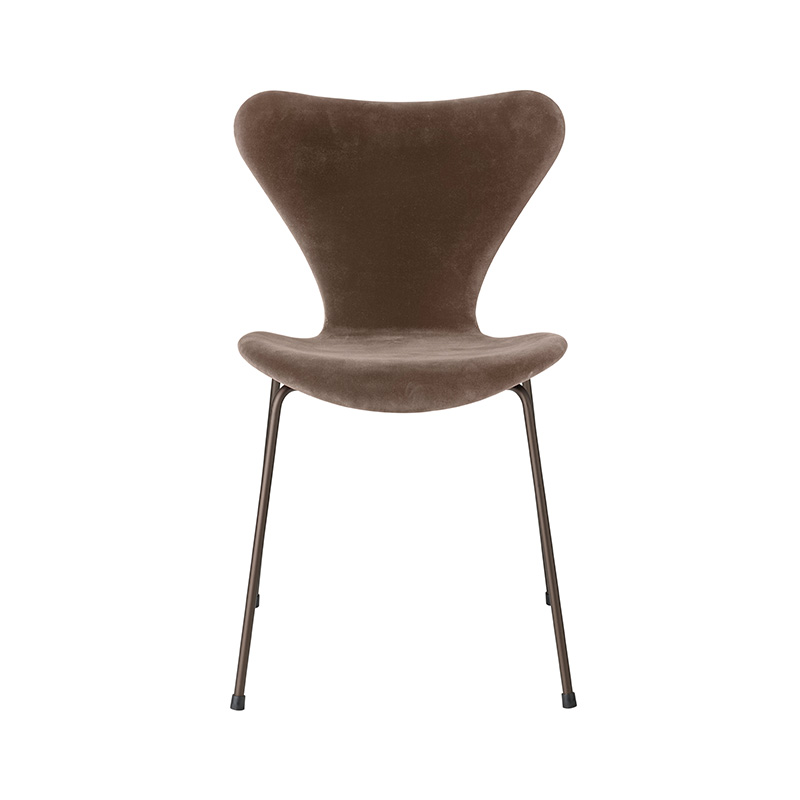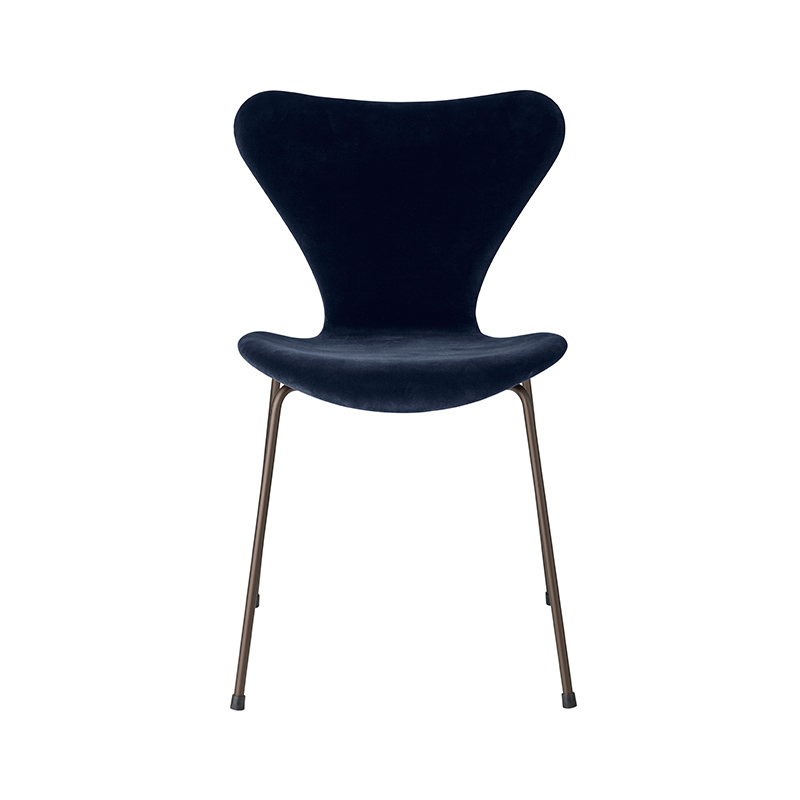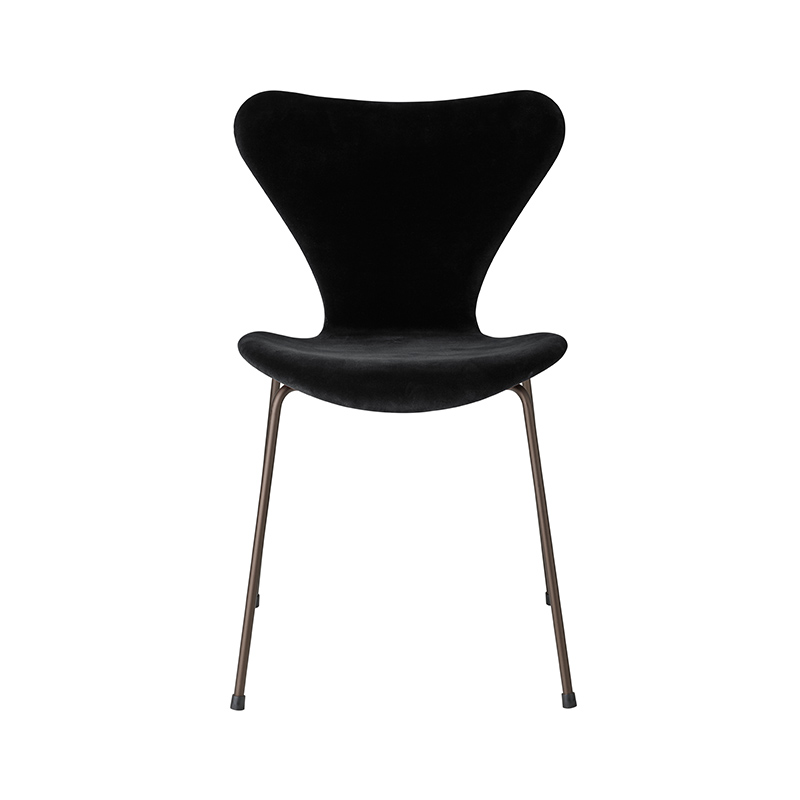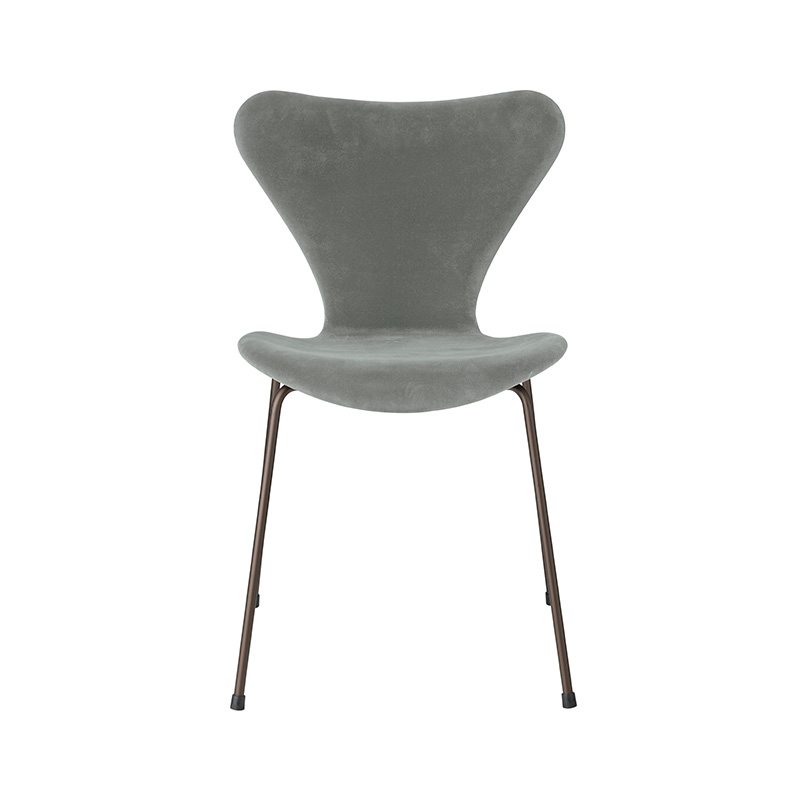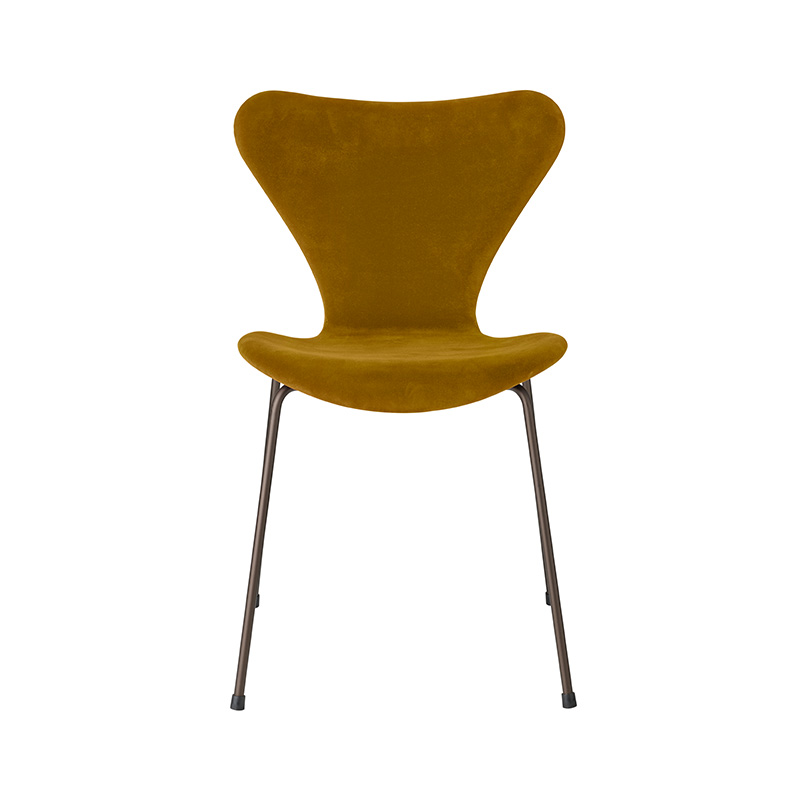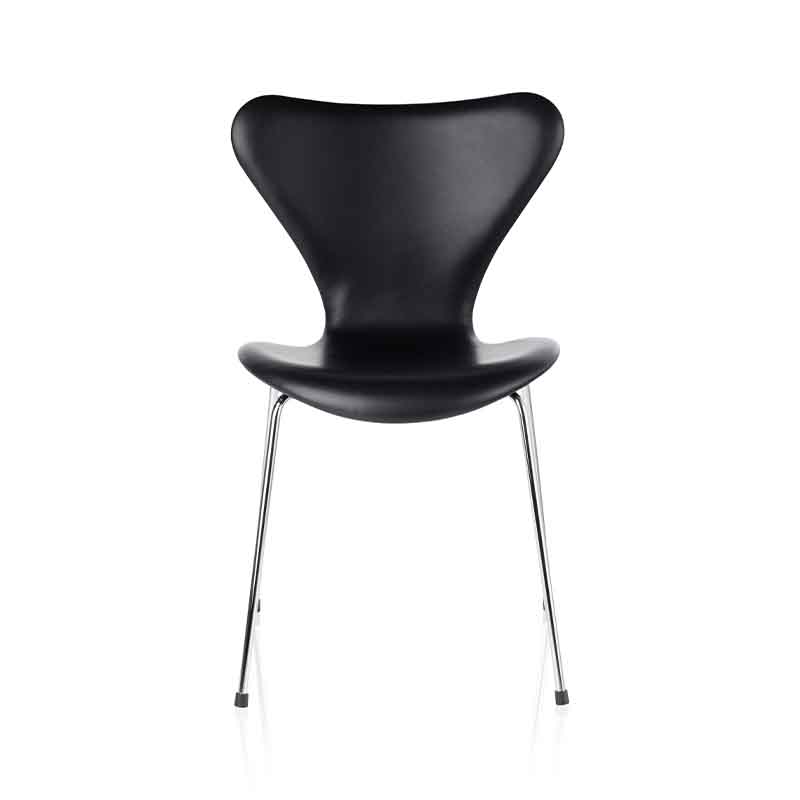The Comprehensive Guide to Danish Furniture Design: Origins, Evolution, and Masterpieces
Table of Contents
- What is Danish Design ?
- The Core Principles of Danish Design: Simplicity, Sustainability, and Craftsmanship
- Iconic Danish Furniture Pieces: Timeless Designs That Define an Era
- Famous Danish Designers and Their Contributions: Masters of Modernism
- The Evolution and Global Influence of Danish Design Beyond Furniture
- Identifying and Caring for Danish Design Furniture
- Danish Facts Vs Myths
- Celebrating the Legacy and Future of Danish Design
What is Danish Design?
Denmark’s Cultural Influence
As I contemplate Danish design, I find myself captivated by its profound impact across various so many industries. Denmark’s designs are celebrated worldwide. Chiefly for their harmonious blend of simplicity, utility and beauty. Spanning from furniture and architecture to fashion, and jewellery. The ethos of Danish design is deeply rooted in nature and sustainability. It has rightfully placed Danish designers at the pinnacle of the global design stage. Despite its modest size, Denmark has a history of making a significant cultural impact. Of course, this is a trait that harks back to the Viking era.
In our breakdown of Danish furniture design, we’ll uncover the core elements that define this distinct design style. We’ll also meet some of the most influential Danish designers, architects, and artists. These visionaries have shaped the aesthetic of Danish design forever. Not only this but they have also left an indelible mark on the global design landscape.
Danish Design on the World Stage
Emerging in the 1940s and 1950s, Danish design found synergy with the clean lines of International Style architecture. Its light, uncluttered style quickly captured the global imagination. Further making Danish chairs, lamps, and textiles highly sought after. It is widely acknowledged that this era led to the rapid changes seen in design at the time, styles such as Mid-Century Modern. What exactly is Mid-Century Modern you ask? Well, Mid-Century Modern, or MCM as it’s often abbreviated, emerged as a new interior design trend in the 1950s. It’s a style that draws heavily from the iconic designs of the mid-20th century. Think of the works of Arne Vodder, Charles Eames, Arne Jacobsen, and Eero Saarinen. These are the luminaries who shaped this style. We’ll get into this more later…
The Values of Scandinavian Style
Mid-century Danish design pieces, now considered works of art, command high prices at auctions. Interesting that it has gone from functional items to collectable art. This modern-day evolution of Danish design showcases its enduring appeal and adaptability. Whilst Mid-Century Modern design is similar to Scandi design, there is some distinction.
Now, Mid-Century Modern interiors favour bold colours, patterns, and prints. It’s a style that embraces openness, with floor plans that are uncluttered and glass aplenty. This abundance of natural light is key. It allows these vibrant colours to truly shine in the space.
On the flip side, we have Scandi-style interiors. These are slightly different. They typically feature more muted tones. Imagine walls bathed in pure white, sand-coloured hues, or light grey. It’s a palette that’s soothing and understated and draws more from nature than MCM.
So, what sets Mid-Century Modern apart from Scandinavian style? It’s quite simple. Scandinavian style leans heavily on natural materials and light, neutral colours. Mid-Century Modern, however, is a bit more adventurous. It incorporates a wider range of materials and isn’t shy about using vibrant colours.
The Core Principles of Danish Design: Simplicity, Sustainability, and Craftsmanship
Simplicity Meets Functionality
In Danish design, there’s a profound reason behind the minimalist ethos. It’s not just about looks. The focus is on enhancing daily life. As a result, the furniture is both beautiful and practical. The hallmark of this design is its functional simplicity. This is why each piece is crafted to be as practical as it is visually appealing. Again, Scandi design is about more than just creating serene spaces. It’s about improving our quality of life. By focusing on the essentials, Danish design brings calm and order into our homes.
Embracing Nature and Sustainability
At the heart of Danish design lies a deep respect for nature. This is seen in the use of sustainable, certified materials like teak and oak. But the commitment goes beyond just material selection. The entire philosophy of Danish design is steeped in eco-friendliness. It’s about creating durable and environmentally conscious products. The craftsmanship in Danish furniture reflects this commitment. It’s characterised by precision and careful attention to detail. This approach isn’t just about making furniture. It is also about honouring natural materials and the art of furniture making. Each piece is a tribute to the beauty of nature, crafted with care and respect for our environment.
Universal Appeal and Visual Language
Why does Danish design resonate globally? Well, it’s all about the perfect blend of form and function. Not only this, but the visual language of Danish design is very different to others. It is taken for granted now but the clean lines and organic forms originated in Danish Design. These features were just not commonly seen before the 1900’s. Hence this style appeals to a broad audience now. The universal appeal of Danish design is significant. Of course, because these qualities allow it to blend seamlessly into diverse interior styles. It cements Danish design as a timeless and globally admired philosophy.
Iconic Danish Furniture Pieces: Timeless Designs That Define an Era
The Wishbone Chair by Hans Wegner: A Testament to Danish Craftsmanship
The CH24, famously known as the Wishbone Chair, stands as a pillar of Danish design. Its inspiration comes from the Ming dynasty. The chair’s Y-shaped back and steam-bent wood are a nod to this influence. They showcase Wegner’s deep respect for natural materials. This chair is more than just a piece of furniture. It exemplifies the quintessential blend of form and function. This blend is at the heart of Danish design.
The Ant Chair by Arne Jacobsen: A Symbol of Global Influence
The Ant Chair by Arne Jacobsen is a standout in the world of Danish design. Its sleek form is instantly recognisable. The chair’s ergonomic design has made it a favourite in offices and public spaces around the globe. Jacobsen’s creations are more than just chairs. It’s a testament to the global influence and enduring popularity of Danish design.
The VP Globe Pendant Innovation in Lighting Design
The VP Globe pendant is a marvel in Danish design. Designed by Verner Panton, this pendant is more than just a light fixture. It’s a unifying element in any space. Its design is futuristic, with a clear acrylic sphere and vibrant colour splashes. Panton’s work stands out in Danish design for a reason. He had a unique vision of how lighting should interact with space. This pendant is a perfect example. It’s ideal for hallways or as a statement piece. Panton’s influence on Danish design is profound. He redefined how we think about lighting and space.
Famous Danish Designers and Their Contributions: Masters of Modernism
Arne Jacobsen: The Modernist Visionary
Arne Jacobsen is perhaps the most famous Danish designer. His holistic approach, seen in projects like the SAS Royal Hotel, created harmonious spaces where every detail was considered. Jacobsen’s work, characterised by simple, iconic forms, advanced the marriage of aesthetics and function. He also significantly shaped Danish design’s global reputation with his modernist chairs like The Swan and The Egg. Arne Jacobsen revolutionised Danish design by blending architecture with interior design.
Hans J. Wegner: The Chair King
Hans J. Wegner, a Danish design icon and proclaimed “King of Chairs“. He transformed traditional craftsmanship into modern masterpieces. His work, emphasising “Organic Functionality”, brought Danish design global fame in the 1950s. Wegner’s timeless creations, like the CH24 Wishbone Chair, have made him a cornerstone of Danish design history.
Børge Mogensen: Function First
Børge Mogensen is a key figure in Danish Modern design. His philosophy of making furniture that serves people, not the other way kept the movement relevant. As a result, his furniture is durable and always functional. His vision was to craft pieces that enriched everyday life. Corresponding perfectly with the general ethos of Scandi Design. Mogensen’s collaboration with Fredericia and Andreas Graversen led to iconic designs like ‘The Spanish Chair‘ and the J39, ‘The People’s Chair‘. His work significantly contributed to Denmark’s reputation in furniture design.
Poul Kjærholm: The Material Master
Poul Kjærholm, a Danish designer, was known for his innovative use of steel in furniture design. Starting as a cabinetmaker’s apprentice, Kjærholm’s journey led him to international acclaim, notably with his PK22 chair. His work, blending steel with materials like wood and leather, redefined furniture aesthetics. Kjærholm’s designs, seen as artistic explorations of form and space, earned him a place in major museums. His approach, often termed as “furniture architecture,” showcased his belief in steel’s artistic value, paralleling traditional materials like wood and leather.
Verner Panton: The Futurist Designer
Verner Panton is celebrated for his futuristic, biomorphic furniture and lighting designs. His Panton chair, a single-form injection-moulded plastic chair, is a design milestone. And, if you like this, be sure to check out the VP Globe too! Typically Panton’s work features organic shapes and a bold approach to colour. Consequently, he played a crucial role in shaping 20th-century Danish design.
The Evolution and Global Influence of Danish Design Beyond Furniture
The Sydney Opera House: A Danish Architectural Marvel
A landmark in Danish architectural design, the Sydney Opera House by Jorn Utzon, exemplifies the global impact of Danish creativity. Its innovative use of concrete shells marked a significant architectural achievement.
The New Wave of Danish Architects
Contemporary Danish architects like Bjarke Ingels and his BIG Group continue to push boundaries with projects like Amager Bakke. Their work reflects the ongoing evolution and influence of Danish design.
The Global Reach of Scandinavian Design
Scandinavian design from Denmark has achieved global success in architecture thanks to its unbiased style. Not only this, but it as we’ve already mentioned it prioritises function, simplicity, and harmonious integration of natural elements. This approach resonates universally. Furthermore, it offers serene, practical spaces that blend tradition with modernity. And, this is appealing to a broad spectrum of cultural and architectural preferences worldwide.
Identifying and Caring for Danish Design Furniture
In Danish furniture and design, we commonly see high-quality woods like walnut, elm, oak, and teak. Teak especially, known for its resilience and moisture resistance, has been a mainstay for decades. Scandinavian Modern designs often feature veneer surfaces over plywood. Or, framed and edged with solid wood, reflecting traditional wooden furniture’s style and appeal.
How to Identifying Authentic Danish Furniture
To spot authentic Danish furniture, I closely inspect the craftsmanship. Properly fitted webbing with dowel joints, and dovetail joins, signal true skill. I avoid pieces with protruding screws, nails, or glue, as they suggest inauthenticity. Authentic Danish pieces often feature rich wood tones and organic textures. Also, sometimes, they bear a maker’s mark. Or, even the designer’s signature, or serial number, often found underneath or inside the furniture. This attention to detail and quality is key in identifying genuine Danish design.
Maintenance and Preservation of Danish Design
Maintaining Danish wood furniture is straightforward. For soap-treated wood, I regularly apply a soap solution to keep it looking natural and protect it from stains. With oil-treated wood, I use a soft cloth and warm water for cleaning, avoiding chemicals, and oil it regularly. For lacquered wood, I avoid DIY retreating and consult a professional for any major scratches. Caring for Danish furniture involves regular maintenance while respecting the natural materials used. This ensures the longevity and beauty of the pieces are preserved.
Danish Facts Vs Myths
Myth 1: Danish Furniture is Only for Minimalist Interiors
Fact: While Danish furniture is renowned for its clean lines and simplicity, it is incredibly adaptable. For this reason, it can complement a range of interior styles. From traditional to contemporary, Danish pieces can add elegance and functionality to any space.
Myth 2: All Danish Furniture Looks the Same
Fact: Whilst Danish furniture design is incredibly diverse, it shares a lot of common principles. As mentioned, designers like Arne Jacobsen, Hans Wegner, and Verner Panton have created a wide array of unique pieces, each with its own distinctive style and character.
Myth 3: Danish Design is Just a Trend
Fact: Danish design is more than a fleeting trend; it’s a timeless design philosophy that has influenced the furniture industry for decades. Its core principles ensure its continued relevance and appeal.
Myth 4: Danish Furniture is Not Comfortable
Fact: Comfort is a key component of Danish furniture design. Designers place a strong emphasis on ergonomics. This results in the pieces being pleasing but also providing comfort and support.
Myth 5: Authentic Danish Furniture is Always Expensive
Fact: While some iconic Danish furniture pieces can be investment pieces, there is a wide range of Danish design furniture available at various price points. The focus on quality and craftsmanship means that even more affordable options are generally well-made. Consider the average wood dining chair from Ikea costs around £100 and a CH24 Wishbone Chair around £450. Ikea chairs are lucky to last ten years. Whereas, the CH24 Chairs commonly last many, many times and are often seen in Danish Furniture auctions.
Celebrating the Legacy and Future of Danish Design
The Timeless Legacy of Danish Design
Danish design, was propelled onto the global stage during the mid-century era. It has profoundly influenced design trends, architecture, and everyday living. Its core principles of simplicity, functionality, and craftsmanship resonate worldwide. This has further cemented its permanence as a symbol of beauty and practicality. Evident in modern interiors and architecture, it inspires designers and homeowners alike.
The Future of Danish Design
Looking ahead, the future of Danish design remains bright and promising. As design trends evolve and technology advances, Danish designers are poised to adapt and innovate. They are ready to integrate new techniques while staying true to the core values of sustainability, quality, and user-centric design. This commitment positions Danish design as a driving force in shaping future design practices. Its legacy, transcending temporal trends, continues to maintain relevance across generations. Danish design’s philosophy, championing the harmonious integration of form and function, simplicity, and sustainability, continues to inspire and influence designers worldwide, shaping their creative processes and design approaches.
< Back to all articles